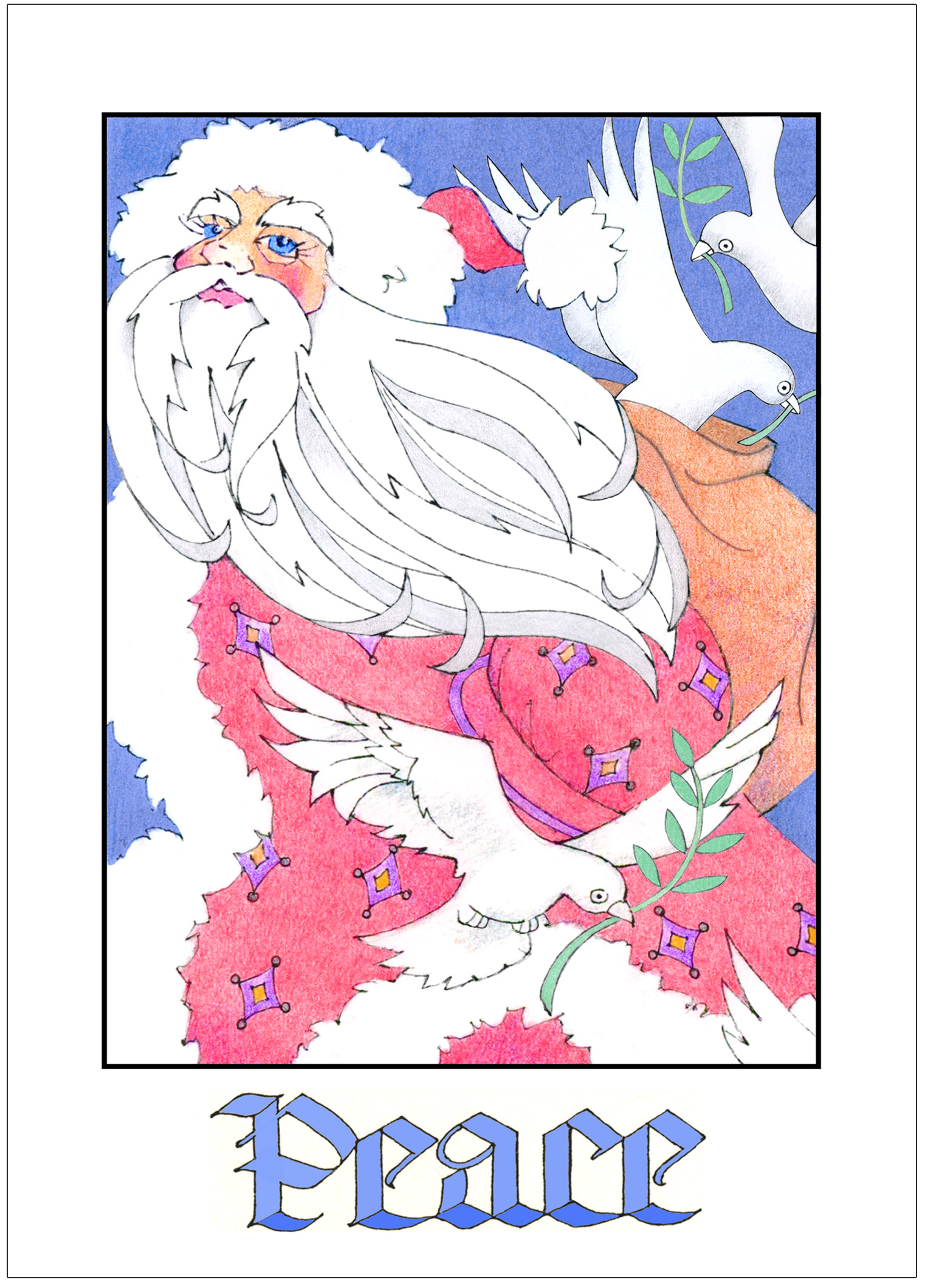MY ART MONTAGE
MY ART MONTAGE



When I was nine, my parents thought it was time for my brother Doug and me to have our own rooms. My parents stripped off the old yellow-flowered wallpaper in the room Doug and I had shared, and Mom set about turning it into the dream bedroom she’d never had as a child. Among other things, she bought a vanity with a mirror top, as well as a triptycal standing mirror that you could adjust to see yourself from various angles. I was too young to wear make-up, so instead I used the tryptical mirror to draw myself when I was home sick and bored—and though I hated my freckles, I felt obliged to draw exactly what I saw. Eventually I went on to draw portraits of friends and family too. The self-portrait below I sketched when I was ten.
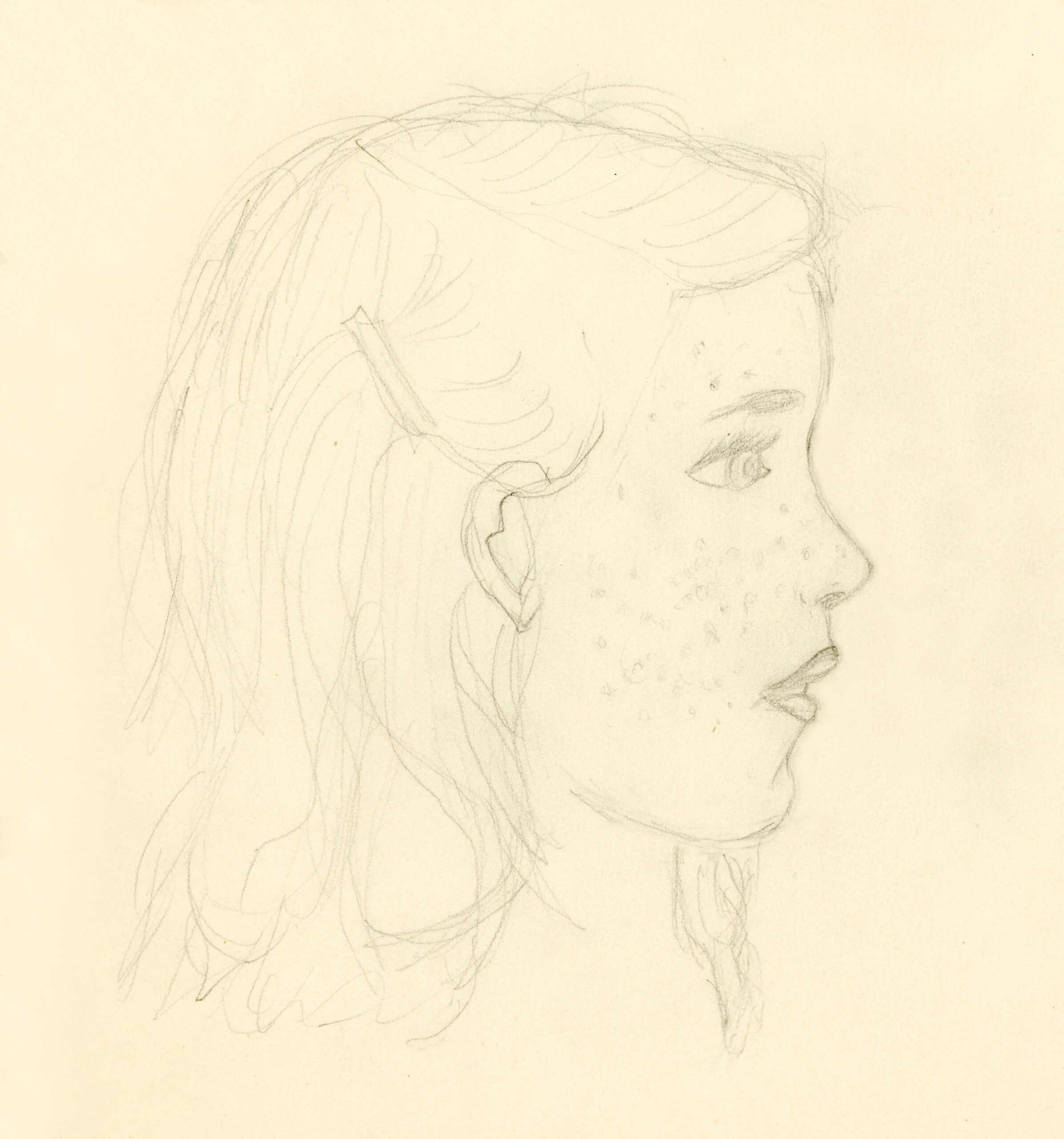
Below is a drawing of Thayer, son of Davona and Lou, who bought the duplex on Raymond Ave. where I’d spent the happiest years of my childhood. I made this rough sketch in the spring before they evicted us. I mention this because it’s the last portrait I would draw from life.
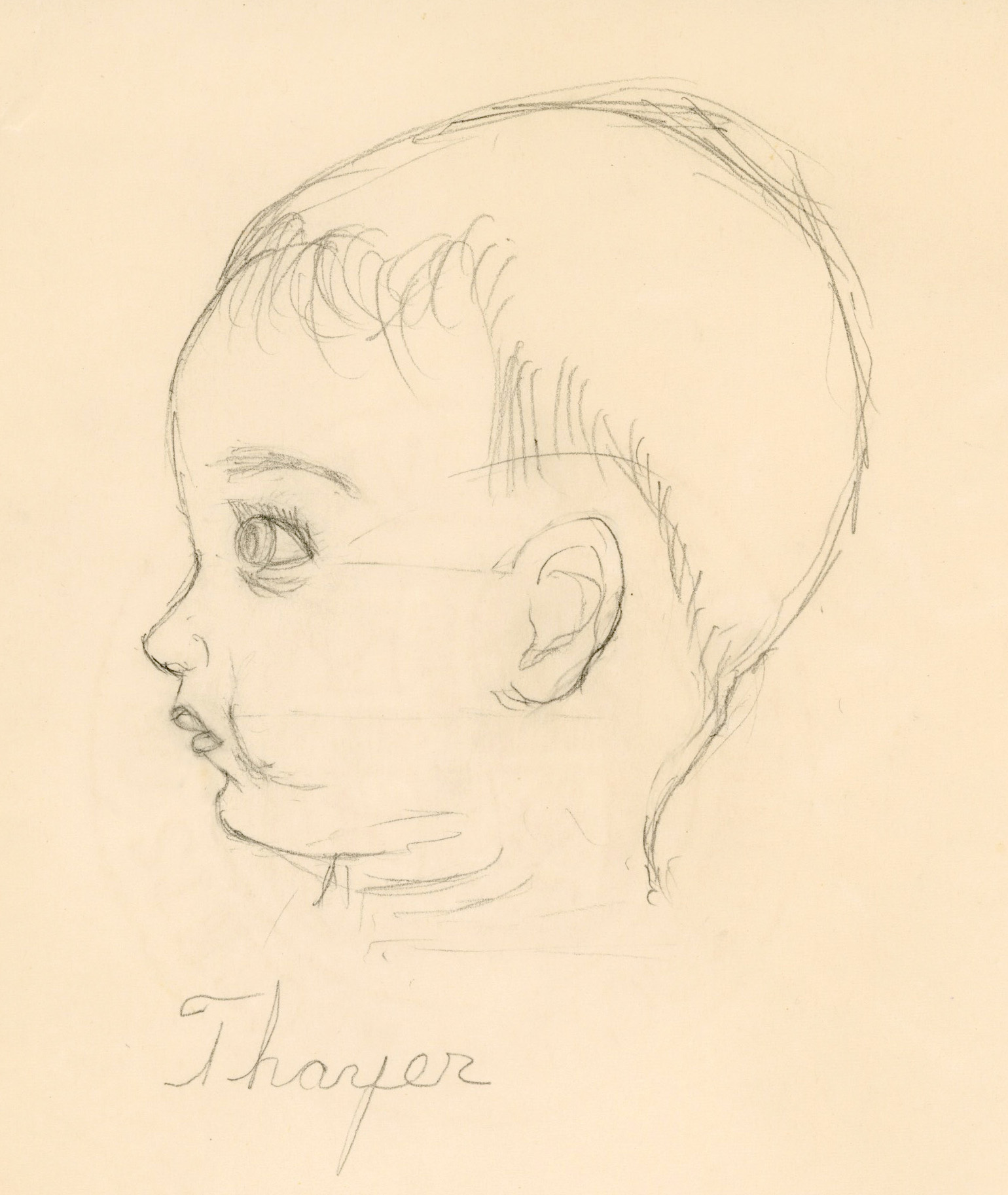
From then on I would feel like an outcast, especially when I went back to sixth grade in the fall, having, literally, been cast out—of the gifted group that went on to Miss Oman’s class, a circumstance that left me believing that I wasn’t smart. This was also the year my parents went through an acrimonious divorce. The following year my mother was diagnosed with cancer. The year after that, she moved my brother and me to California where, after suffering an emotional breakdown, she became abusive, while my father, back in Minnesota, took to his bed, now a semi-invalid. Through all this turmoil, I developed social anxiety disorder and wound up so anxiety-ridden that I tried to become invisible, hiding at the back of my classrooms in school to avoid ever being called on. At the same time, I studied assiduously, earning high grades, because I knew it was what my parents—especially my brilliant father—expected of me.
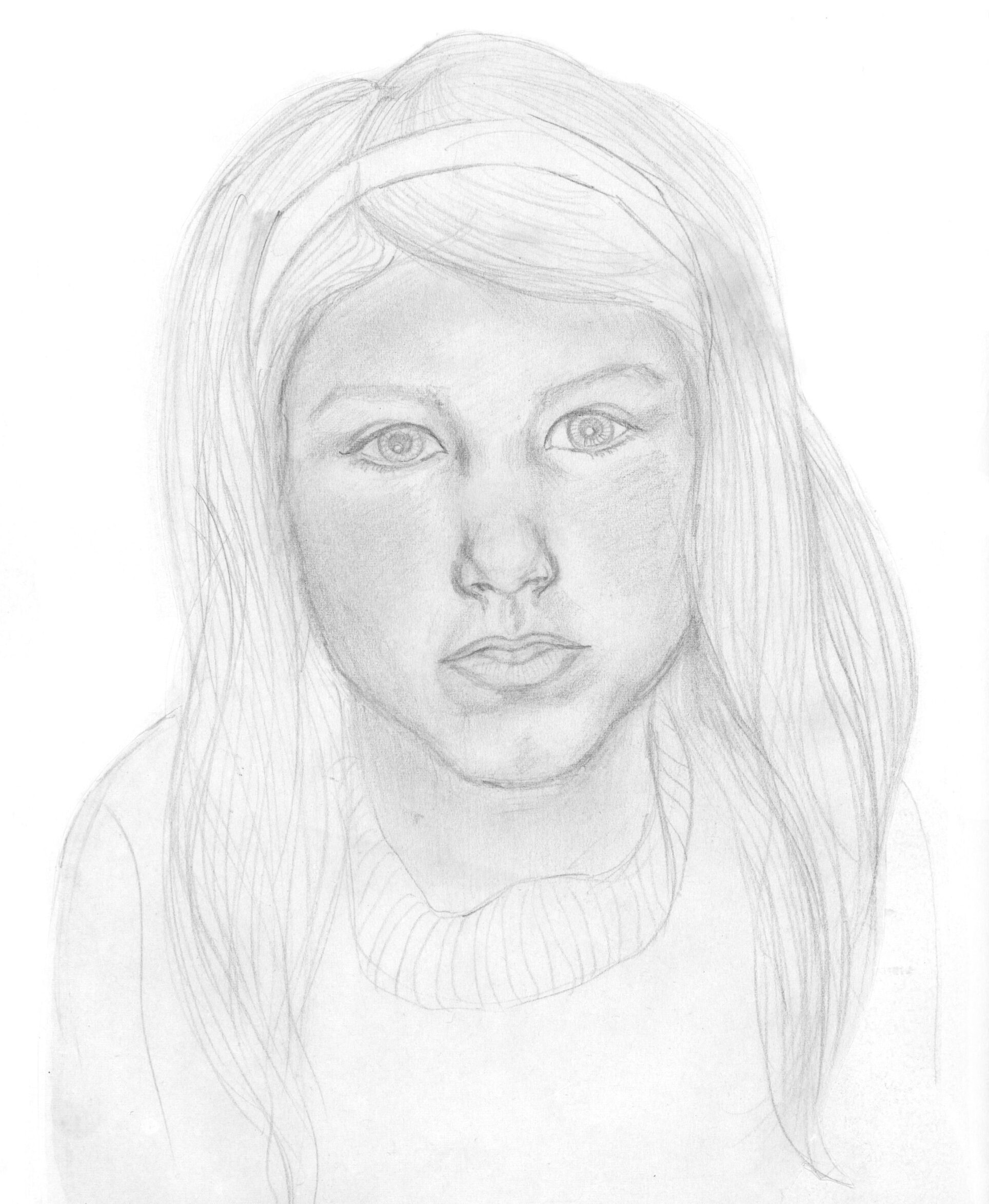
I should also mention that my senior year of high school, I took a sculpture class. Among other things, I made plasticine busts of two boys in my class (plasticine is an oily clay), and after gluing together four by fours, chiseled an abstract figure that was all planes out of wood. I remember my teacher, Mr. Costarella, telling me one day that I could earn my living doing busts if I was interested in pursuing it as a profession—a compliment I appreciated even though that wasn’t an ambition of mine. The morning of the awards ceremony that semester at Berkeley High, I had a dental appointment, after which I lingered in nearby Hinks Department Store so I wouldn’t have to walk across the stage to receive the best artist award. I didn’t want to be the center of all eyes, even for a moment. And, too, I felt like an imposter—that I didn’t deserve the award because I didn’t know how to paint.
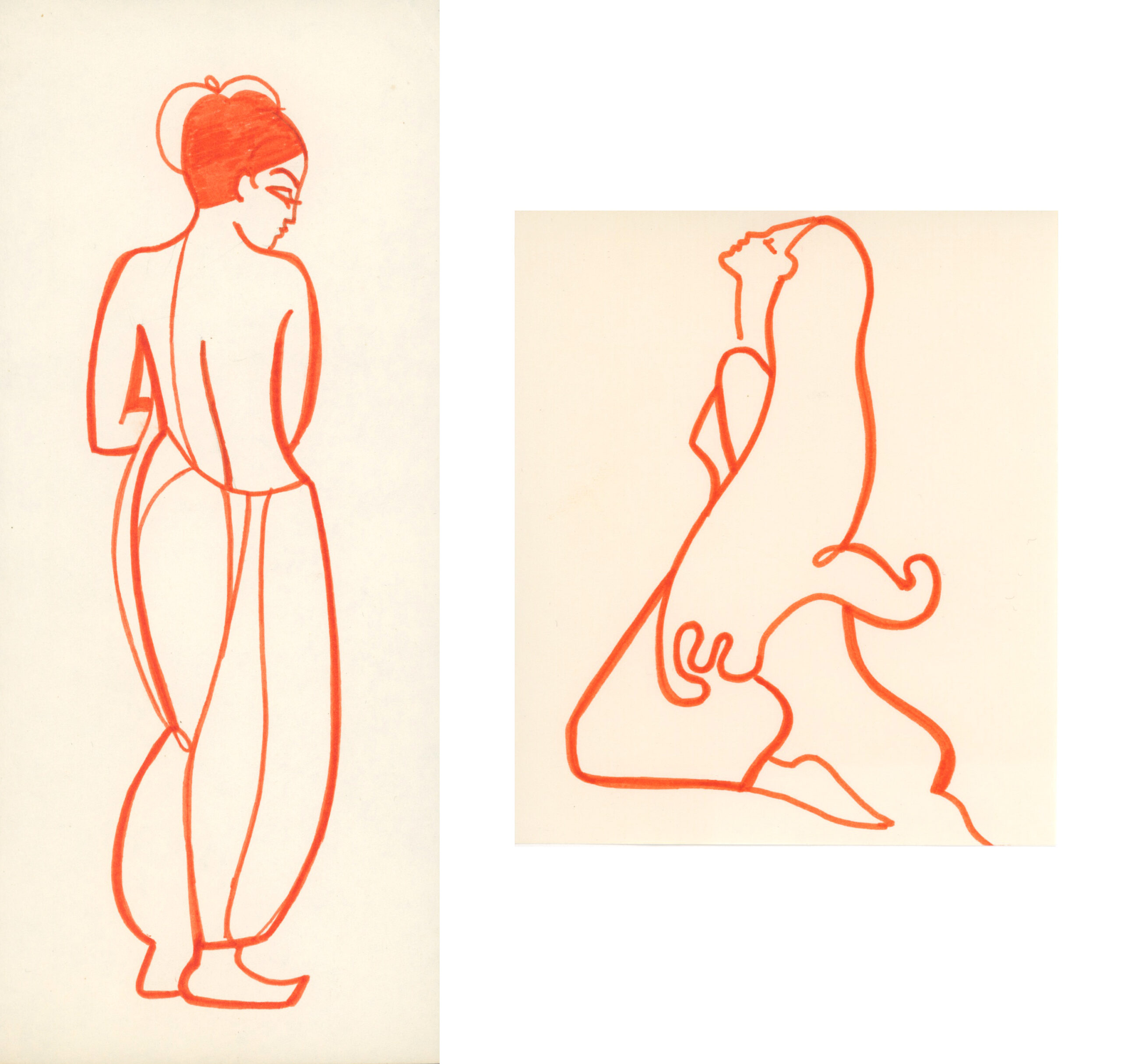
Towards the end of my senior year of college, I’d started drawing again—stylized figures with felt markers. Sometimes I got so absorbed I couldn’t tear myself away and I’d miss my classes. Once again I was miserable in school, so unhappy that, in the end, I couldn’t face going a fifth year for a teaching credential.
So when I cast around in my mind for a job that would leave me blocks of free time in which to develop my creative abilities, being a stewardess seemed to fill the bill as well as any. After training in Miami, I was based in Los Angeles.
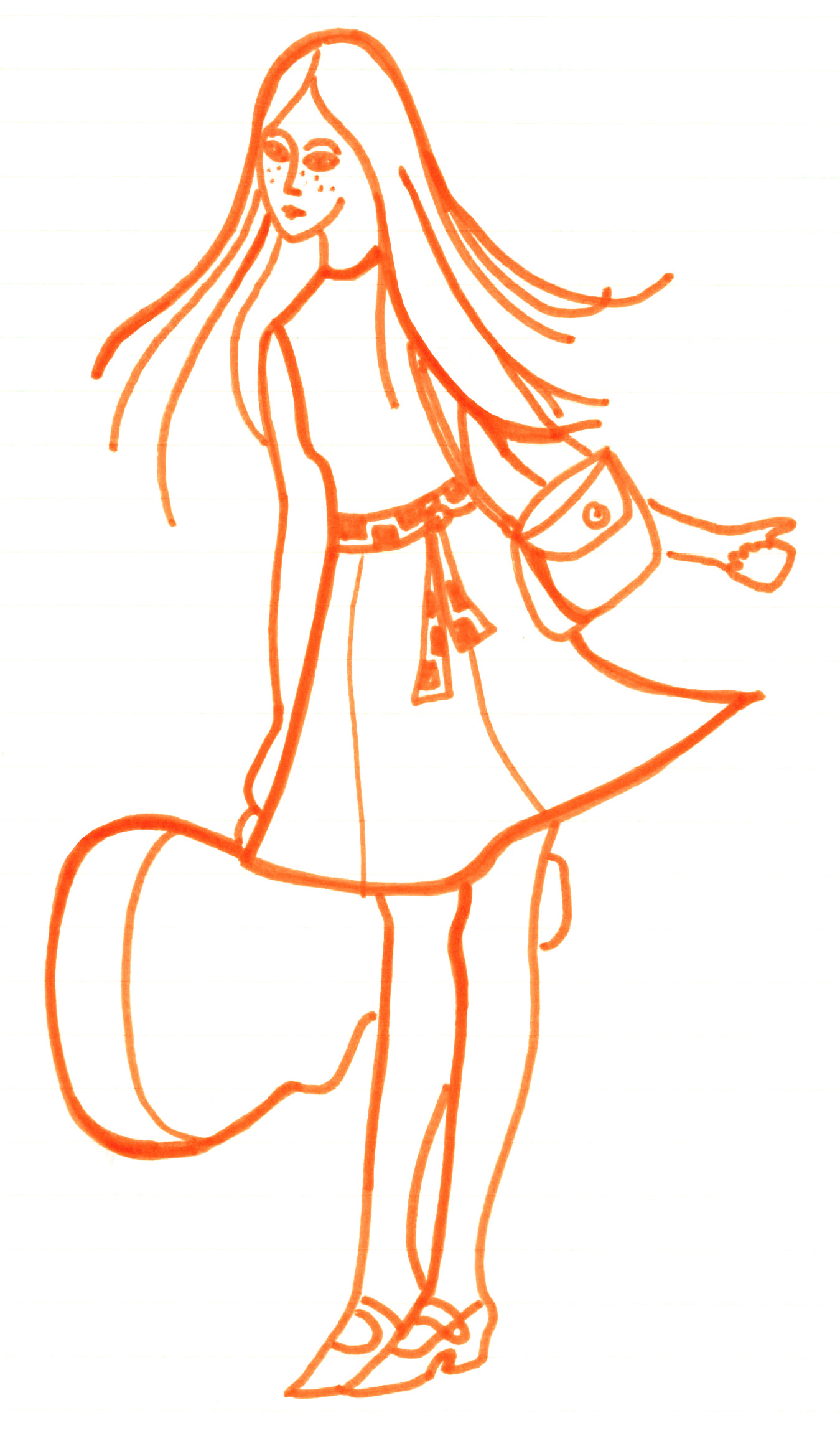
The month I was TACA, I got out a felt pen and started to draw dress designs. I’d always loved clothes and, as a teenager, had made many of my own. Now, seized by the notion that maybe I could design clothes as a sideline, I worked ferociously, and by the end of the month, I’d created a line of two dozen outfits. The times I was called to fly, I found it emotionally wrenching to have to leave my project; I felt I was being painfully ripped away from the kind of work I was meant to do.
At a union meeting, the junior stewardesses were told not to let Operations bully us—that is, coerce us into flying the same day when we were TACA. So, at the end of the month, when Operations phoned and said they needed me for a flight that same afternoon, I said no. Five minutes later I got a call from my irate supervisor, telling me I was suspended.
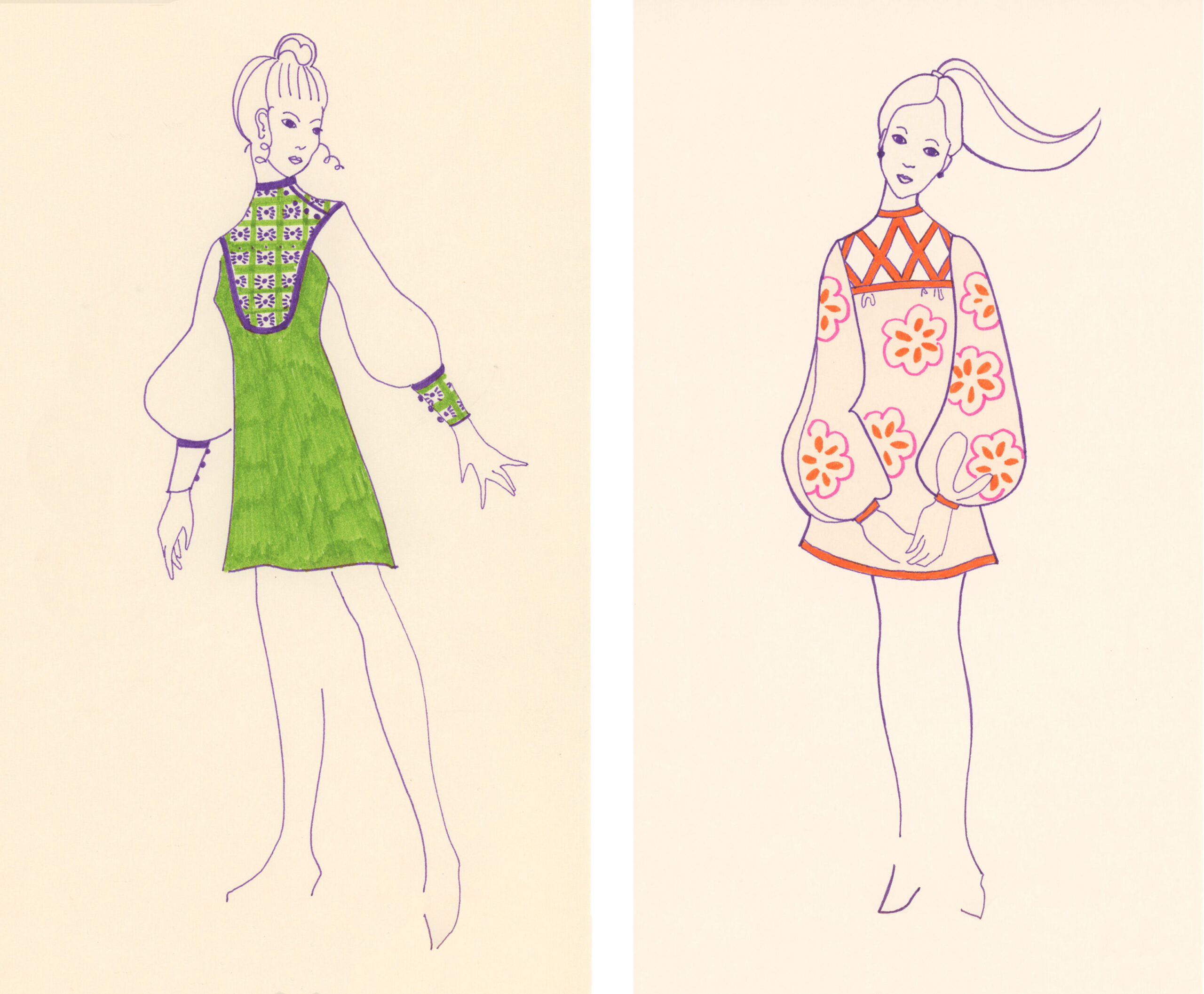

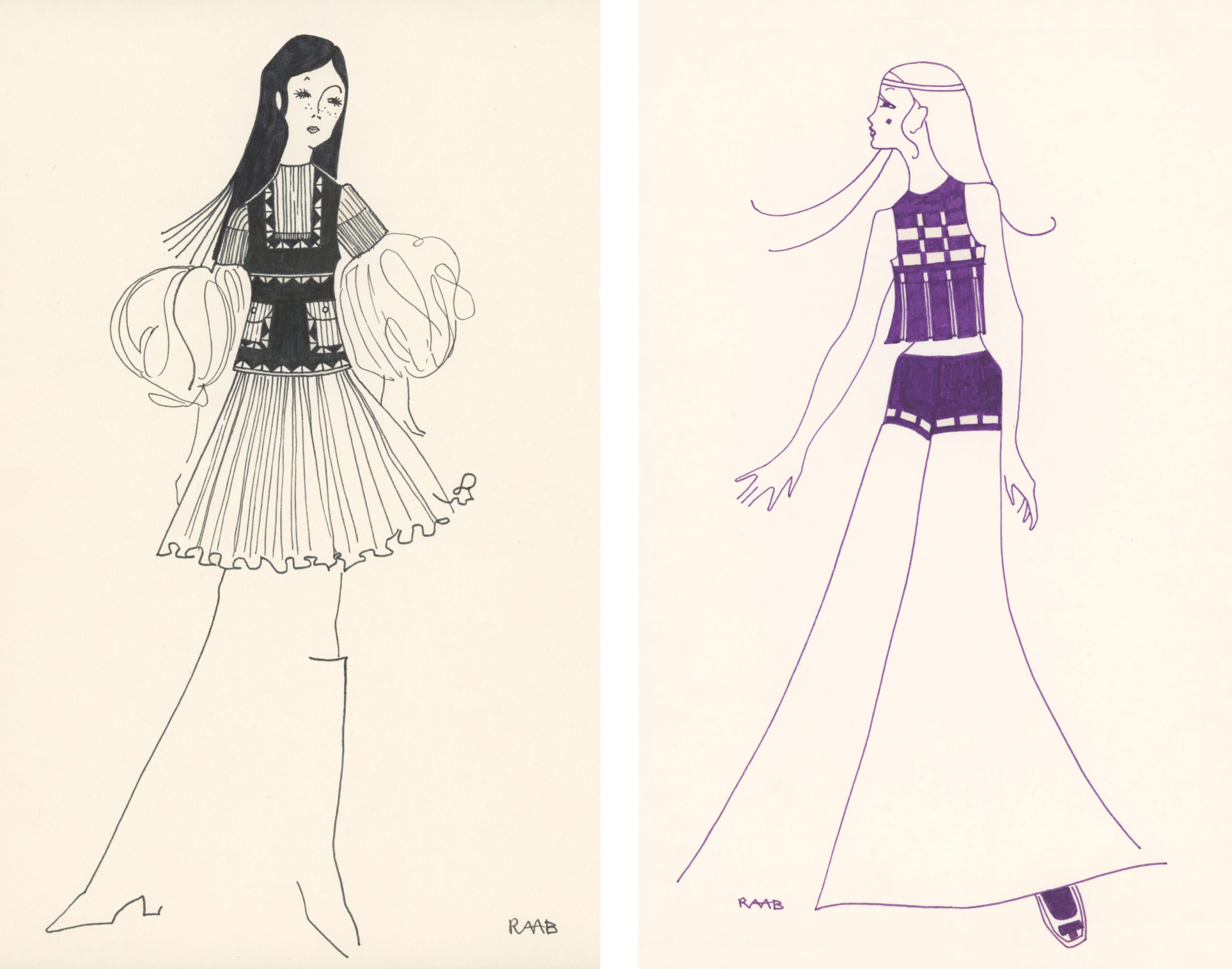
After quitting Pan Am, I set out to explore my various other artistic inclinations: I studied voice (briefly), found a guitar teacher and learned to read tablature, and enrolled in a painting class at Long Beach State College. But my throat ached after my singing lessons, and my hands shook so much at my guitar lessons that I couldn’t play the pieces I’d practiced the previous week. As for what happened in my painting class, that would require a lot more space to recount than I have room for here. (See my 9-10-21 blog post.)
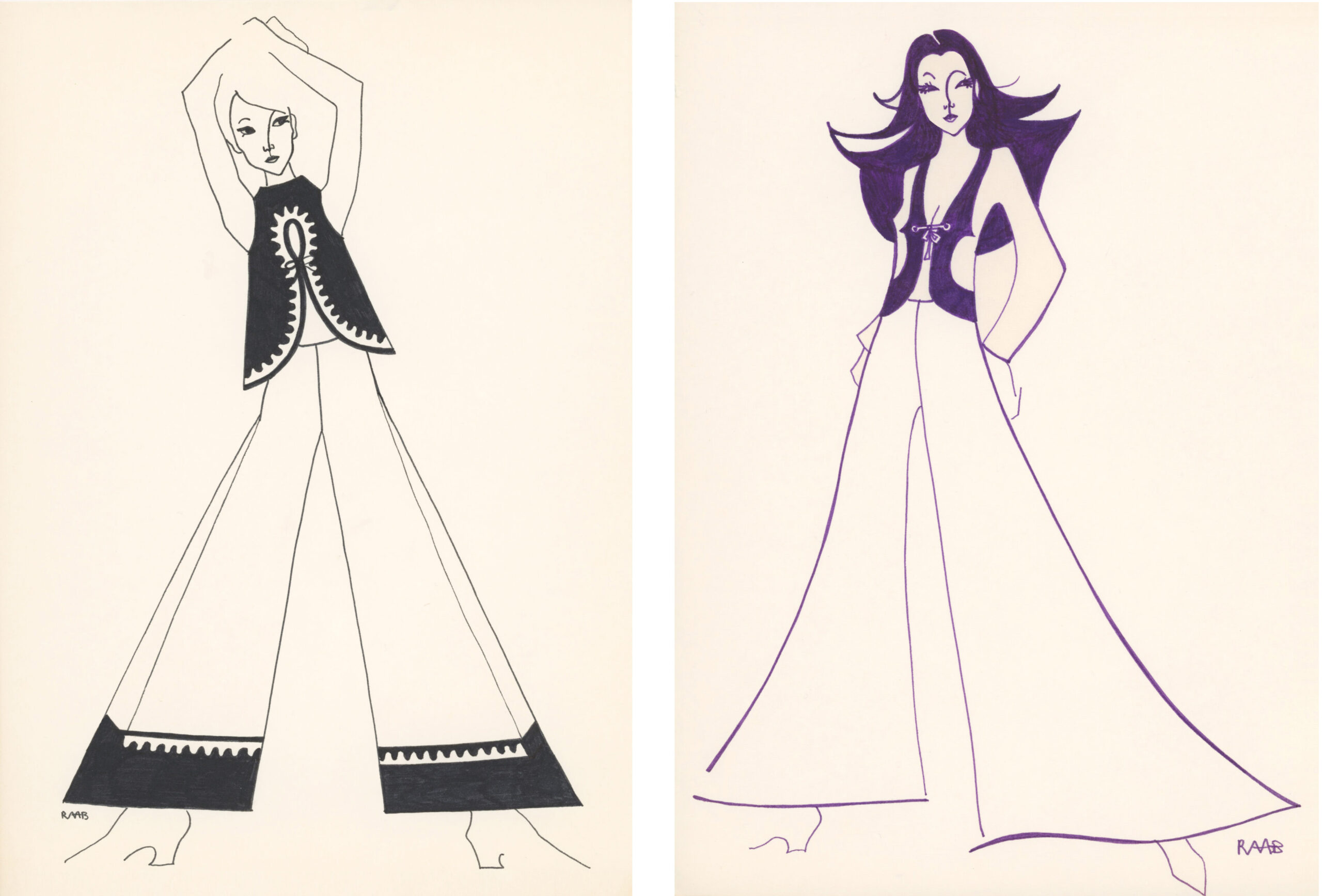
After a painful affair and one too many brown moonrises (the color of the moon due to smog), I moved to my mother’s house back in the Bay Area, where I taught an arts and crafts class for kids. One of the assignments I gave them was to draw a colorful beetle; of course, I had to draw one of my own. Another was to make abstract cards using torn scraps of tissue paper that we affixed with clear contact paper.
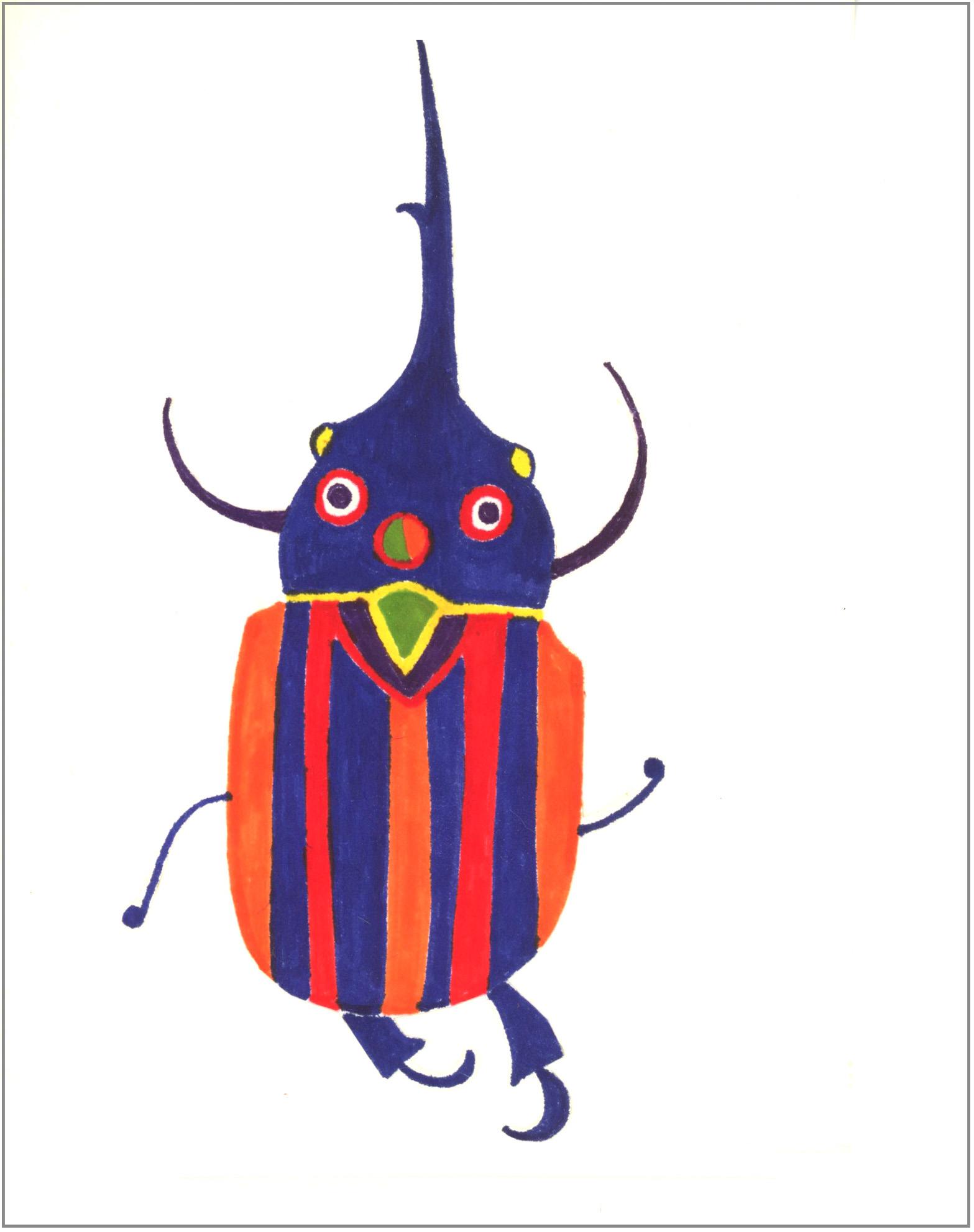
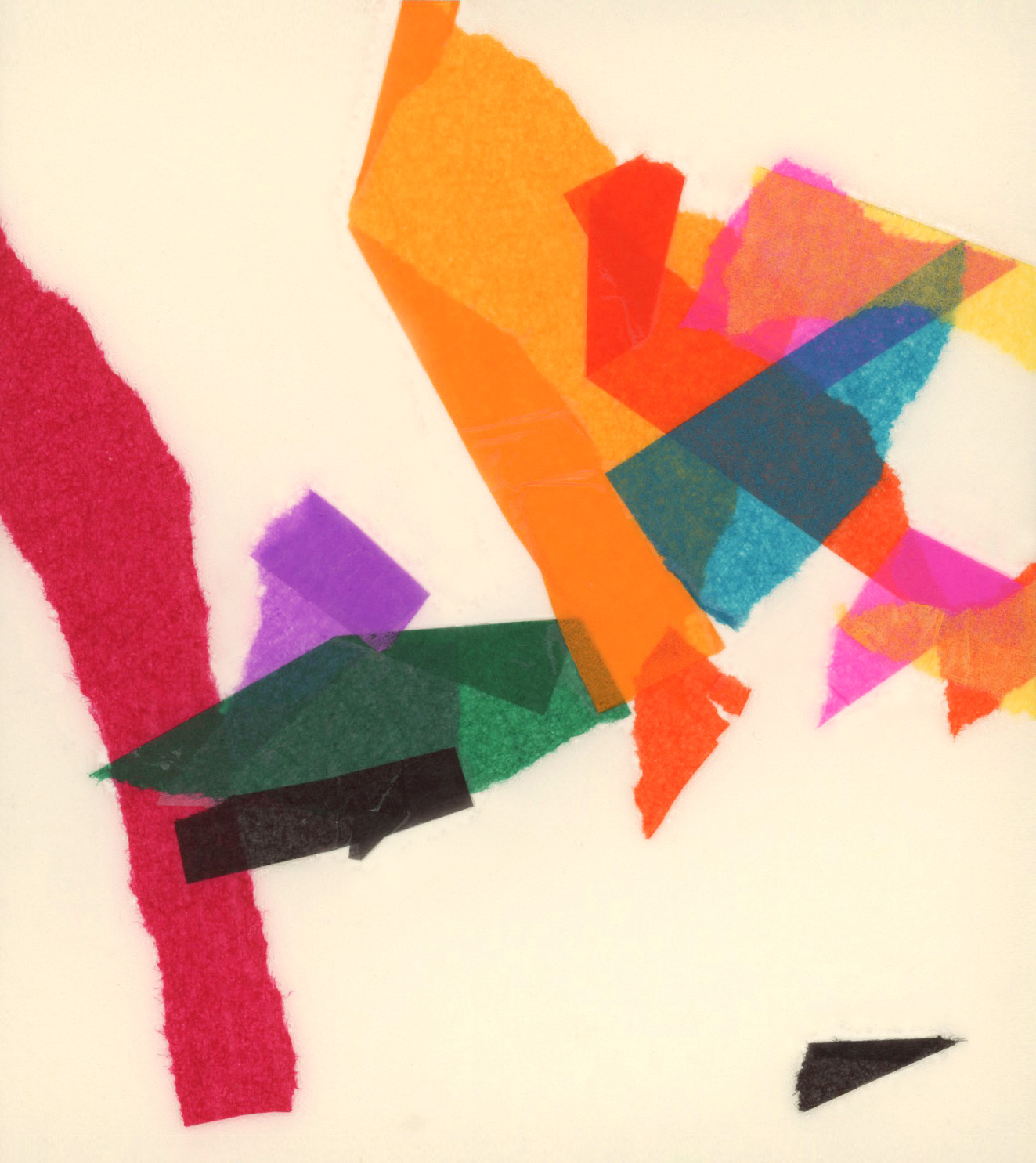
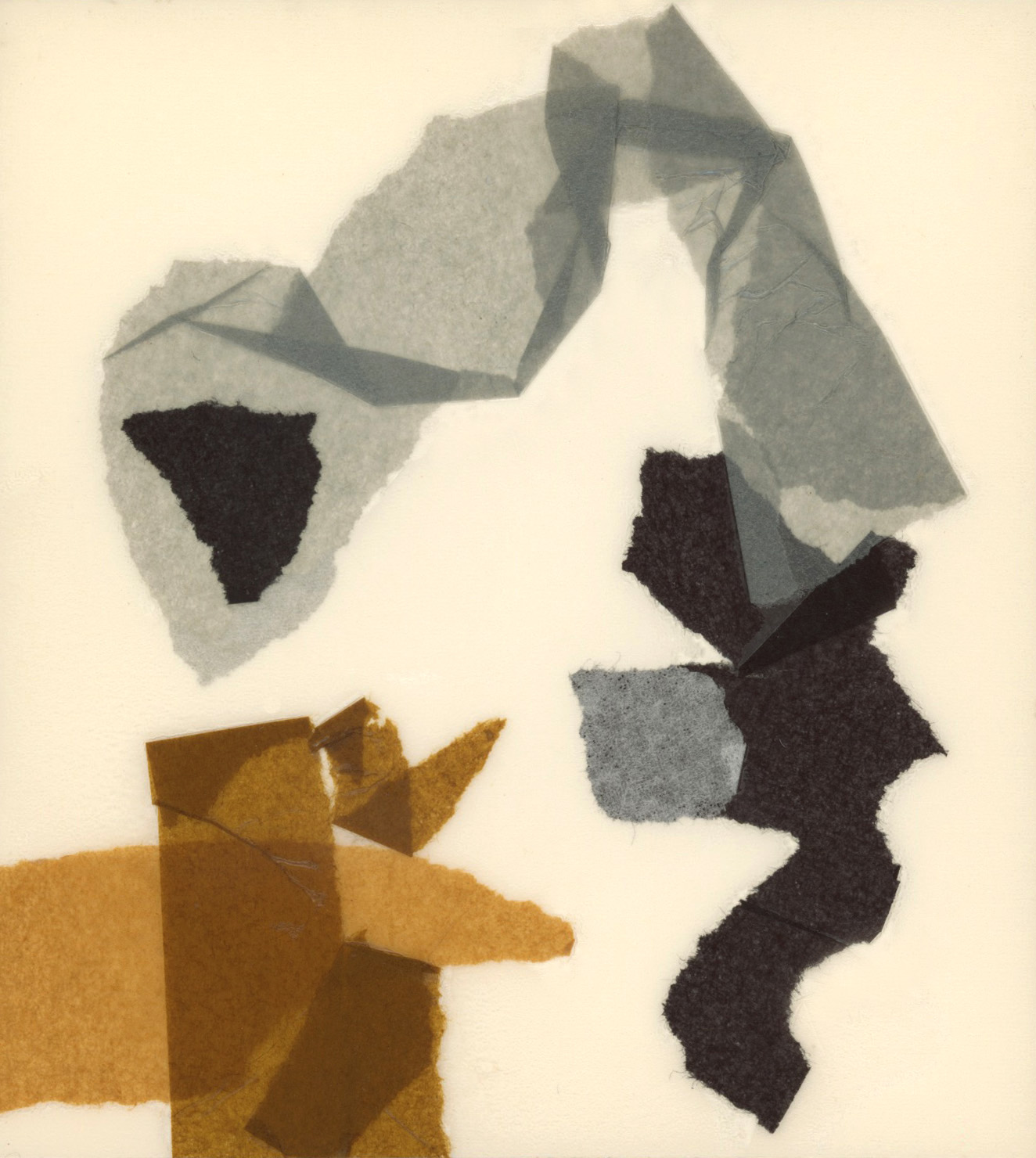
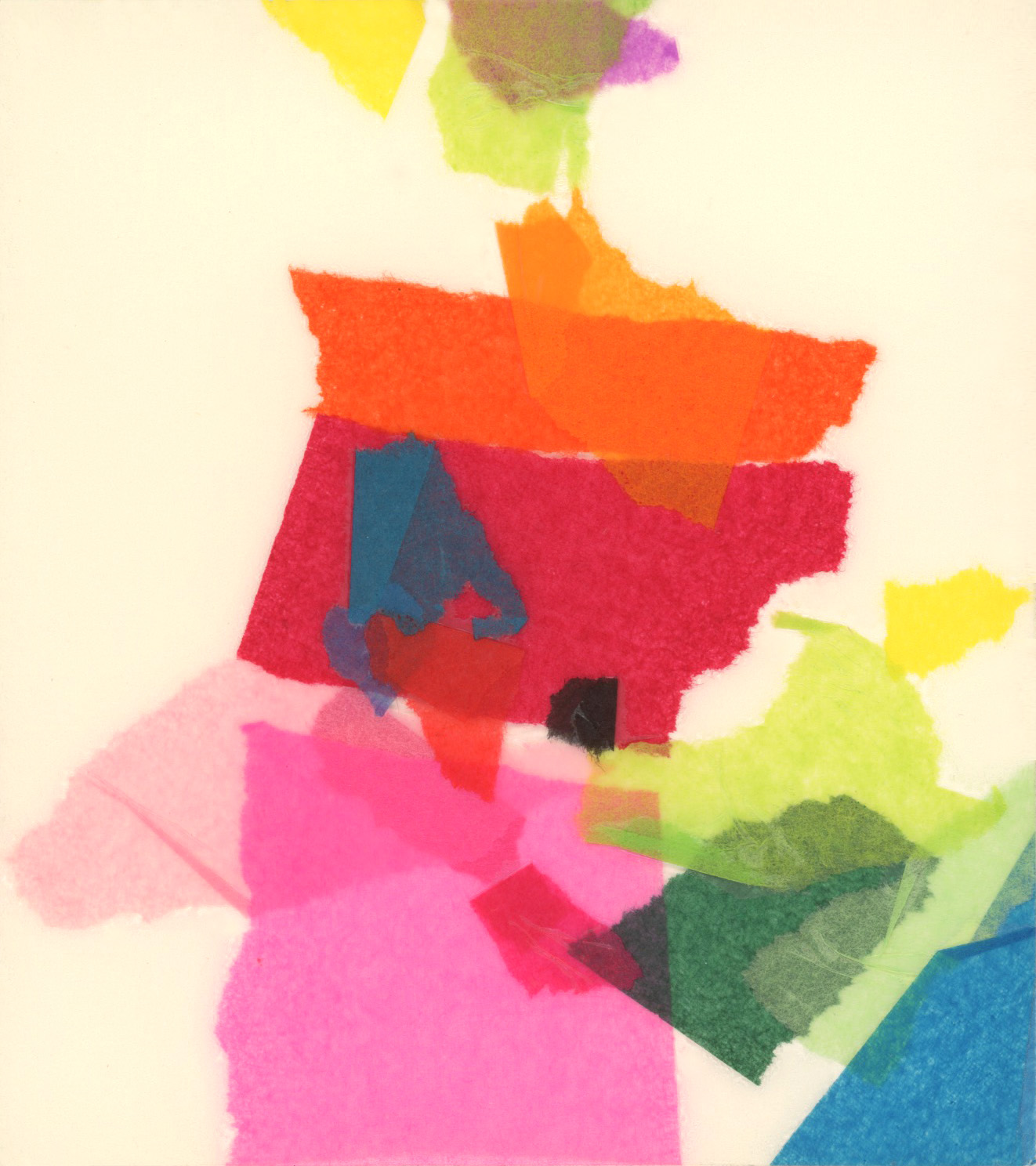
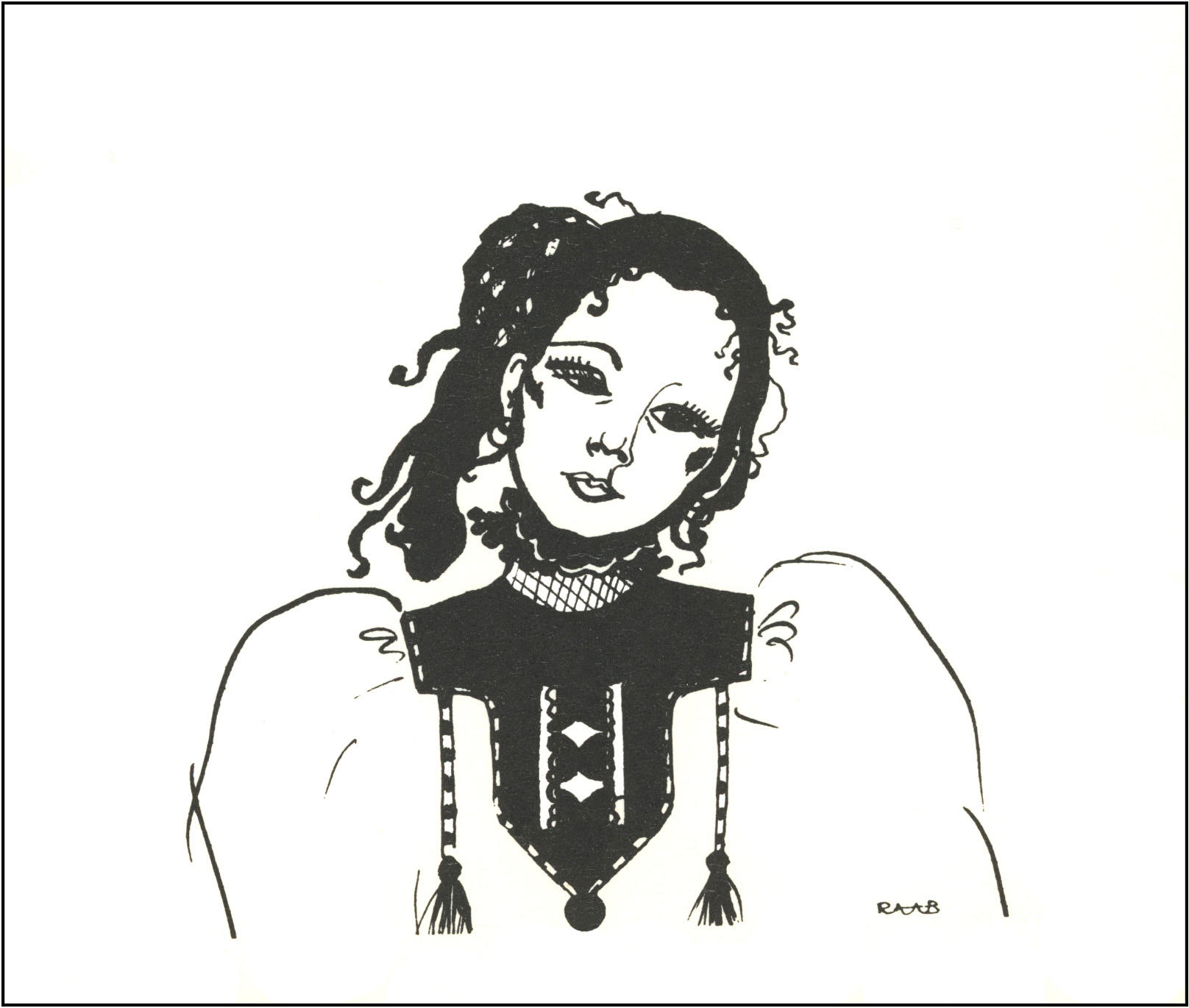
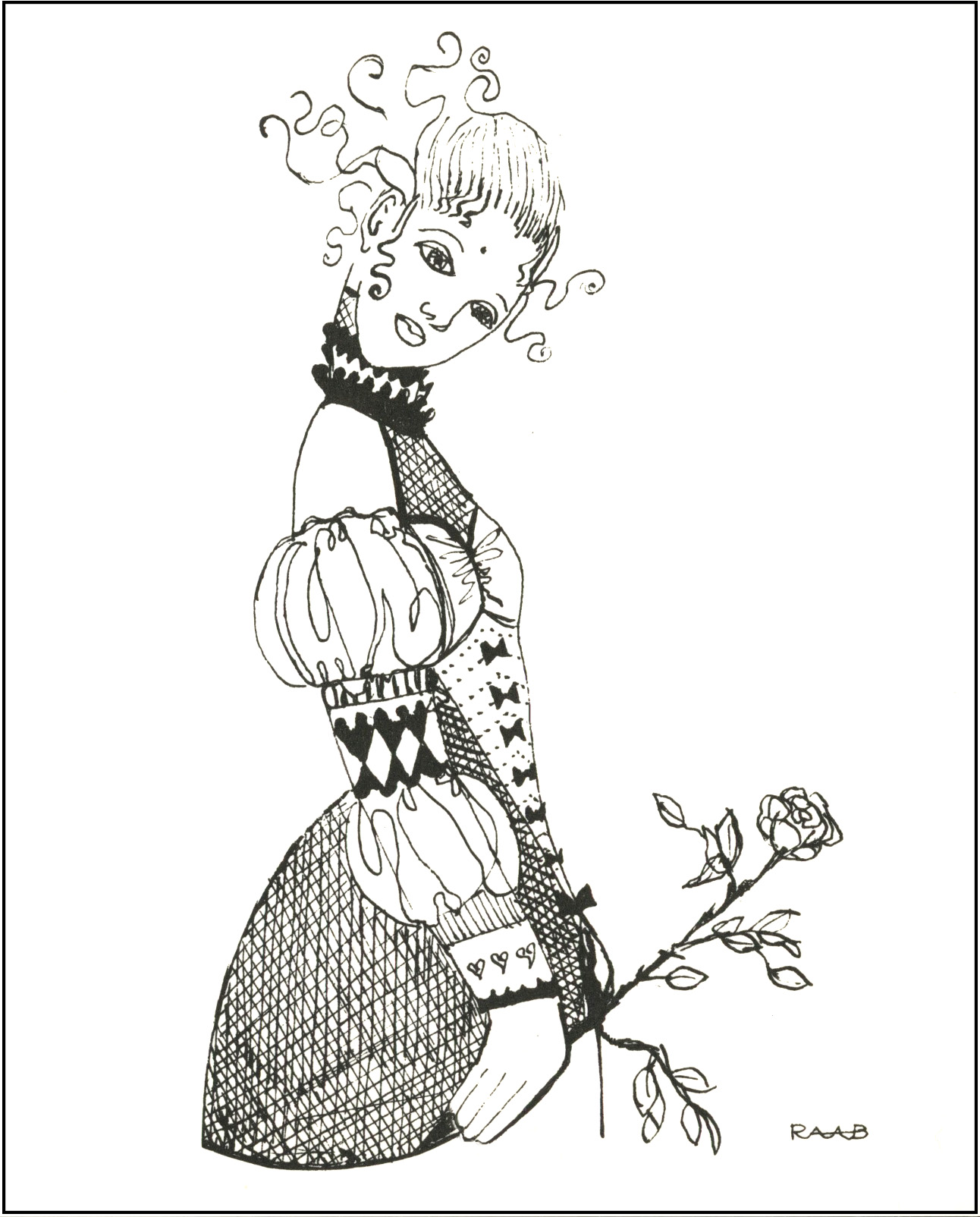
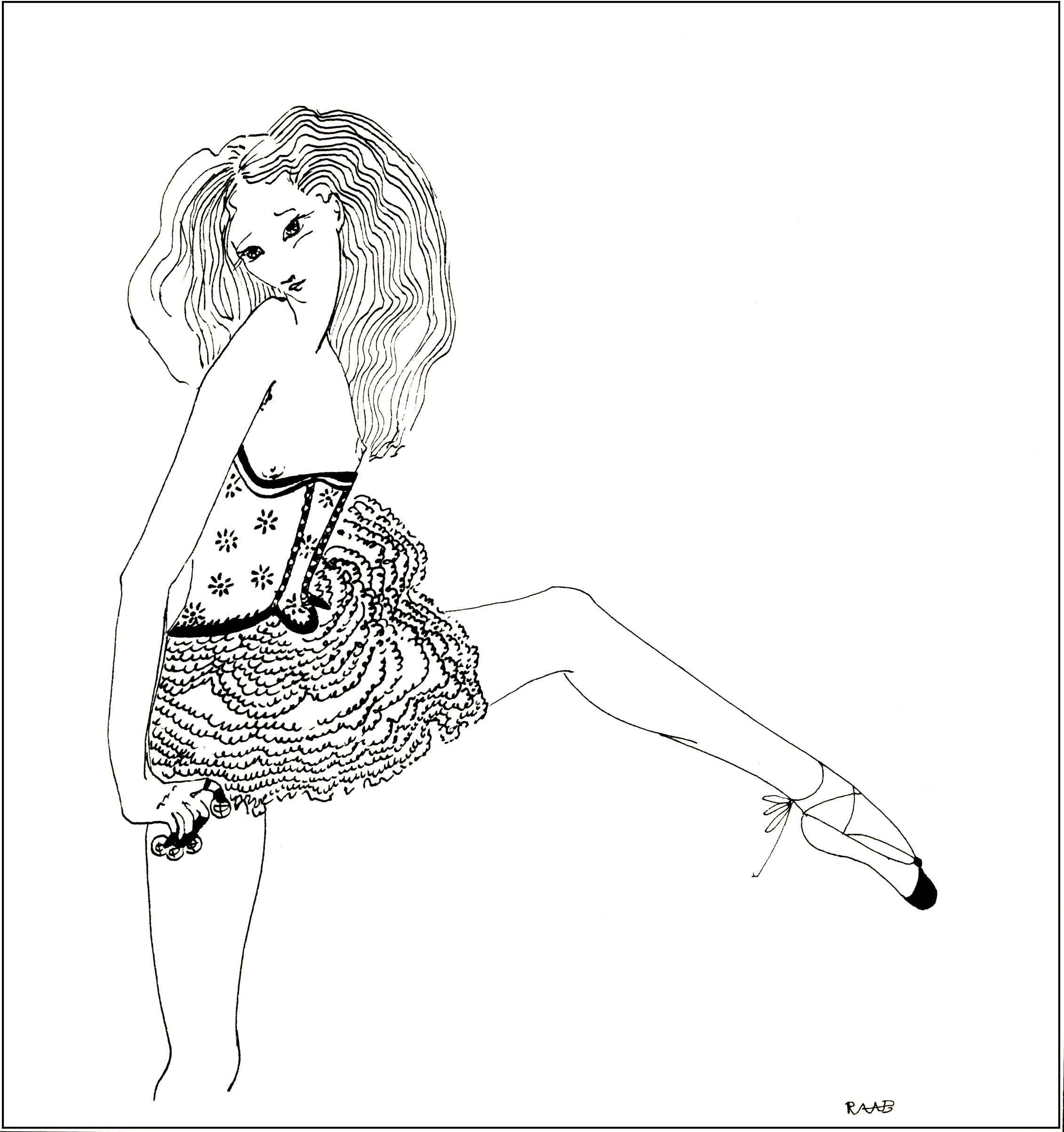
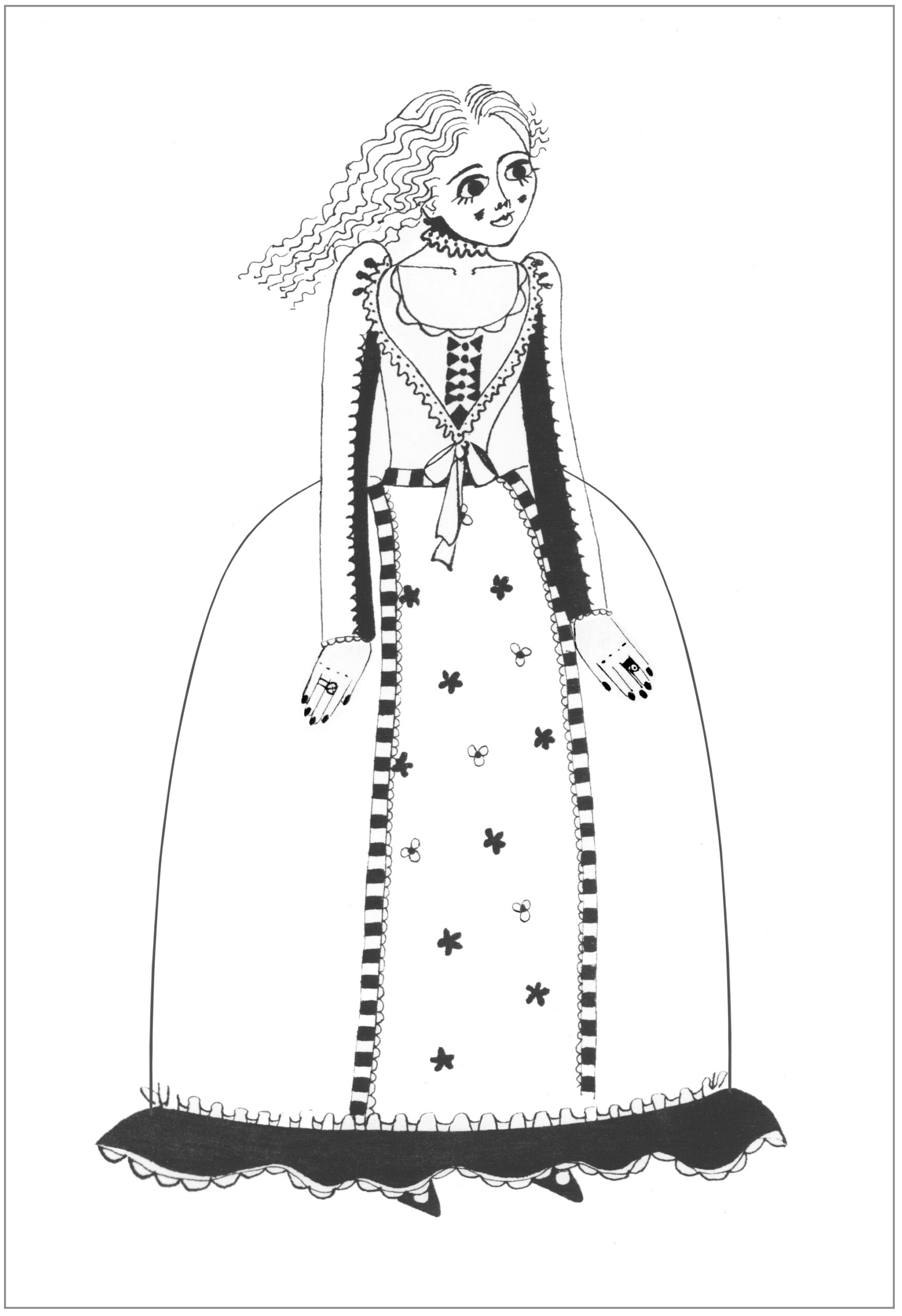
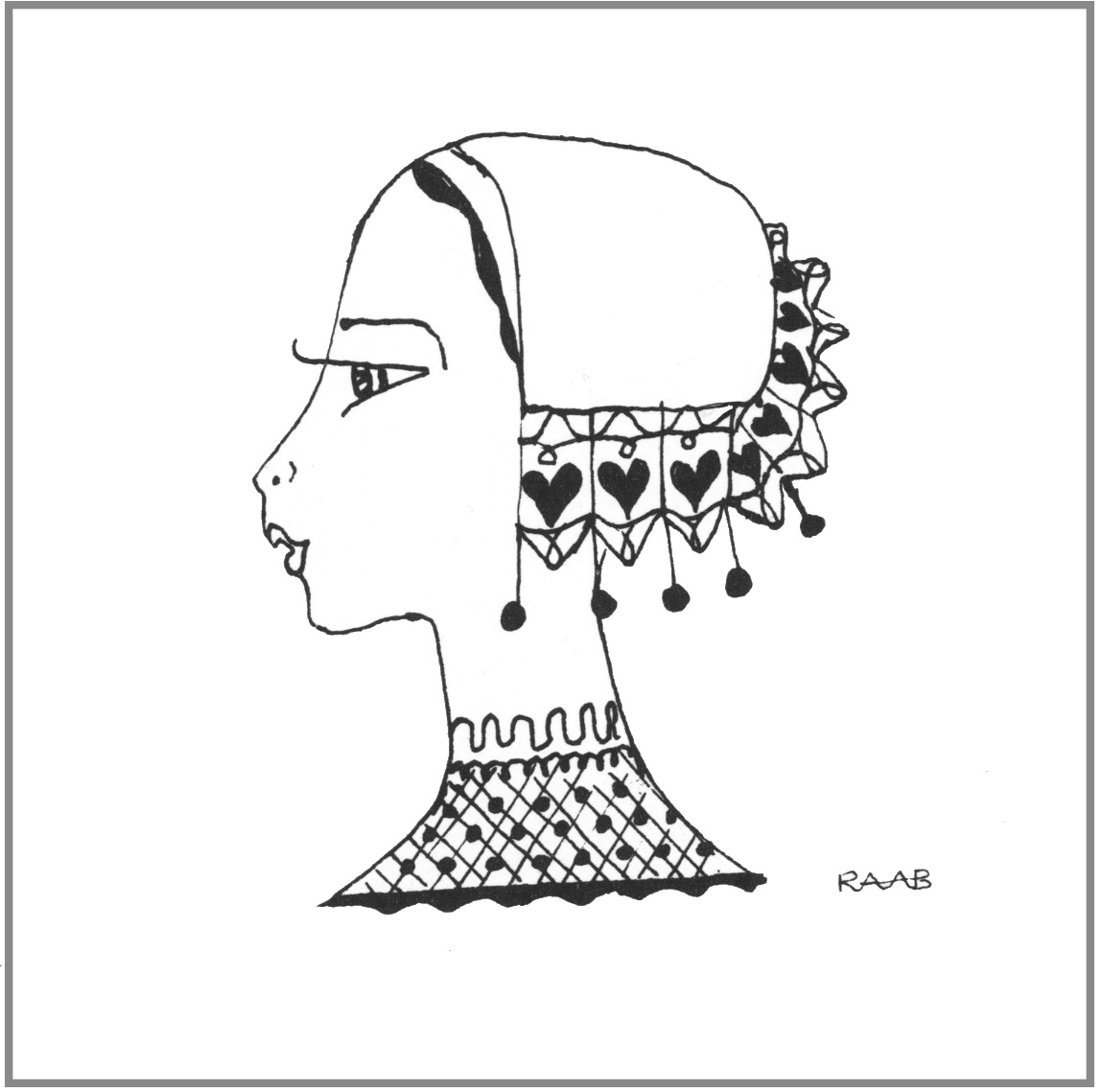
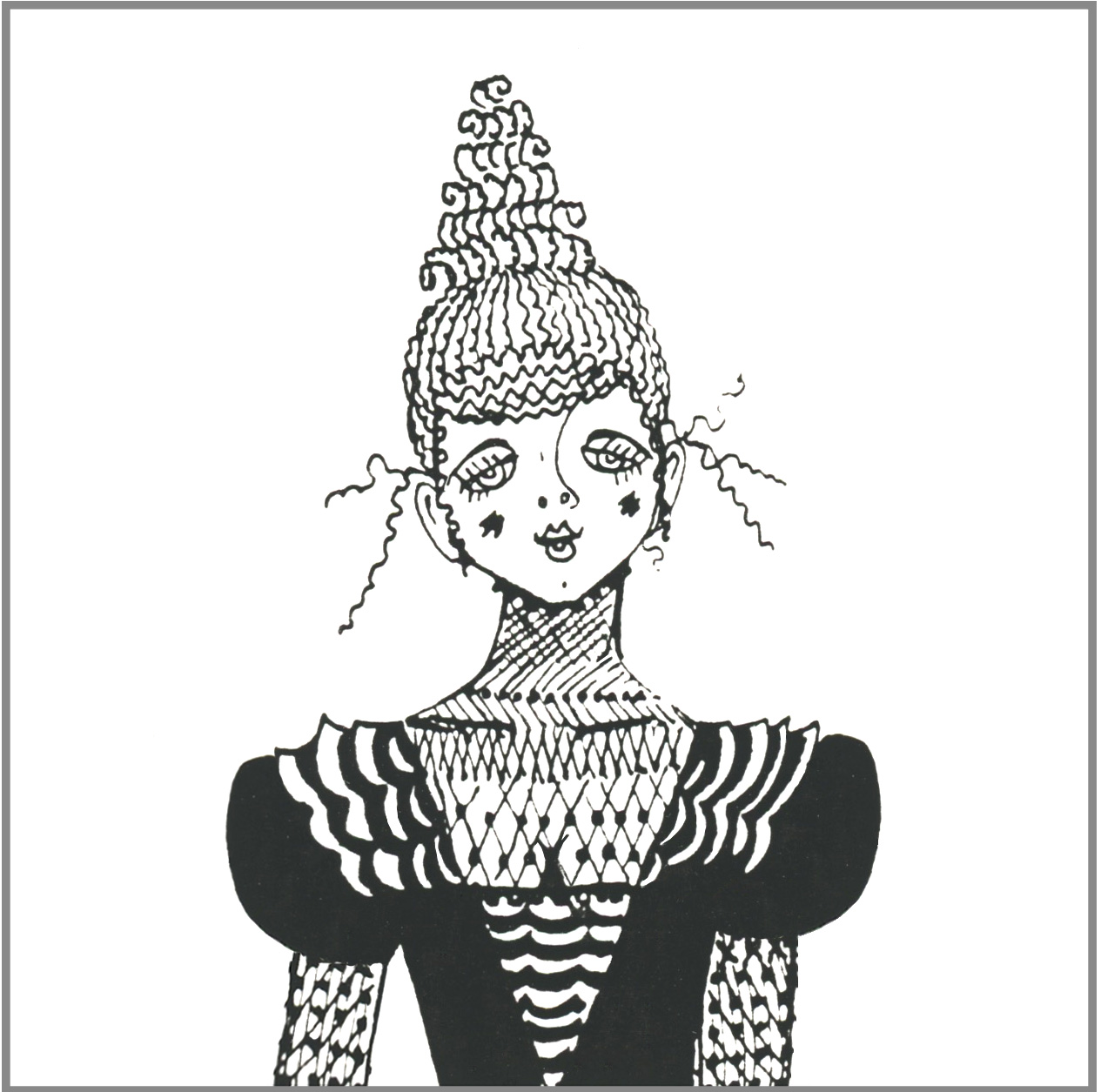
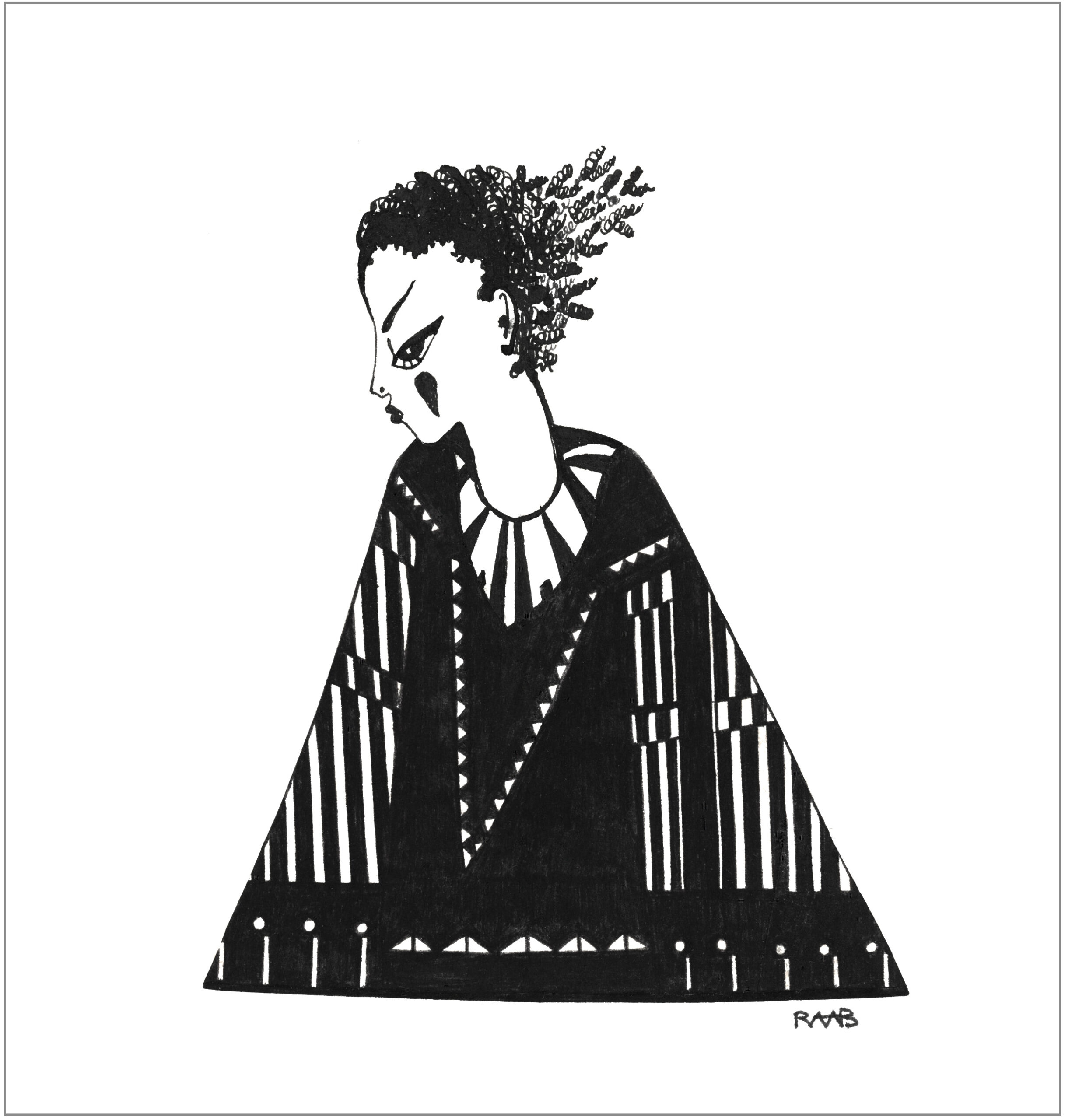
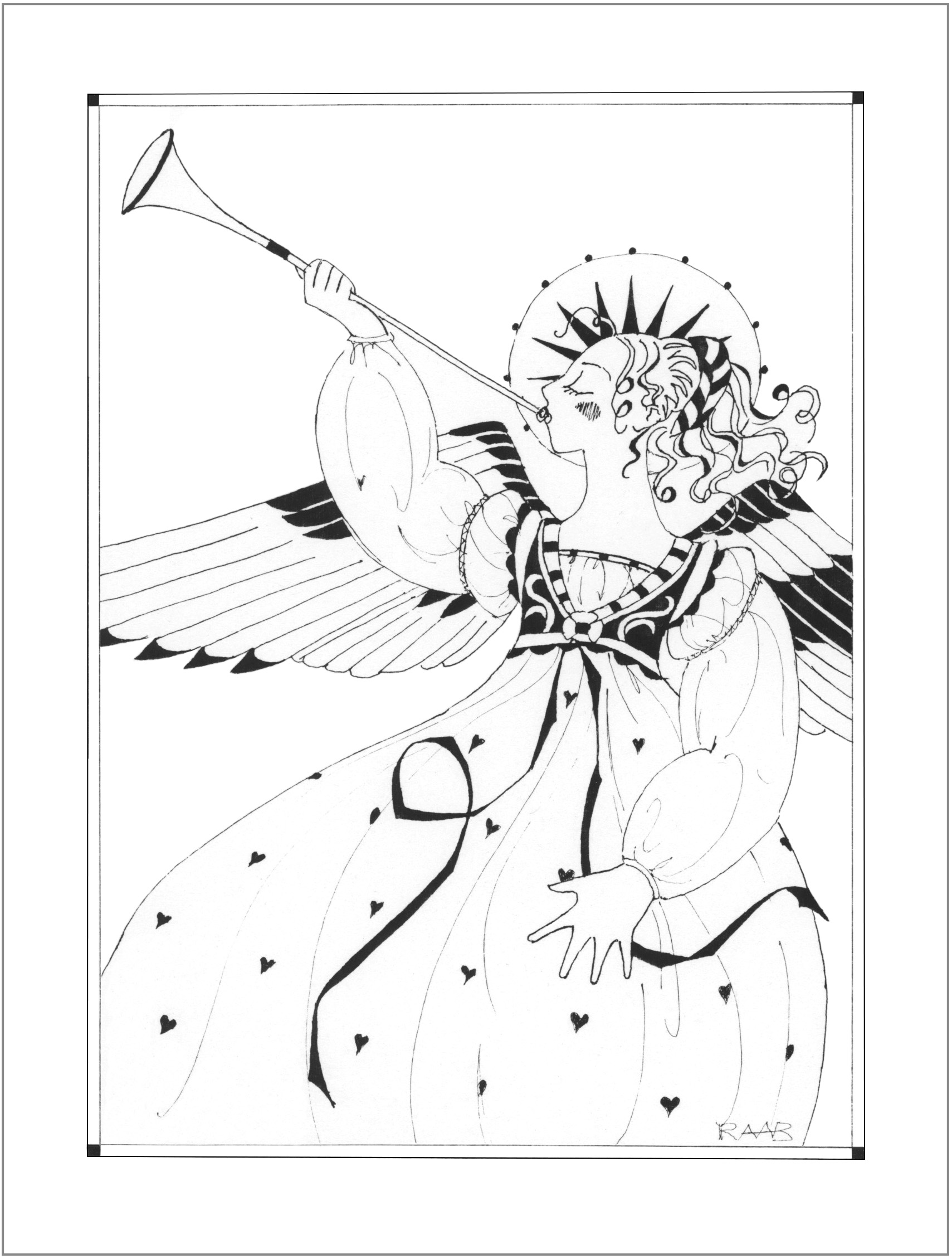

Then I got a part-time job as an aide—and eventually a teacher— at Seven Hills Elementary School, where I taught reading readiness. Besides creating number and letter games for my students and “toys” like the finger puppets above, I took a “Woodworking for Women” class and designed tables and benches for my classroom, as well as a desk—with shelves—made out of cardboard barrels and refrigerator boxes (for myself).
Most of my creativity went into teaching, but I continued to doodle in my spare time.


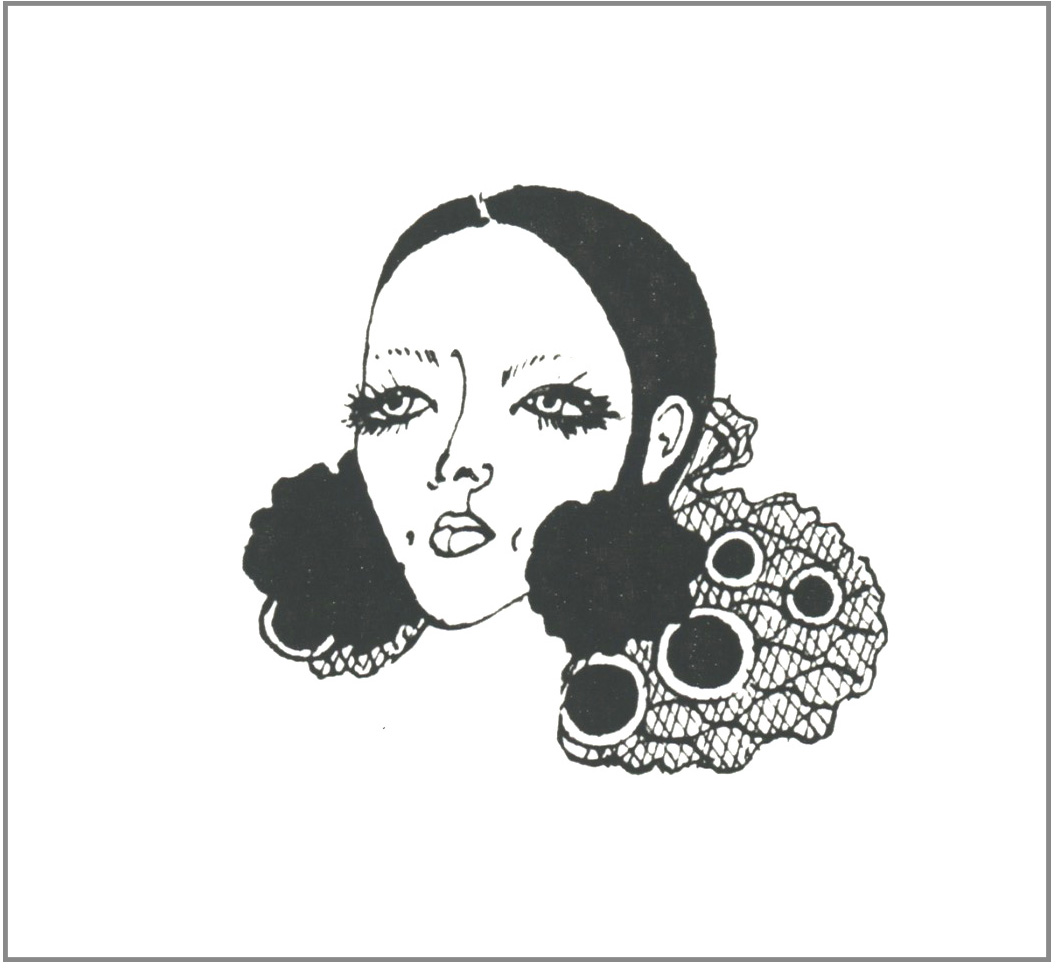
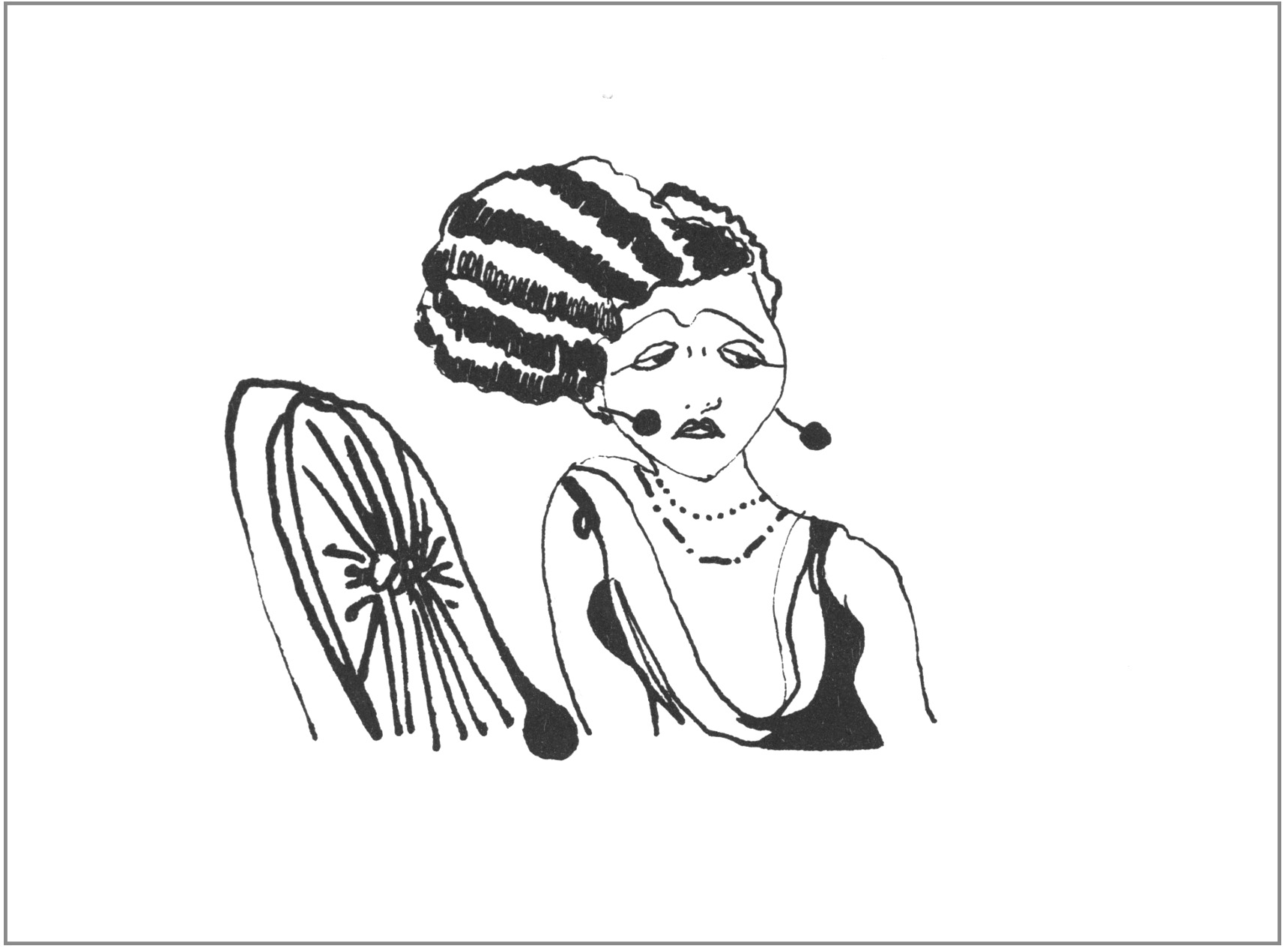
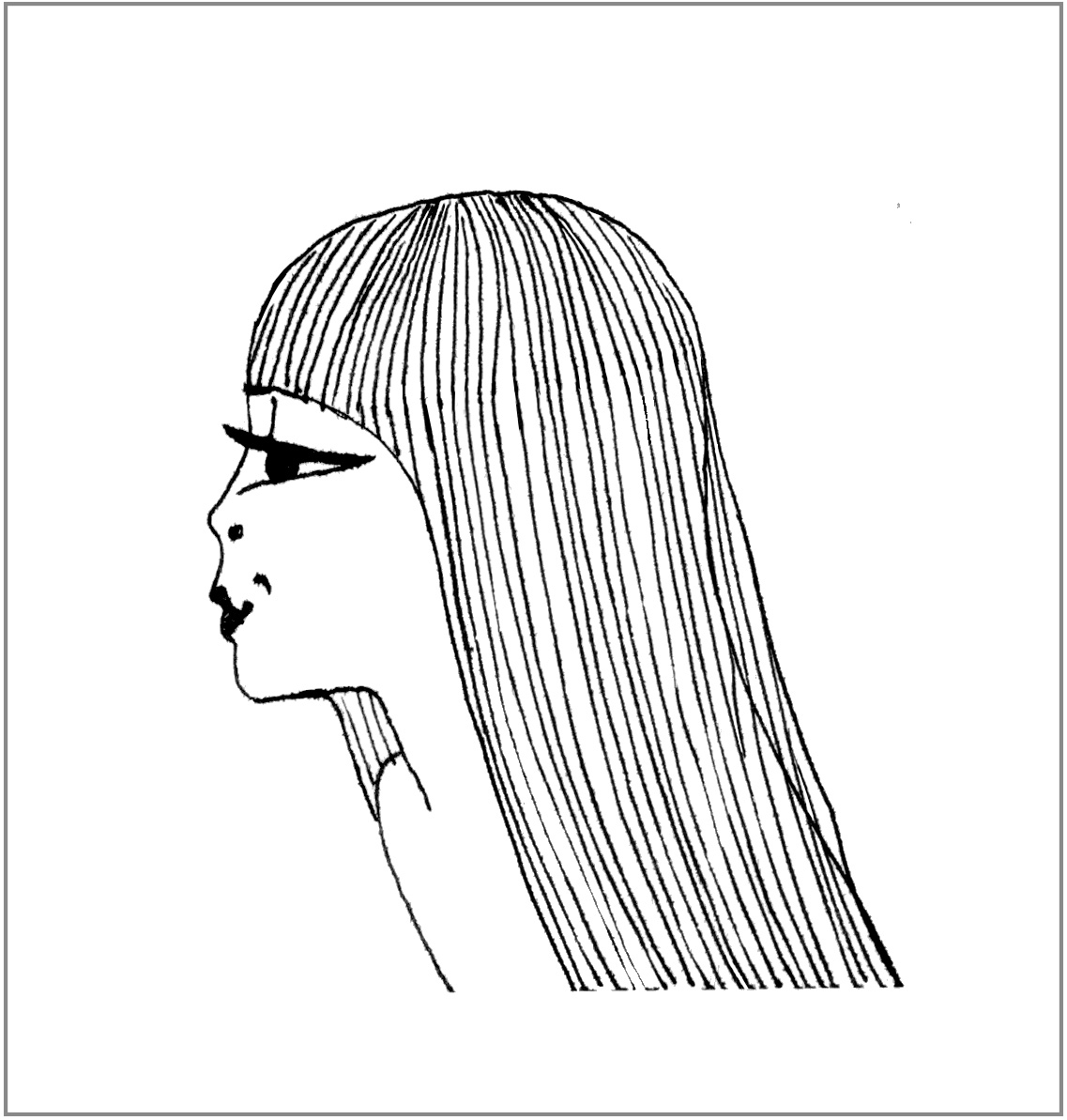

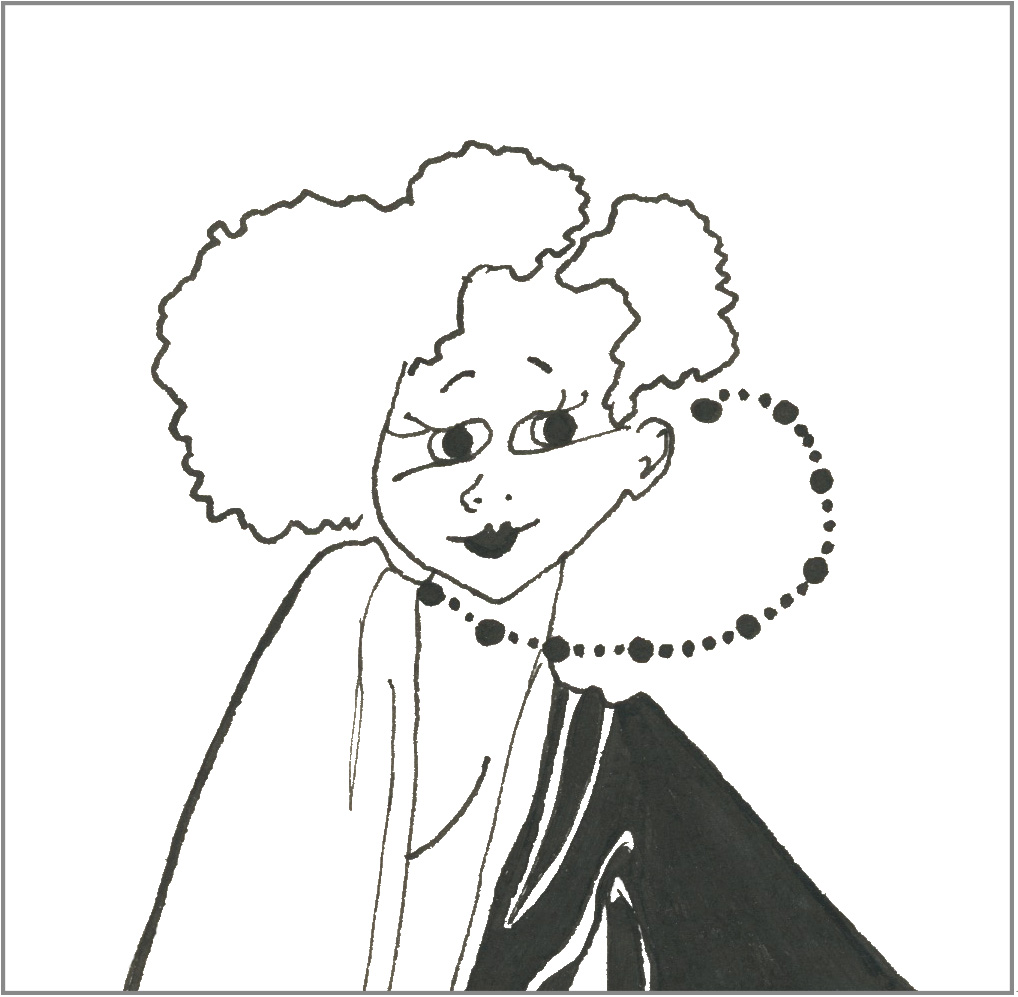


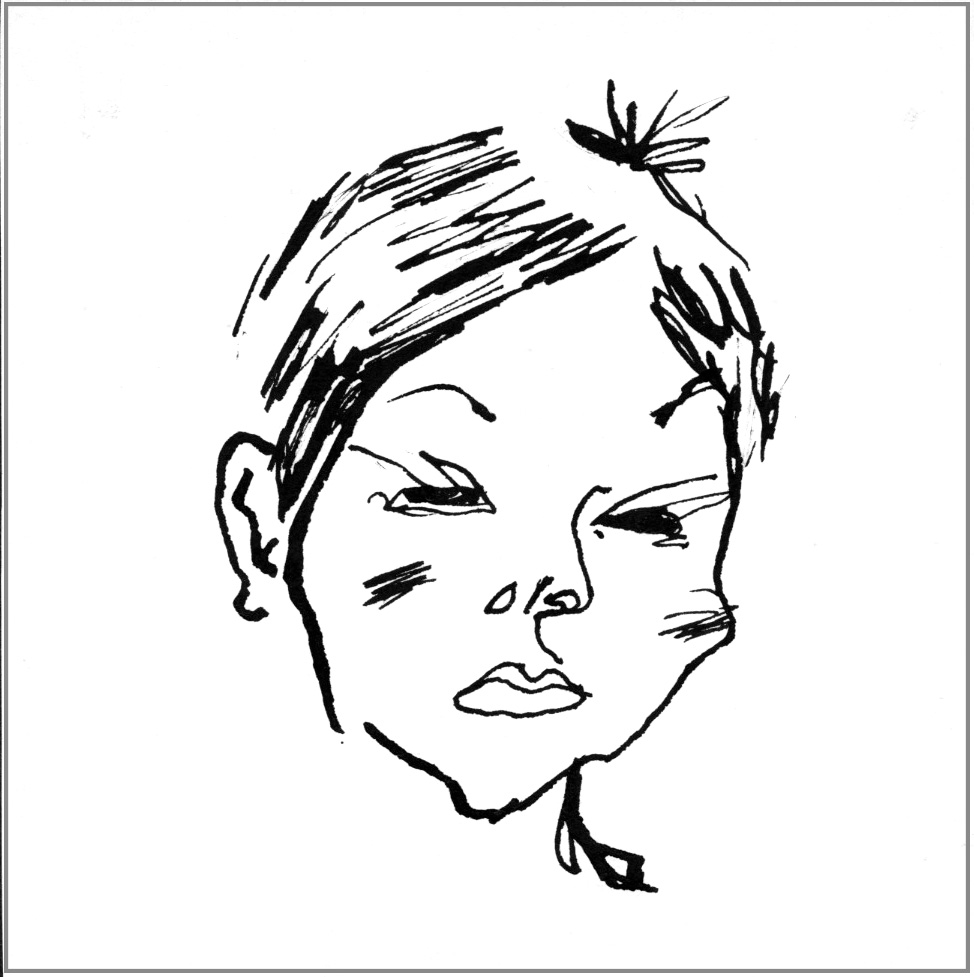
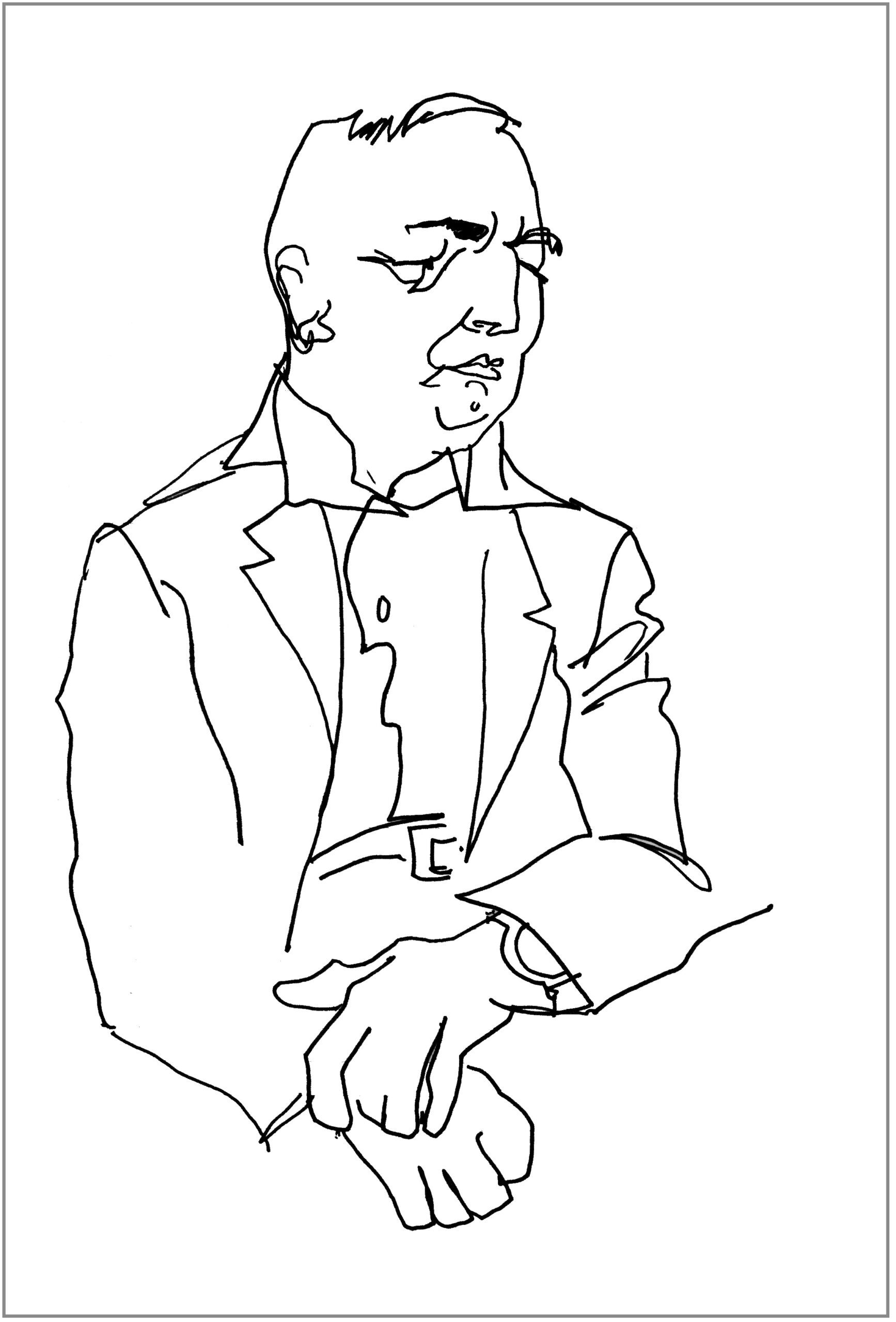
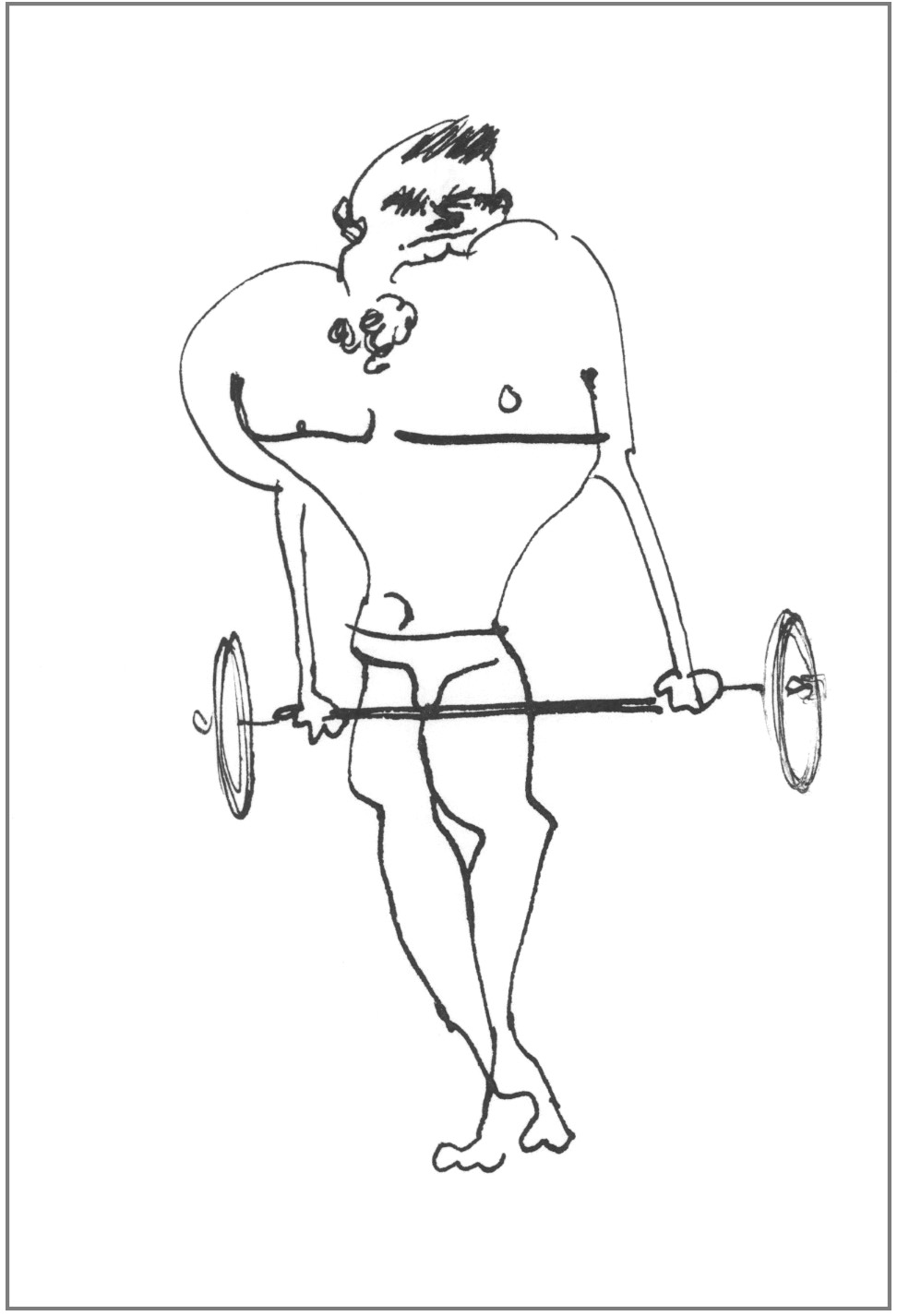

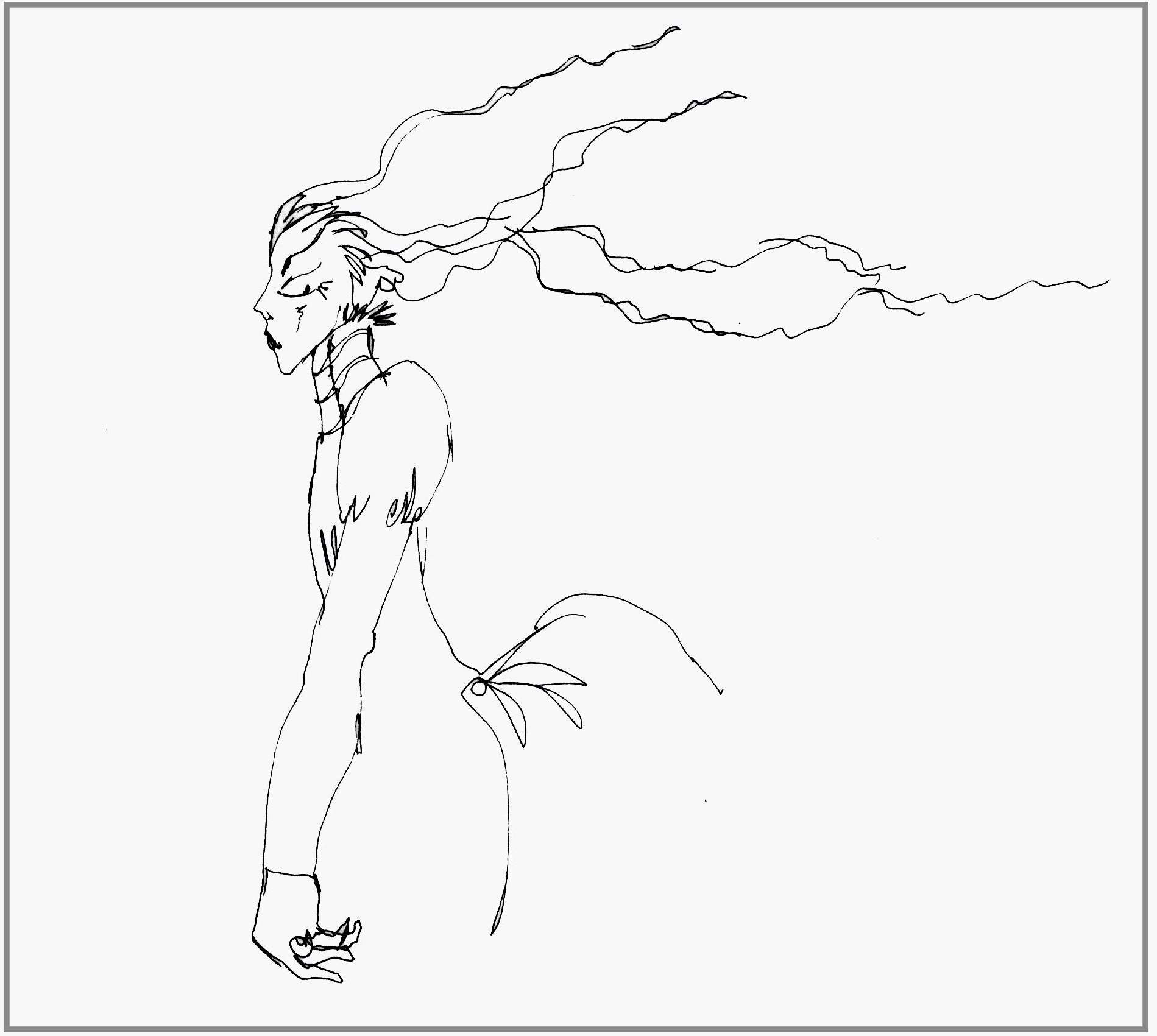
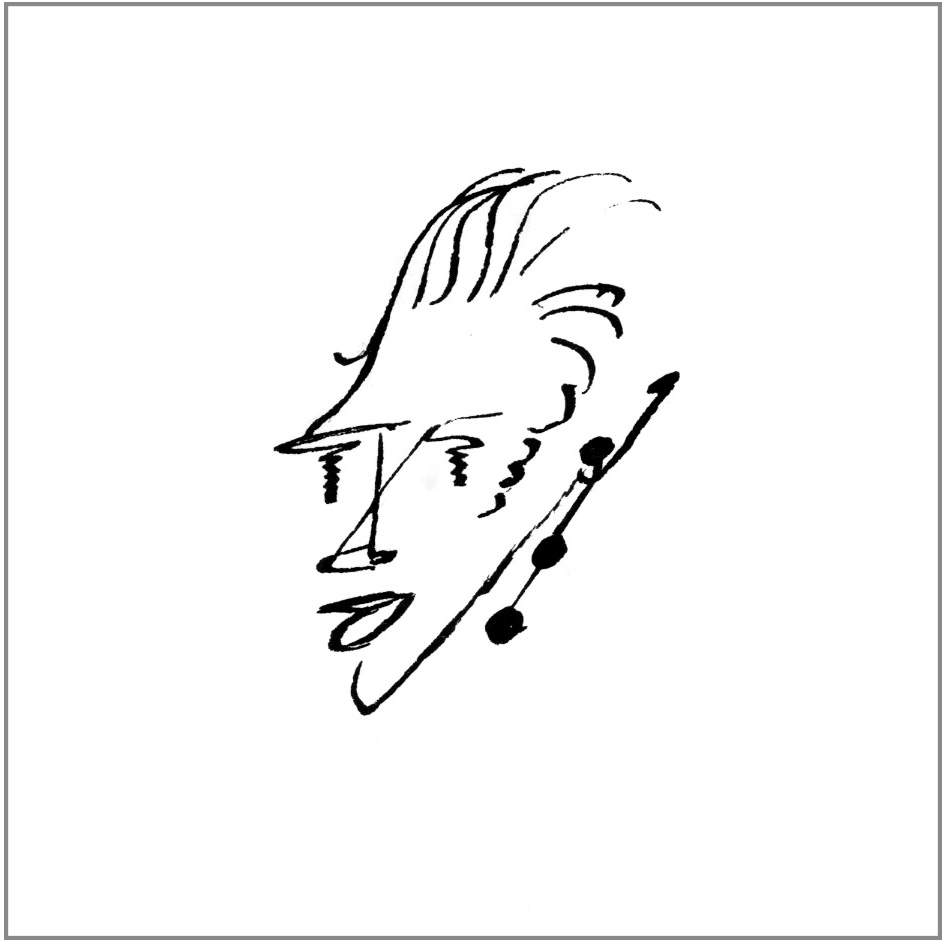
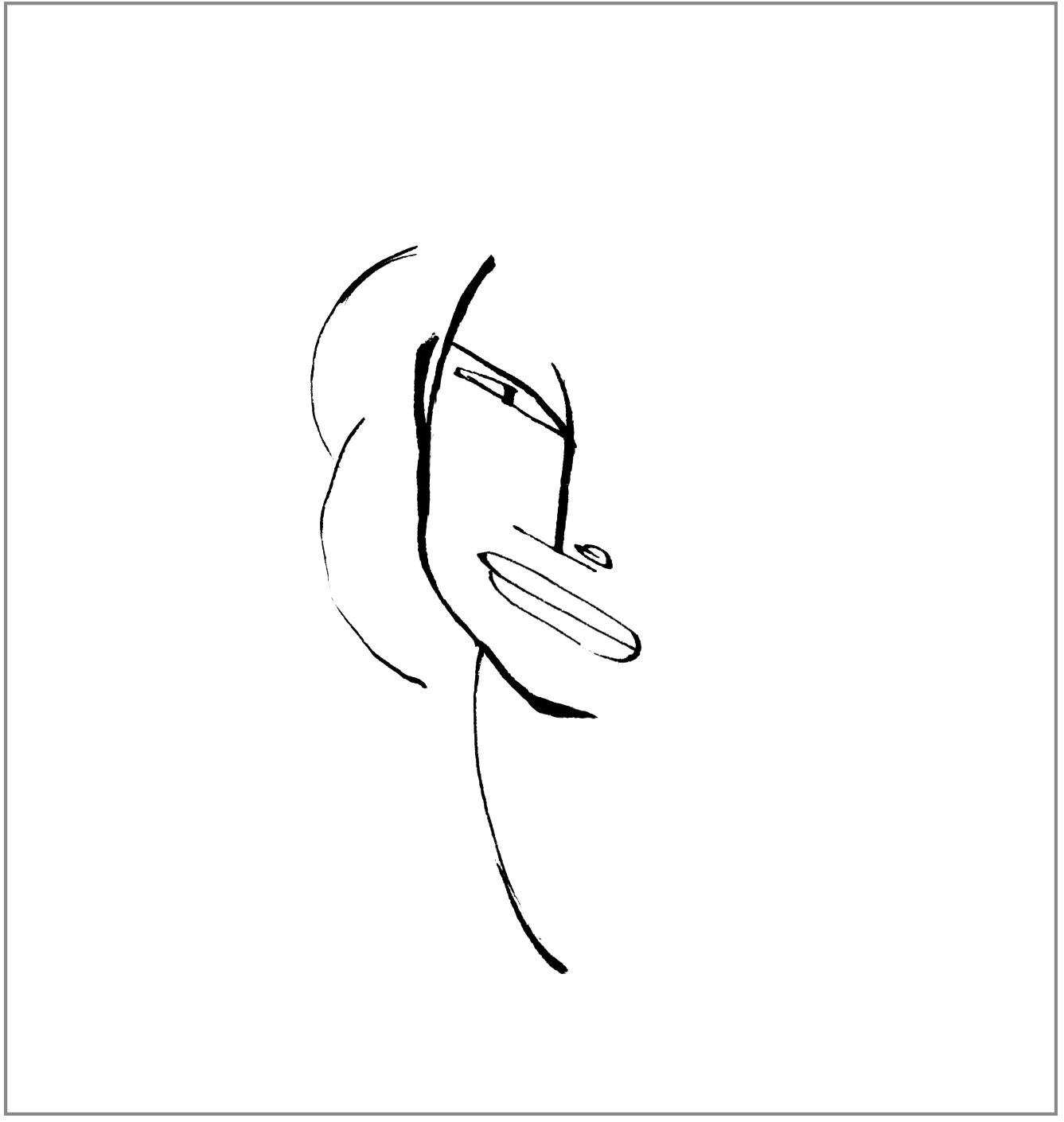
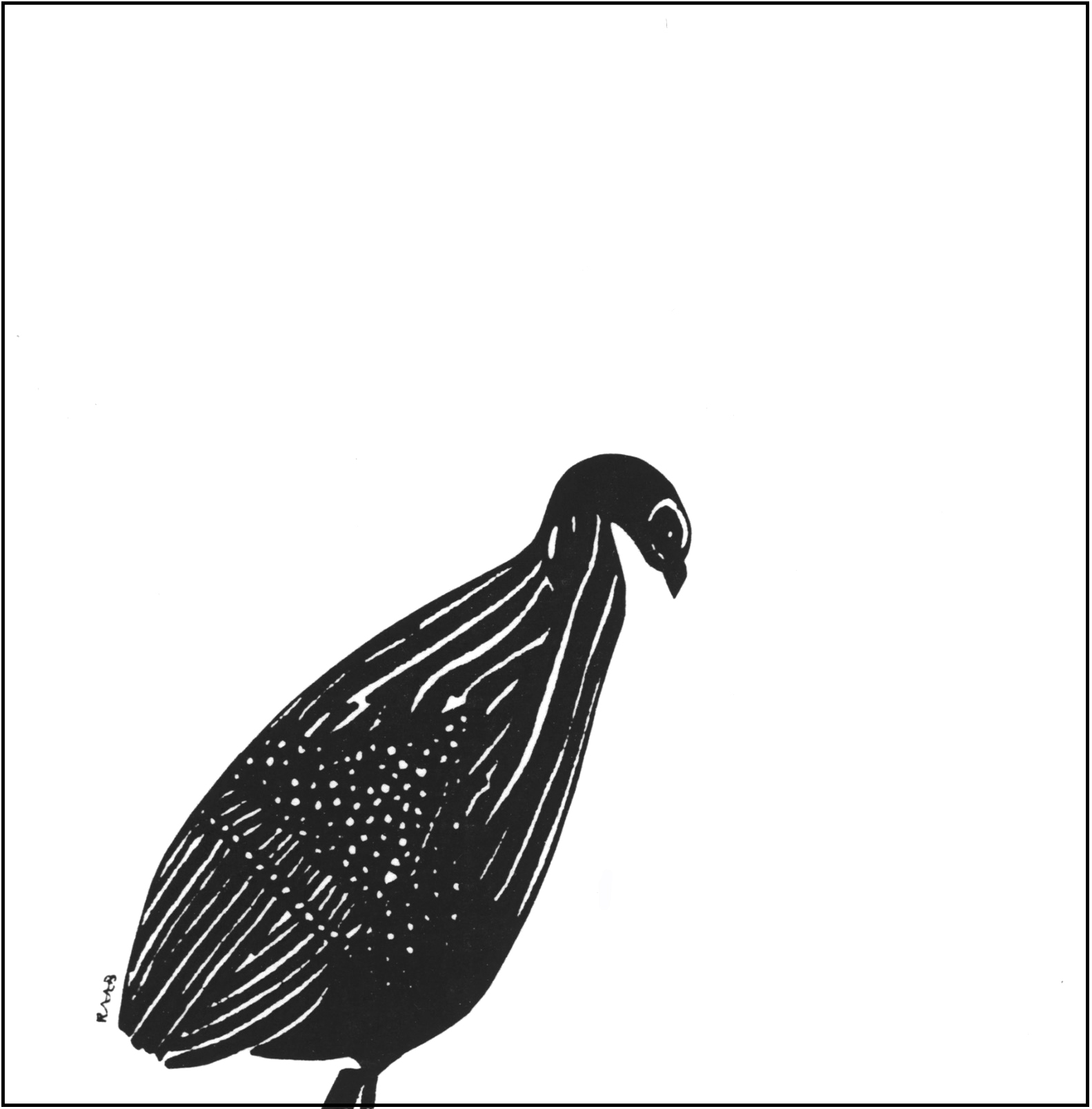
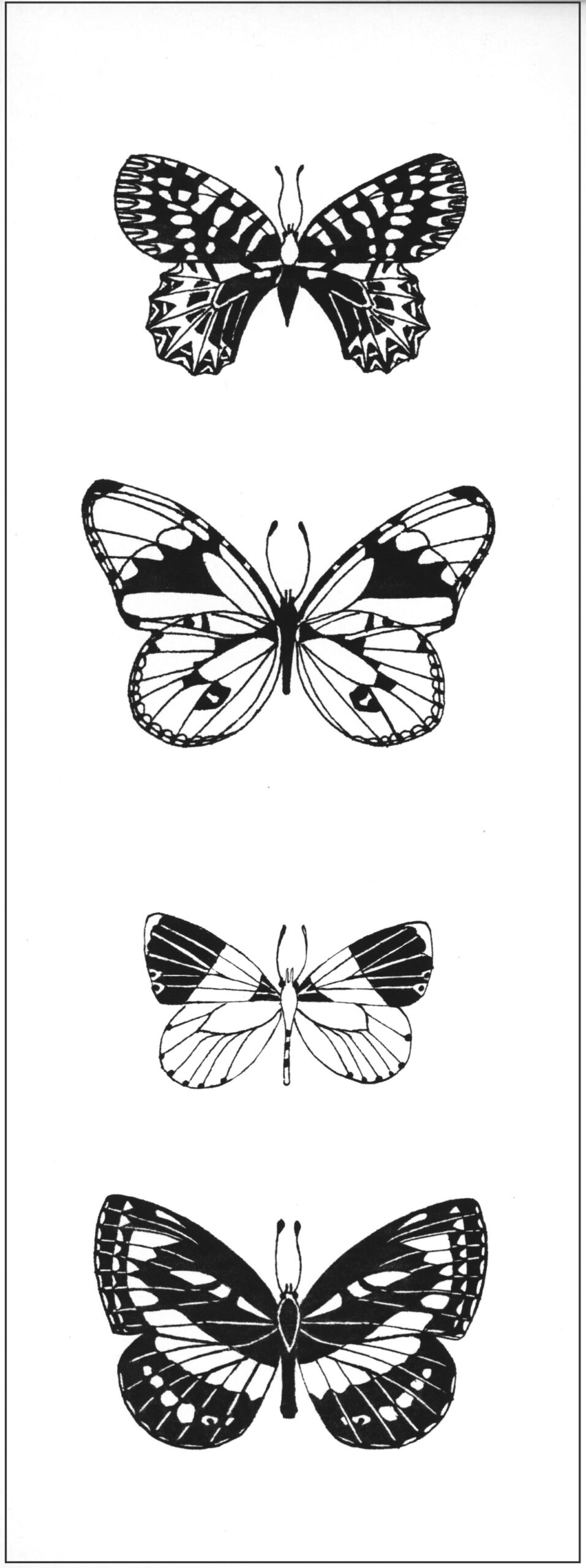
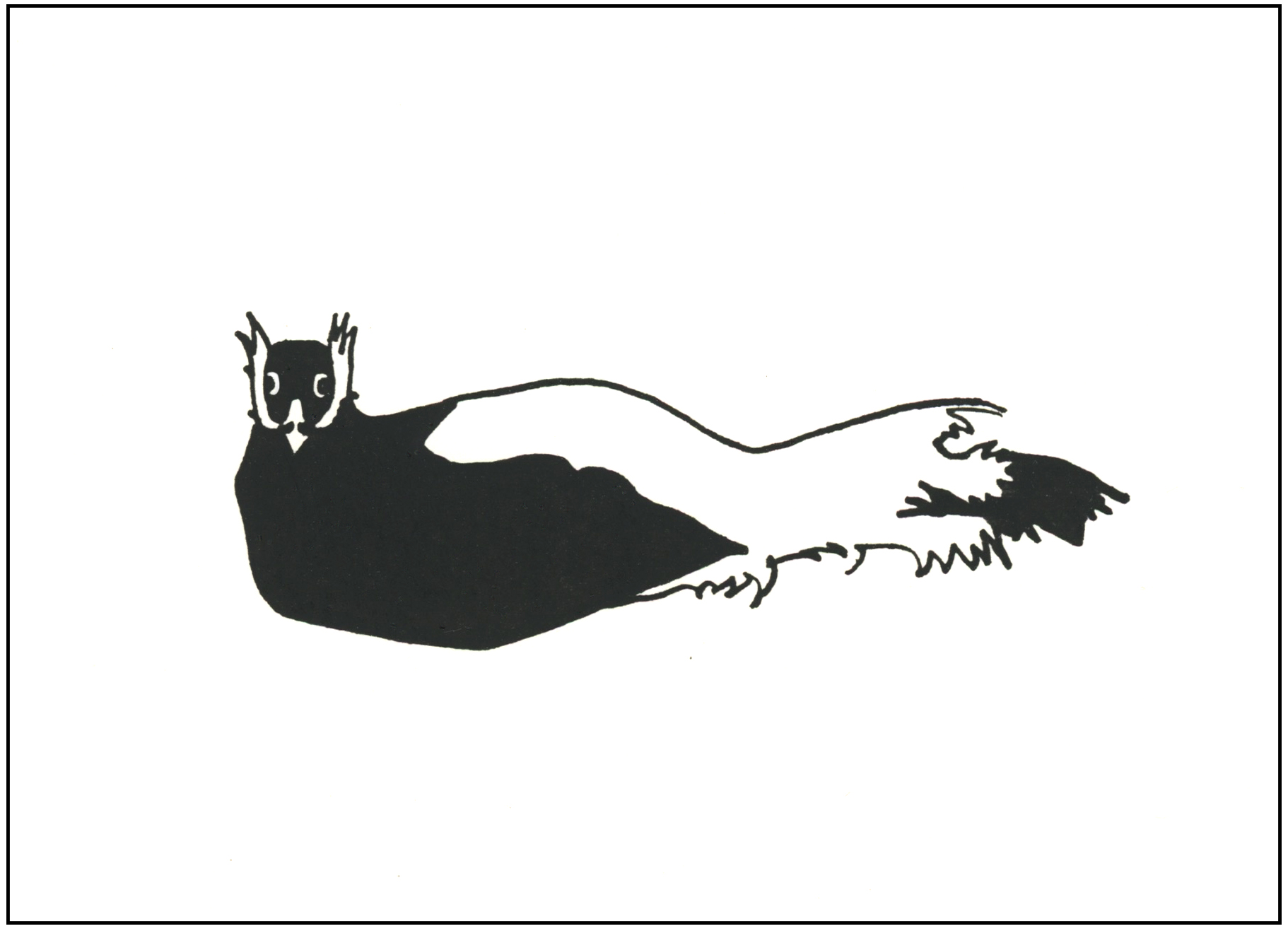
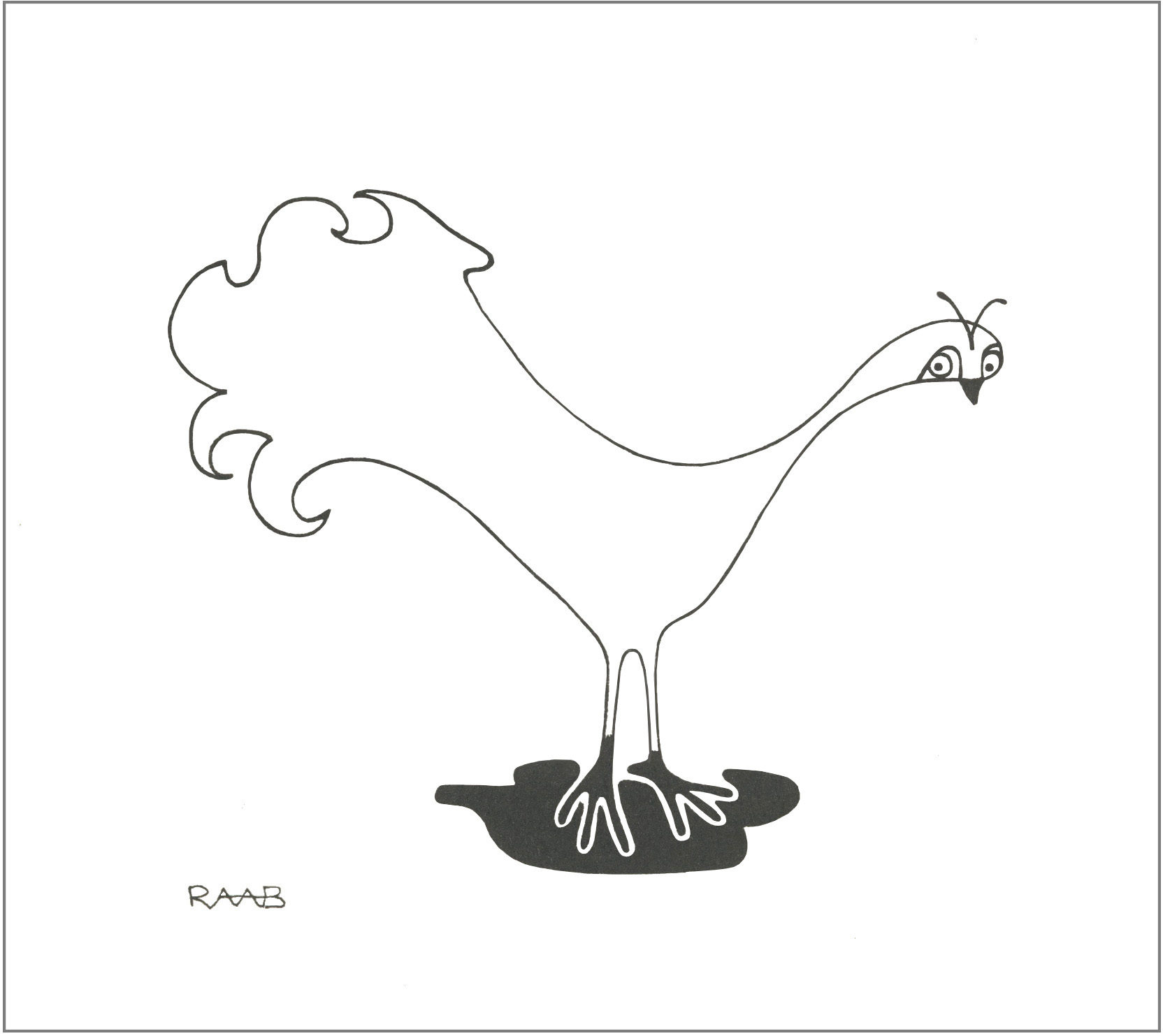
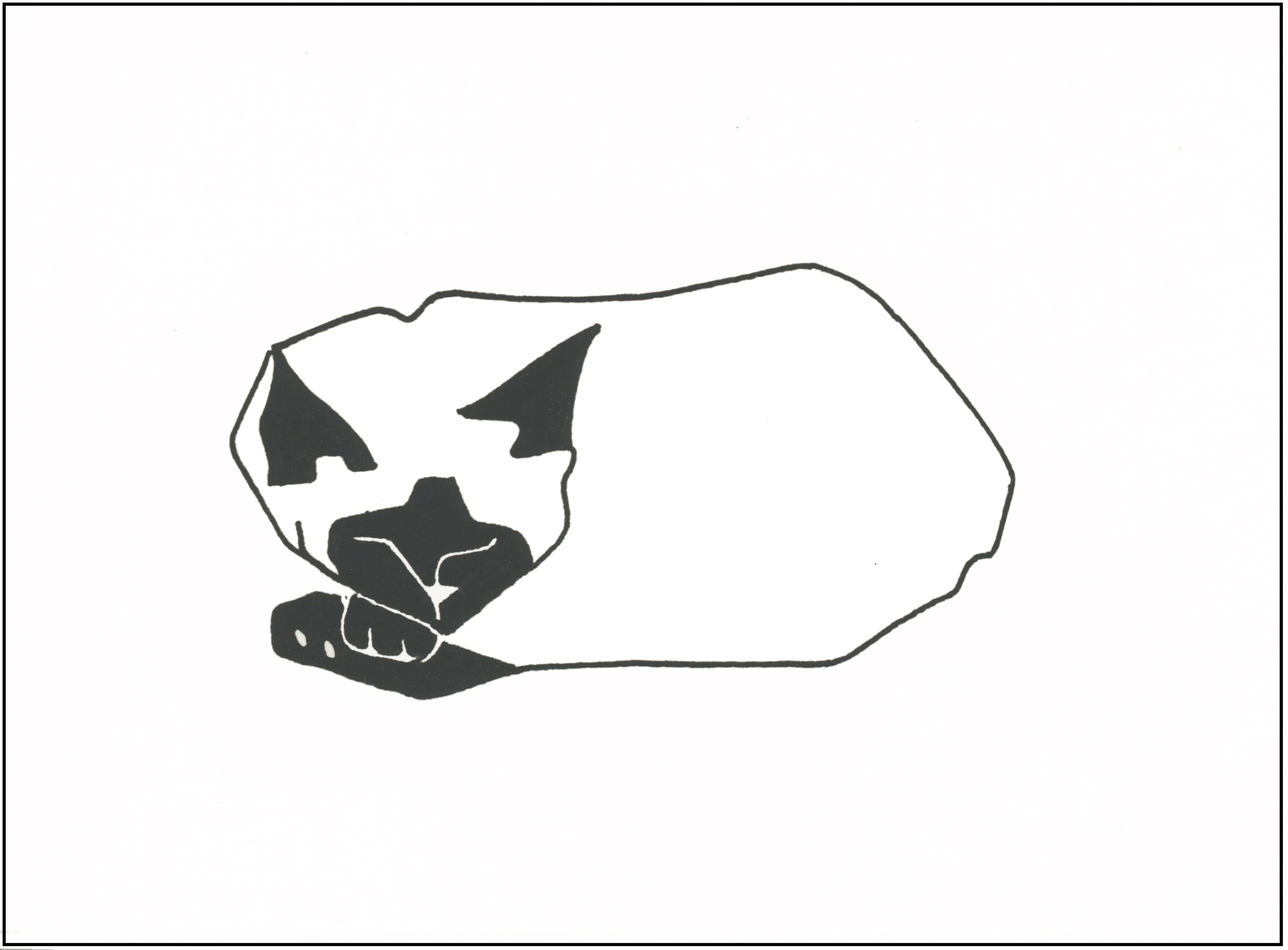

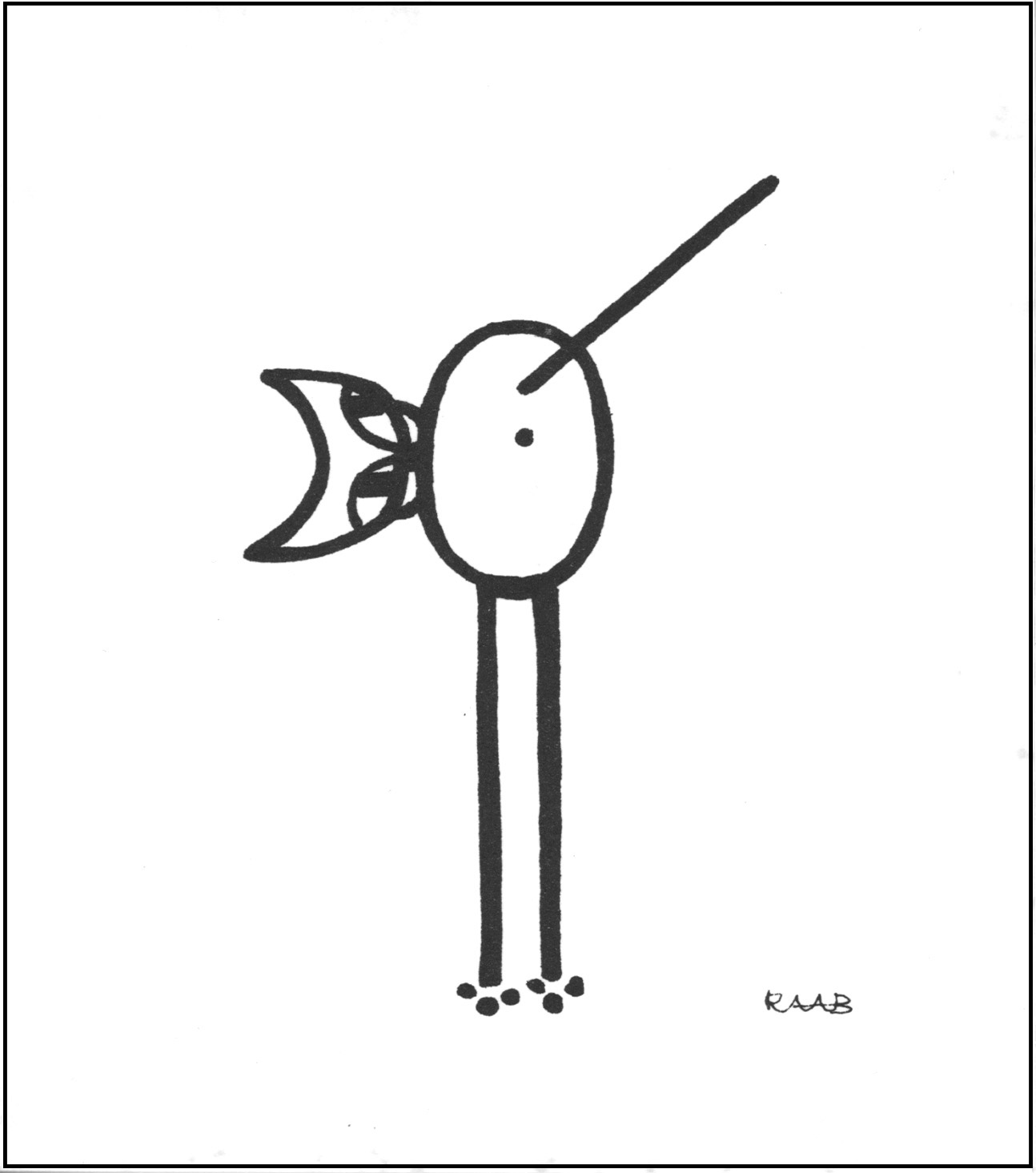




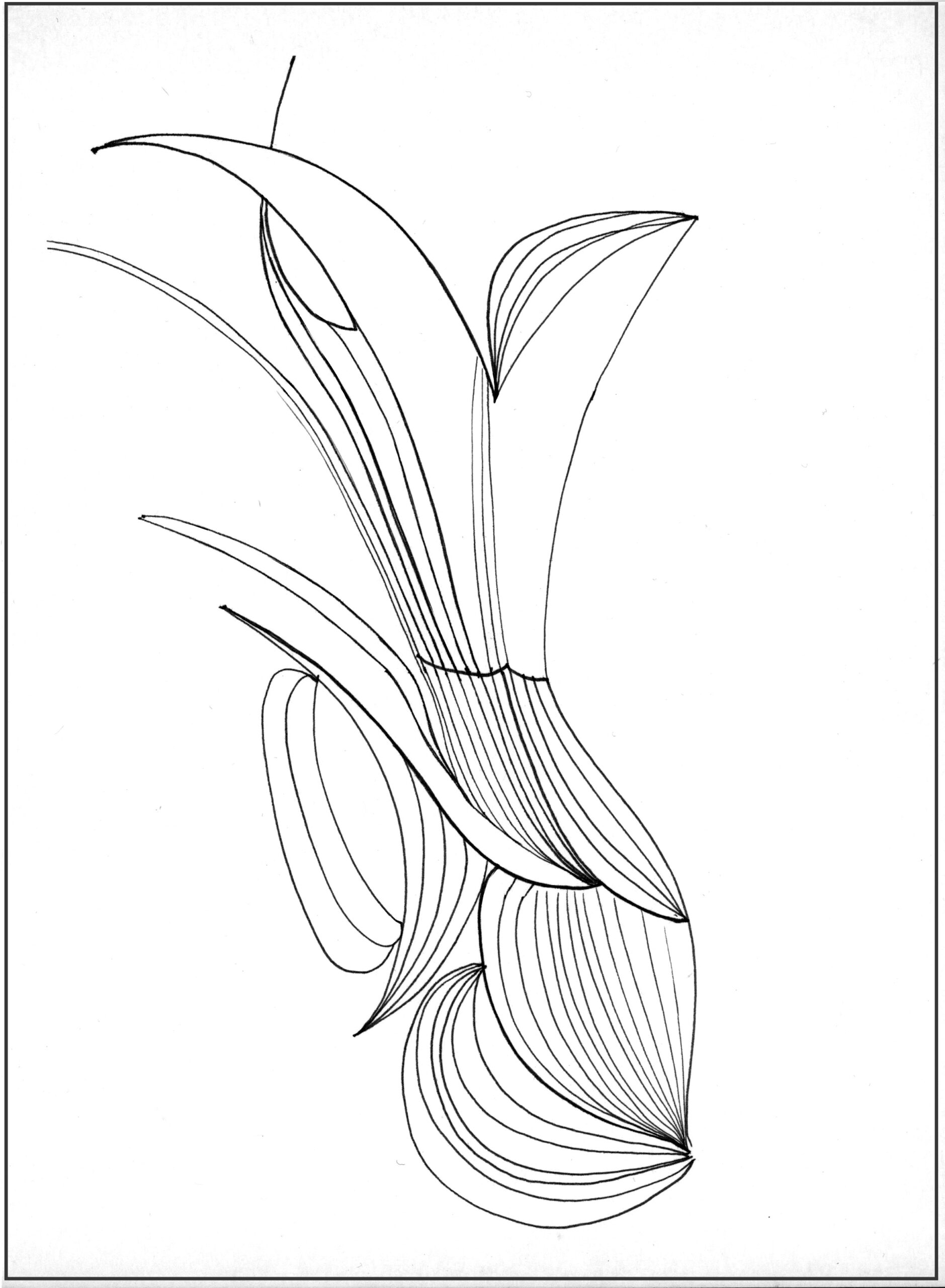

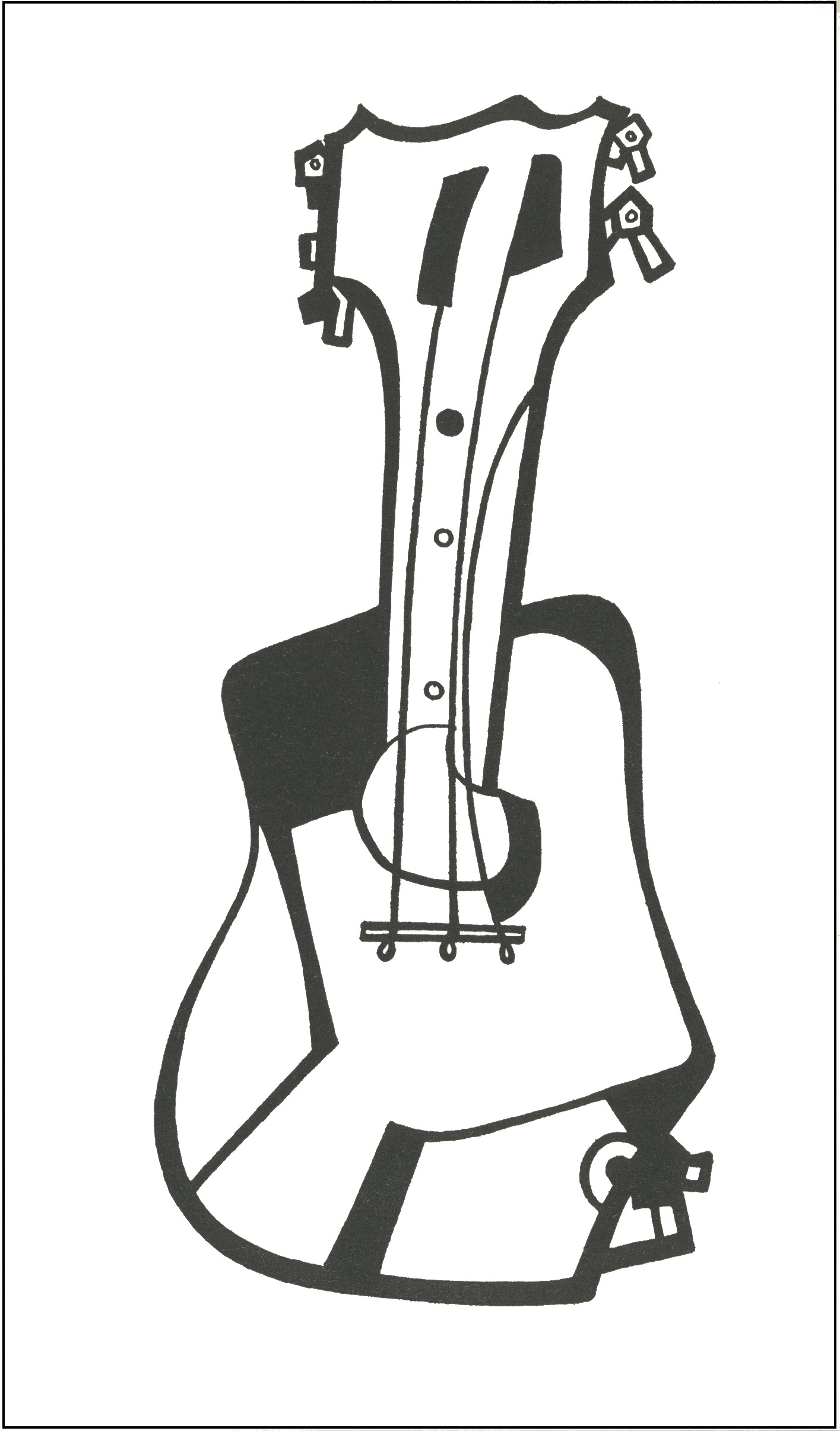
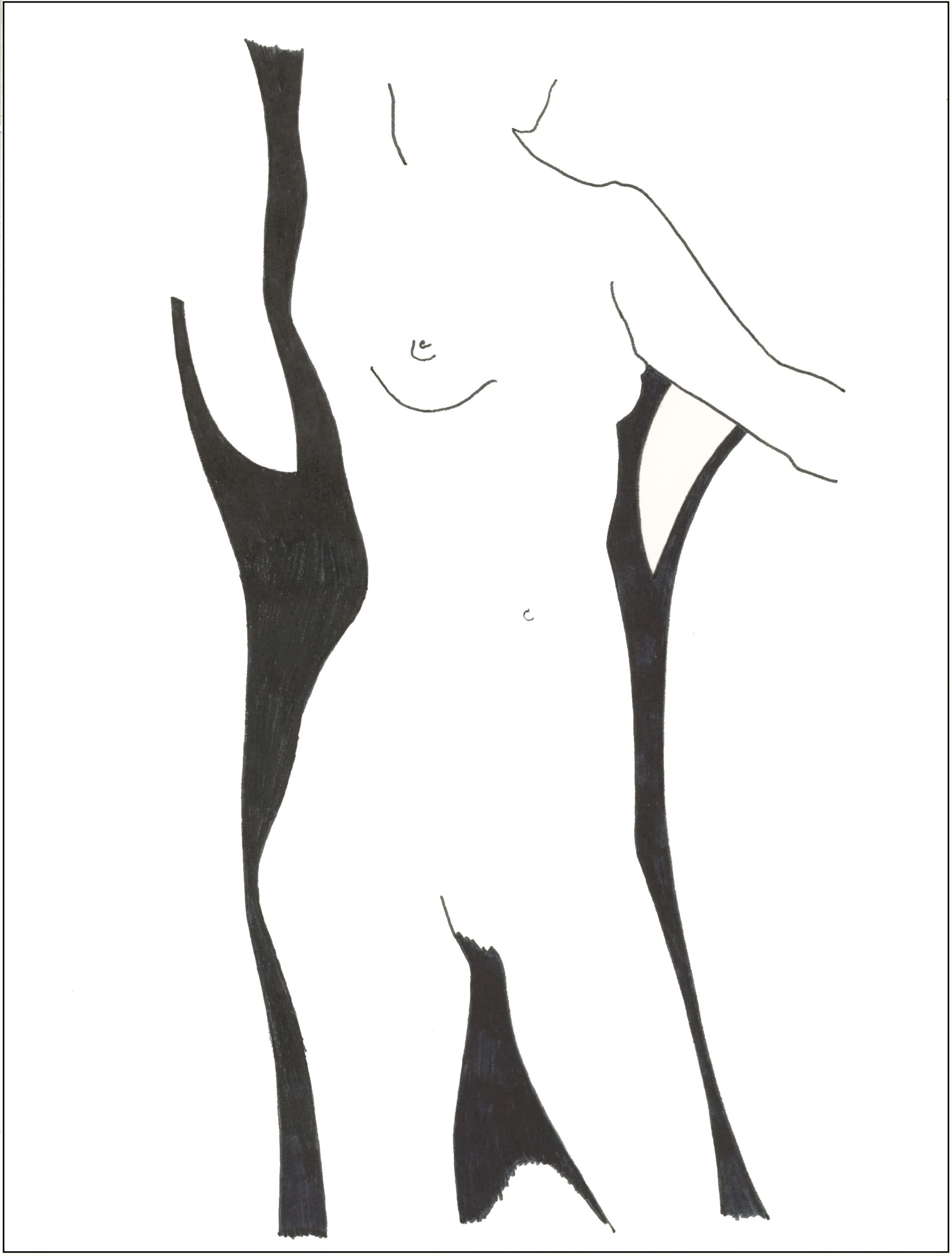

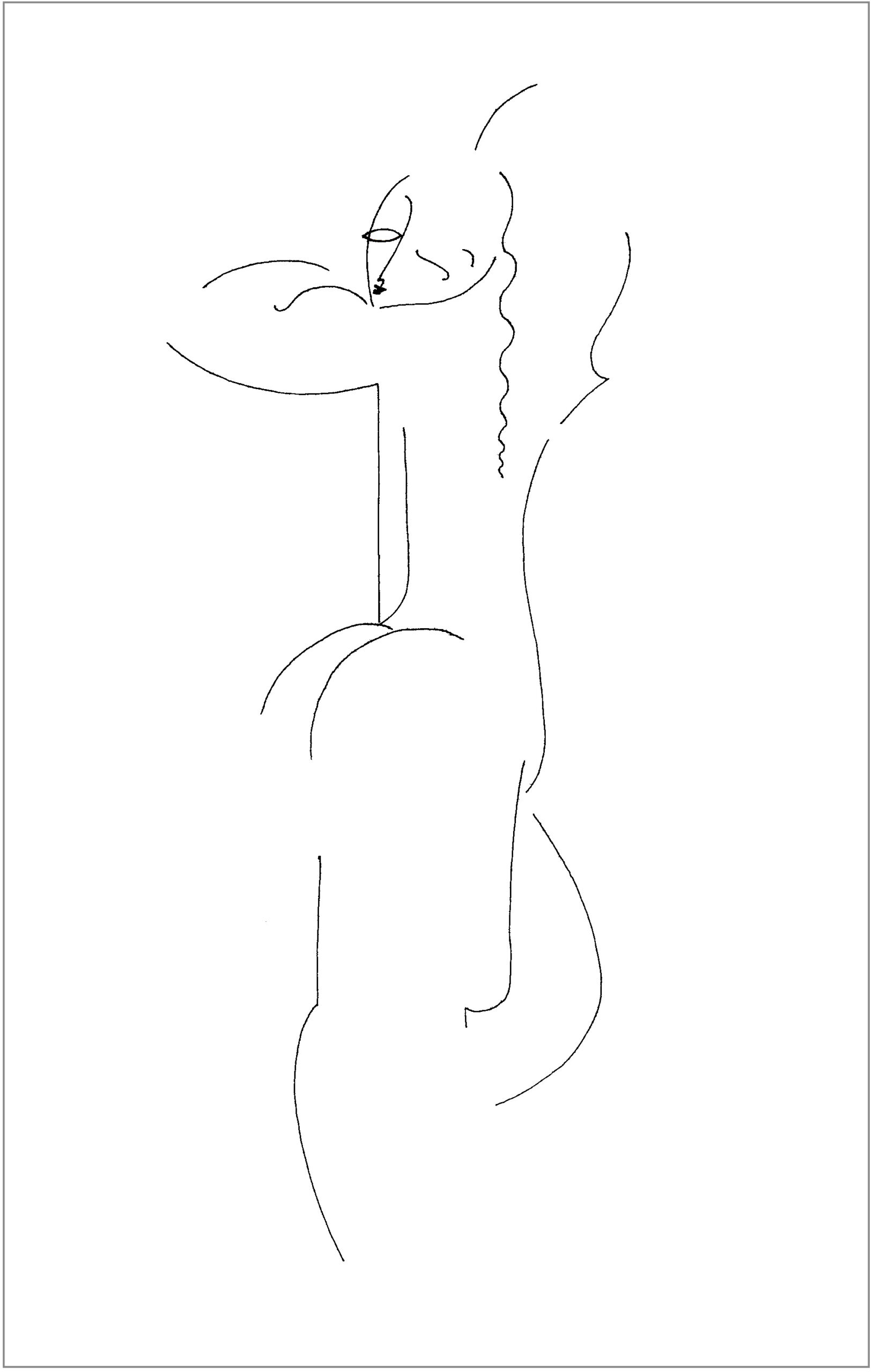
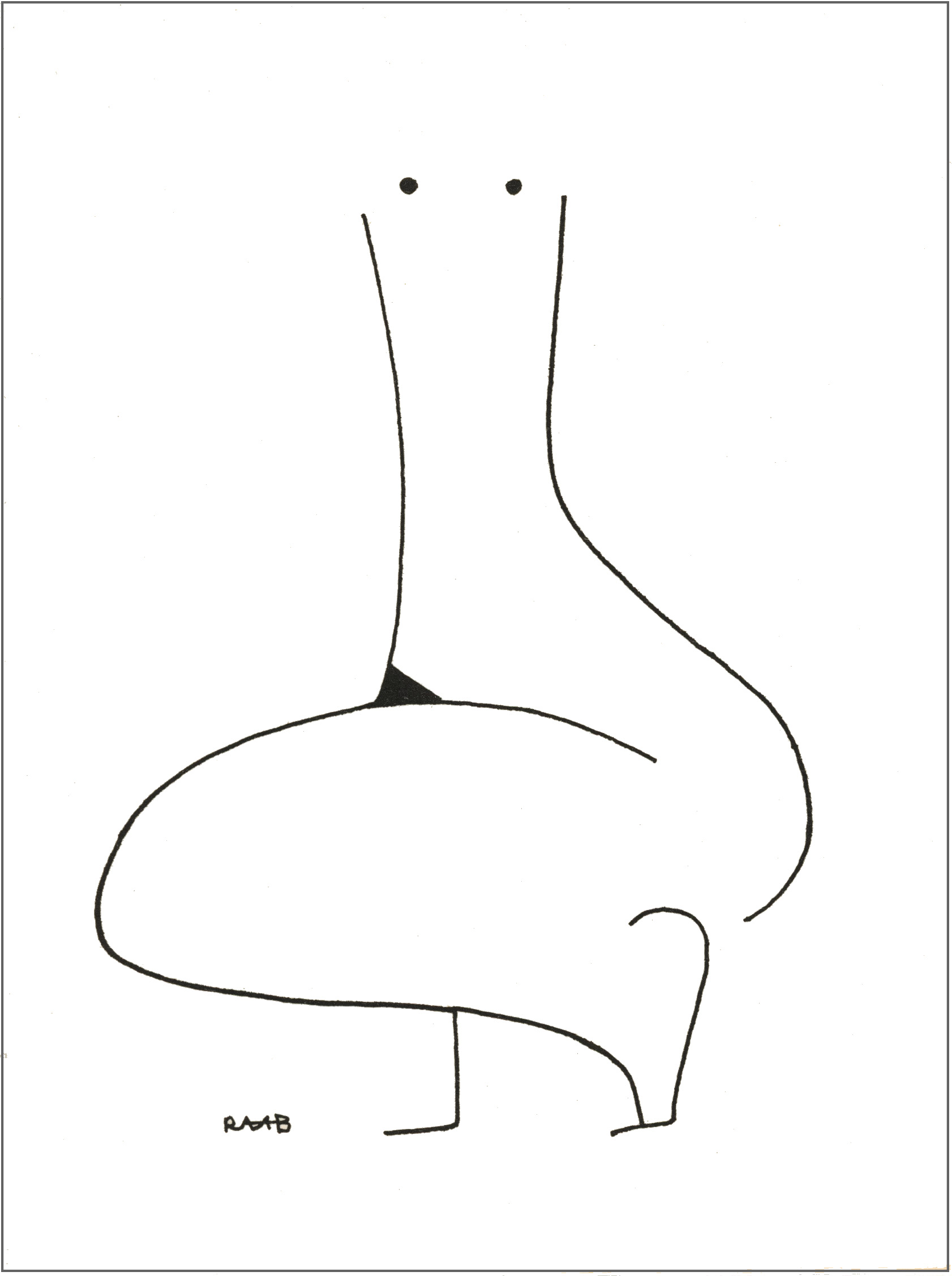
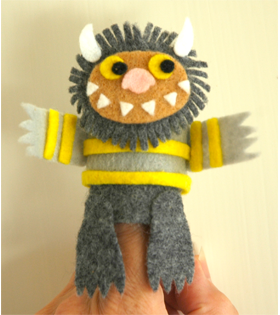

It all started when, on a whim, I bought a bunch of satin ribbon and nine inches of Ultrsuede at $60 a yard. I cut diagonal slits in it with a razor—the point being it didn’t ravel like fabric—and wove the ribbons in and out in a pattern. Soon I was calling all over the world, ordering select shades of Ultrasuede, matching fabric for linings, interfacing, magnetic snaps… I had “dies” made—metal edges embedded in wood—by an outfit in Oakland. Then, at a handbag factory, I rented—by the hour—a “clicker,” which pressed the dies so I could cut dozens of purses at a time. But, at the KPFA Christmas Crafts Fair, though many people admired my purses, they didn’t sell. (Admittedly they weren’t practical, since they didn’t have gussets. But also…I didn’t really like doing piecework. I enjoyed the designing but not the executing.) When I finally returned the double-needle industrial machine—with a split needle bar and reverse lever—that I’d been renting, I was ready for a new venture.
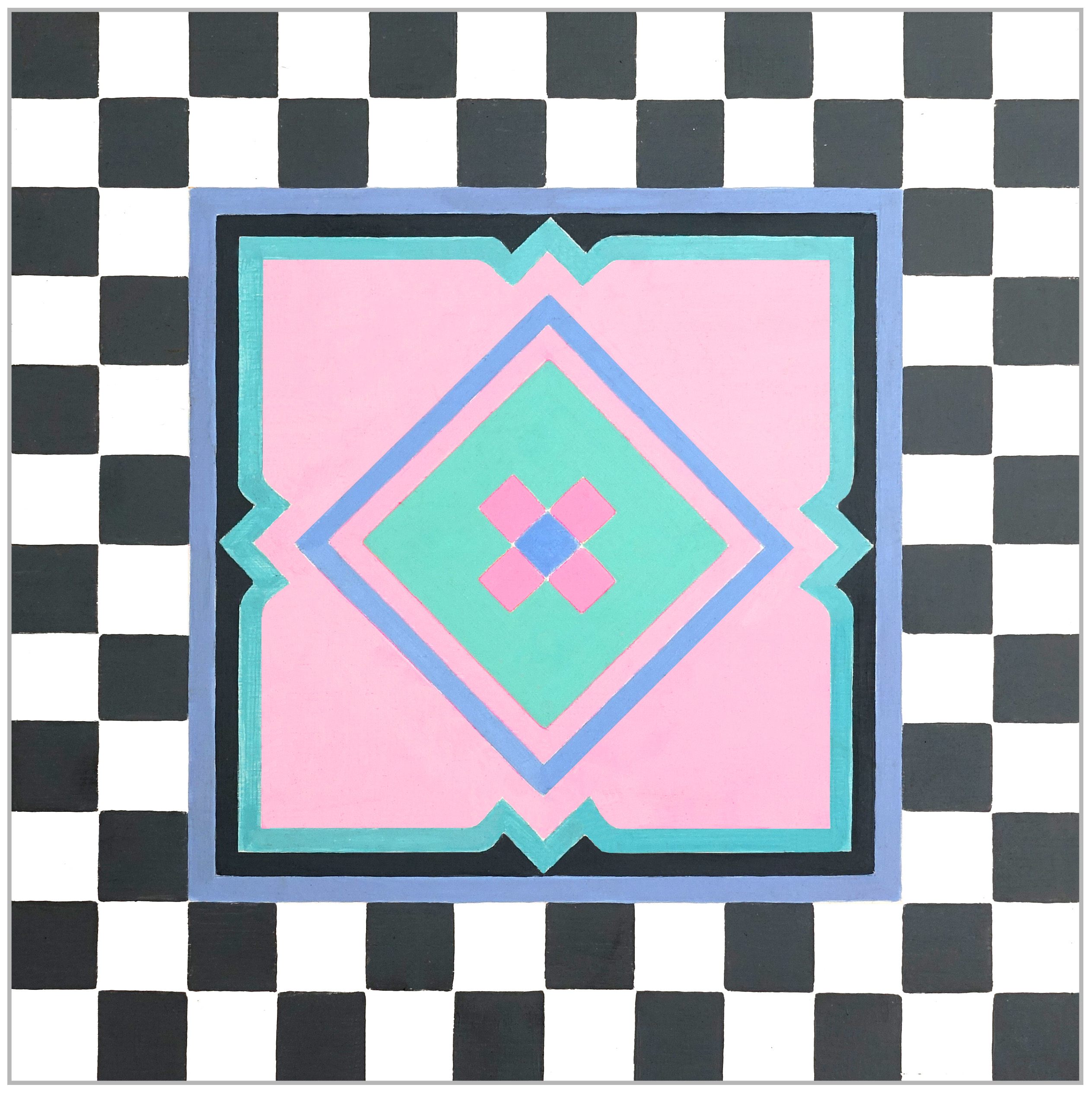
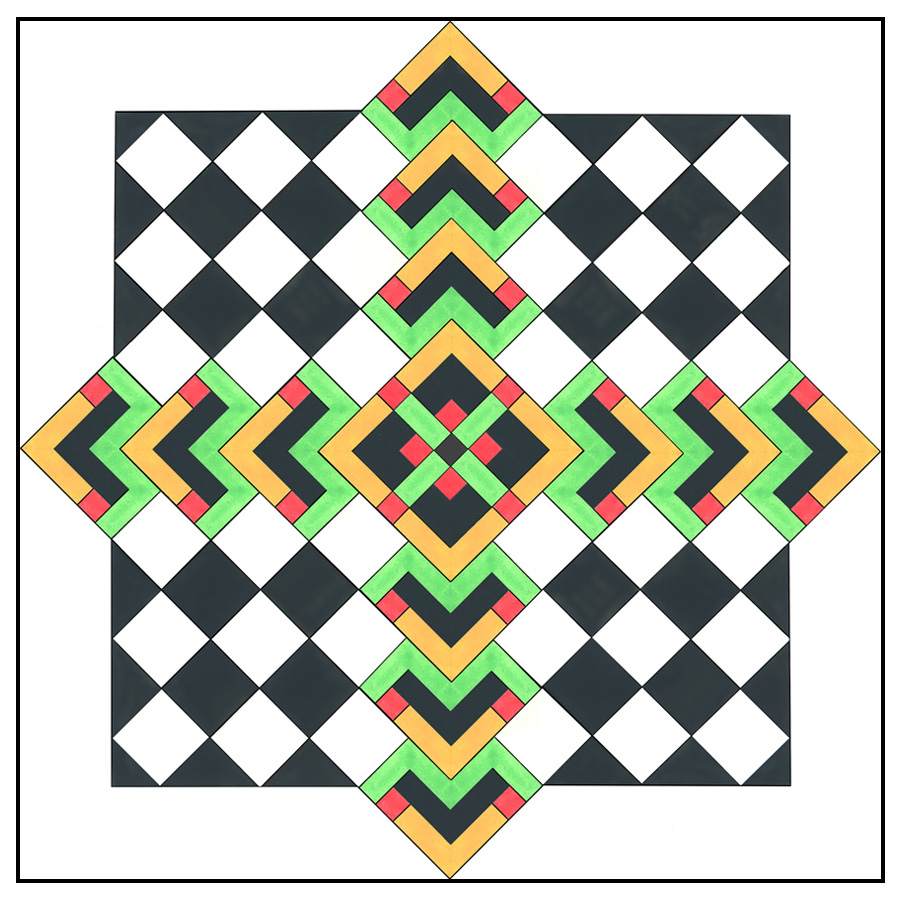
“Somebody Grab That Dog,” my first story, is about a child who grabs hold of the leash of a runaway dog and gets dragged off on a wild adventure through harrowing and far-flung habitats, including a jungle and a river “wide and brown.” I’d always felt a deep sadness about my father’s disability, and his recovery was both liberating and inspiring to me.
Below is an excerpt from the dummy I created.

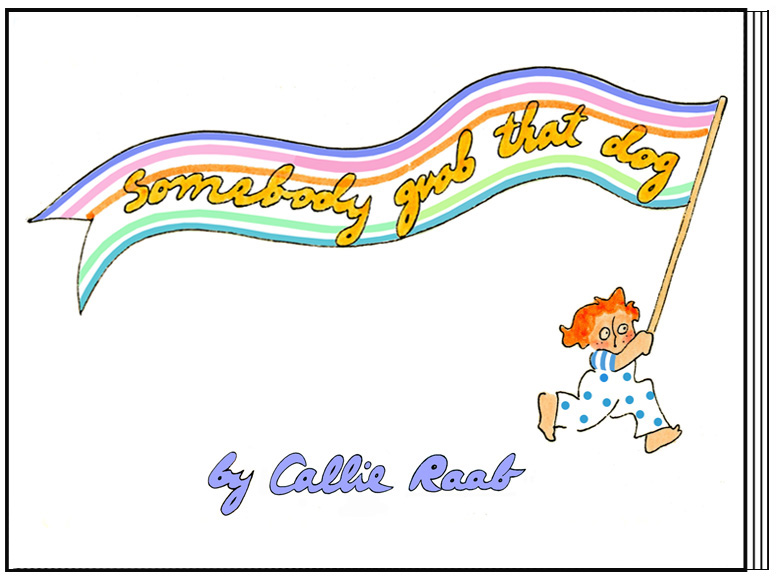
Eager to author another children’s book, I cast around for inspiration and came up with the idea of a story about friendship, based on my childhood adventures with my pal Wolfy in St. Anthony Park, which quickly and inexplicably veered off into a fairy tale about an imperious little princess who doesn’t believe in fairy tales and her savvy little fool who knows better.
That’s when I set out to become a “real” illustrator. I put away my sewing machine and fitted a sheet of plexiglass over the recessed area in my sewing table, placing a flat florescent light under it—to serve as a drawing and tracing table.

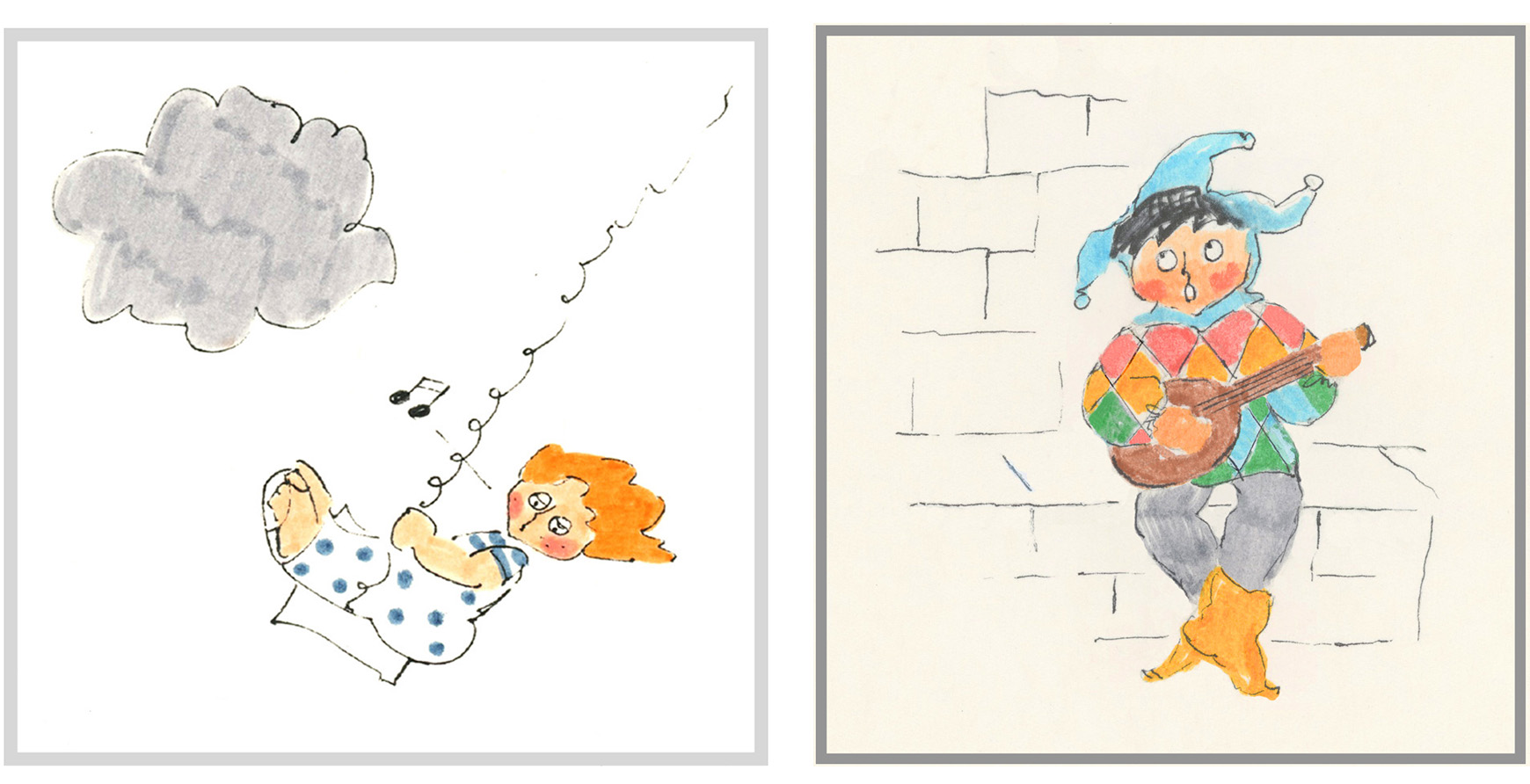
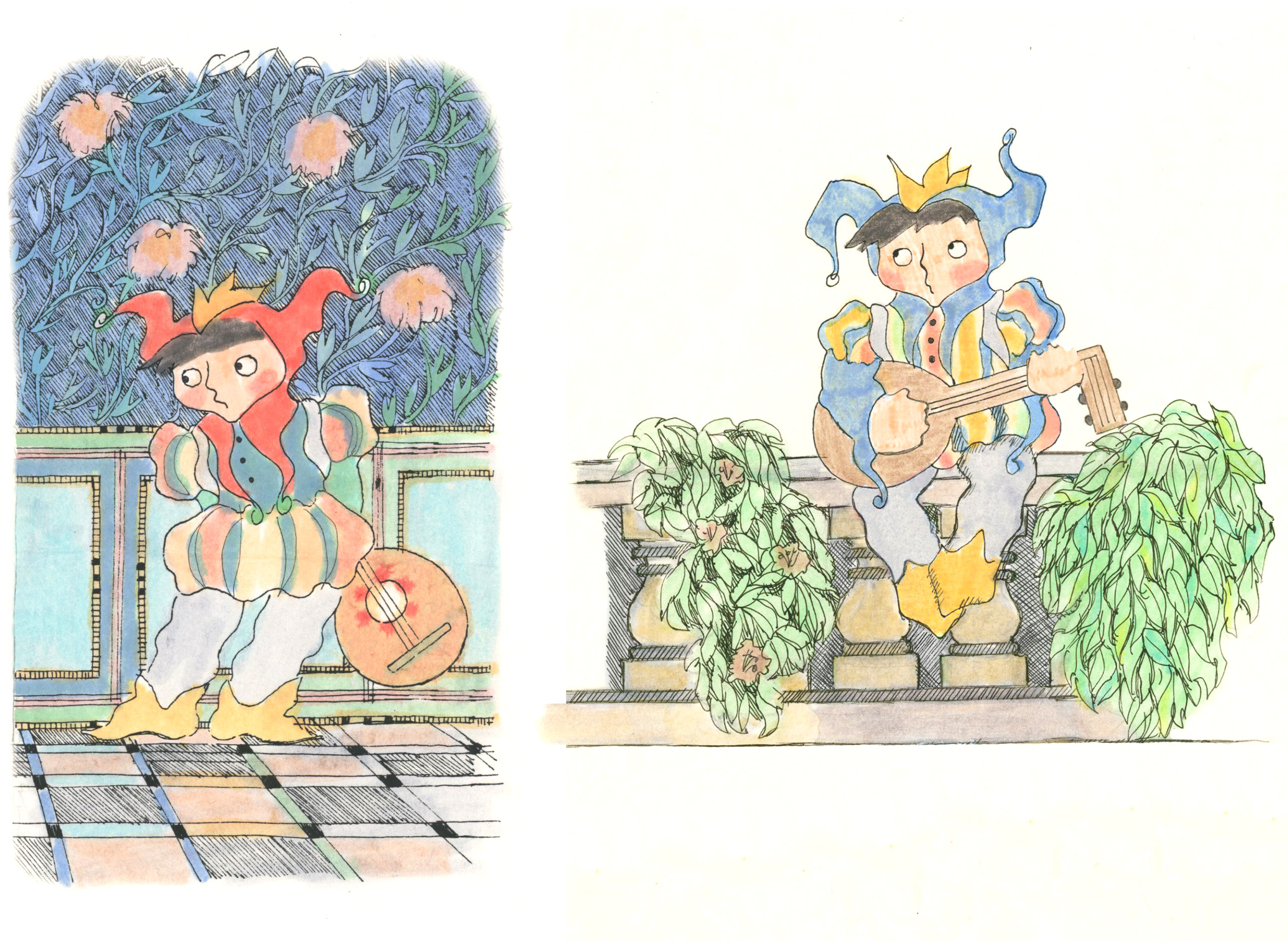
At Amsterdam Art, I discovered pastel markers that I tried out to get more subtlety in my colors—also, a rapidograph ink pen that, with the finest nib, allowed me to explore intricate textures.

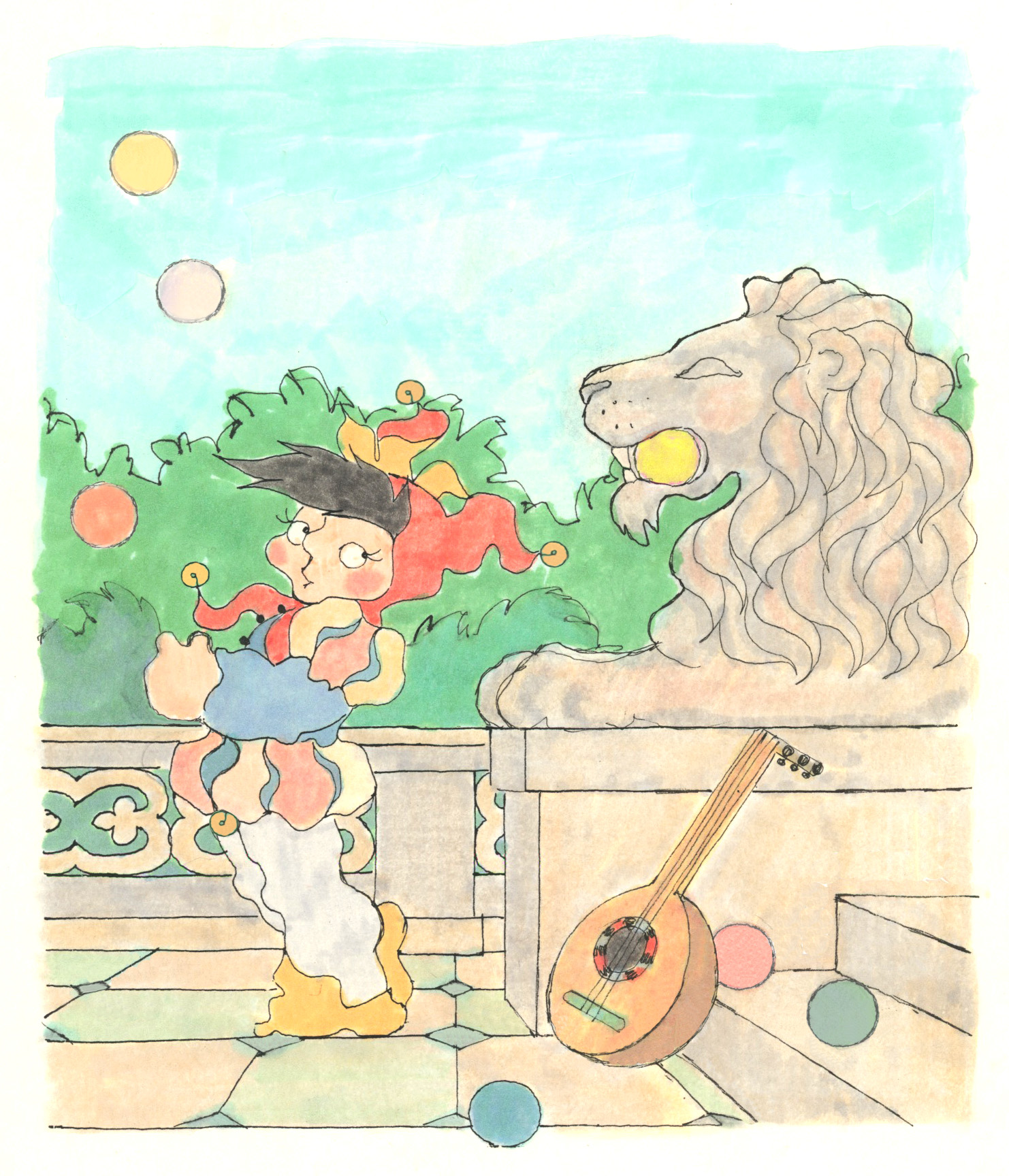
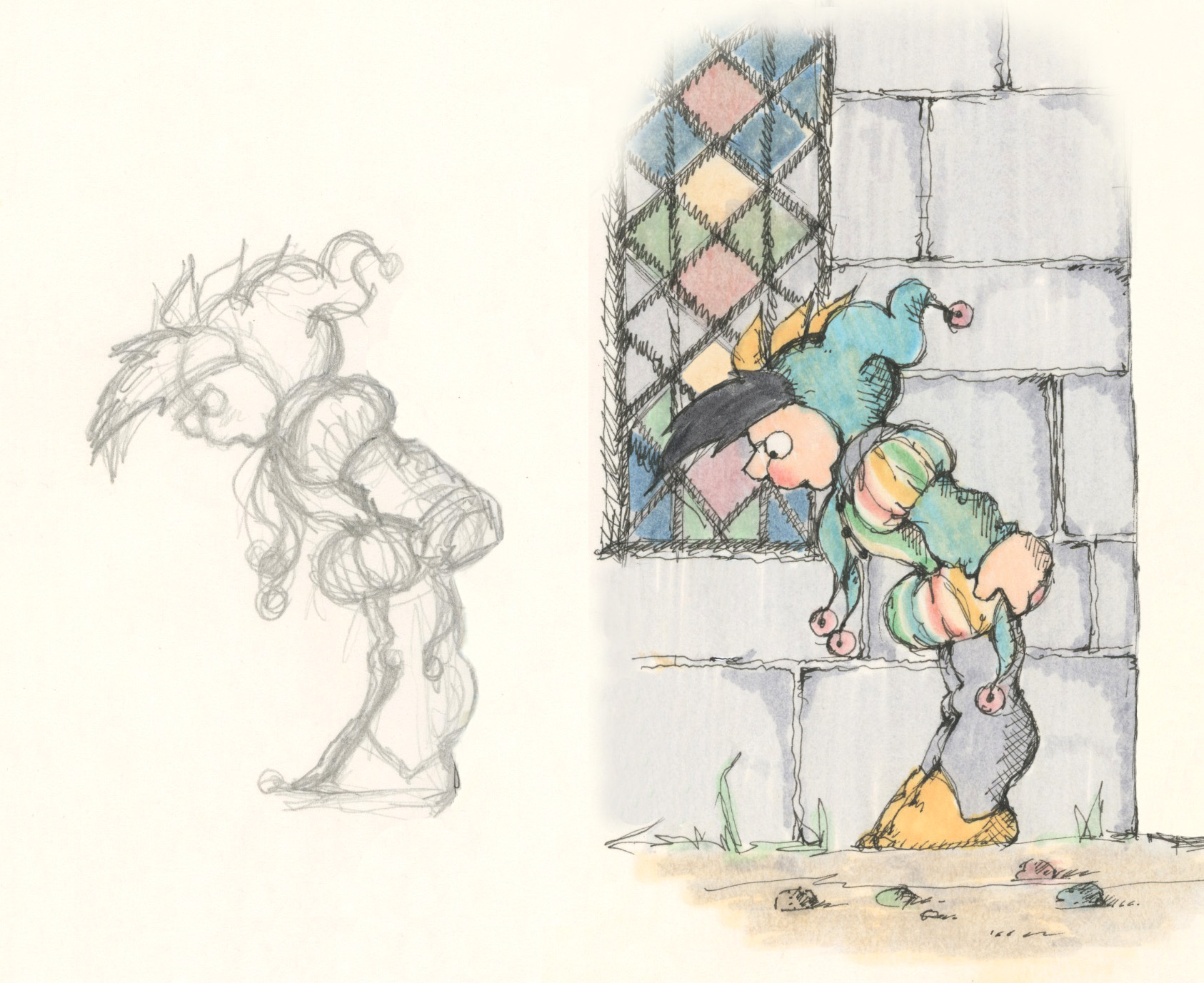
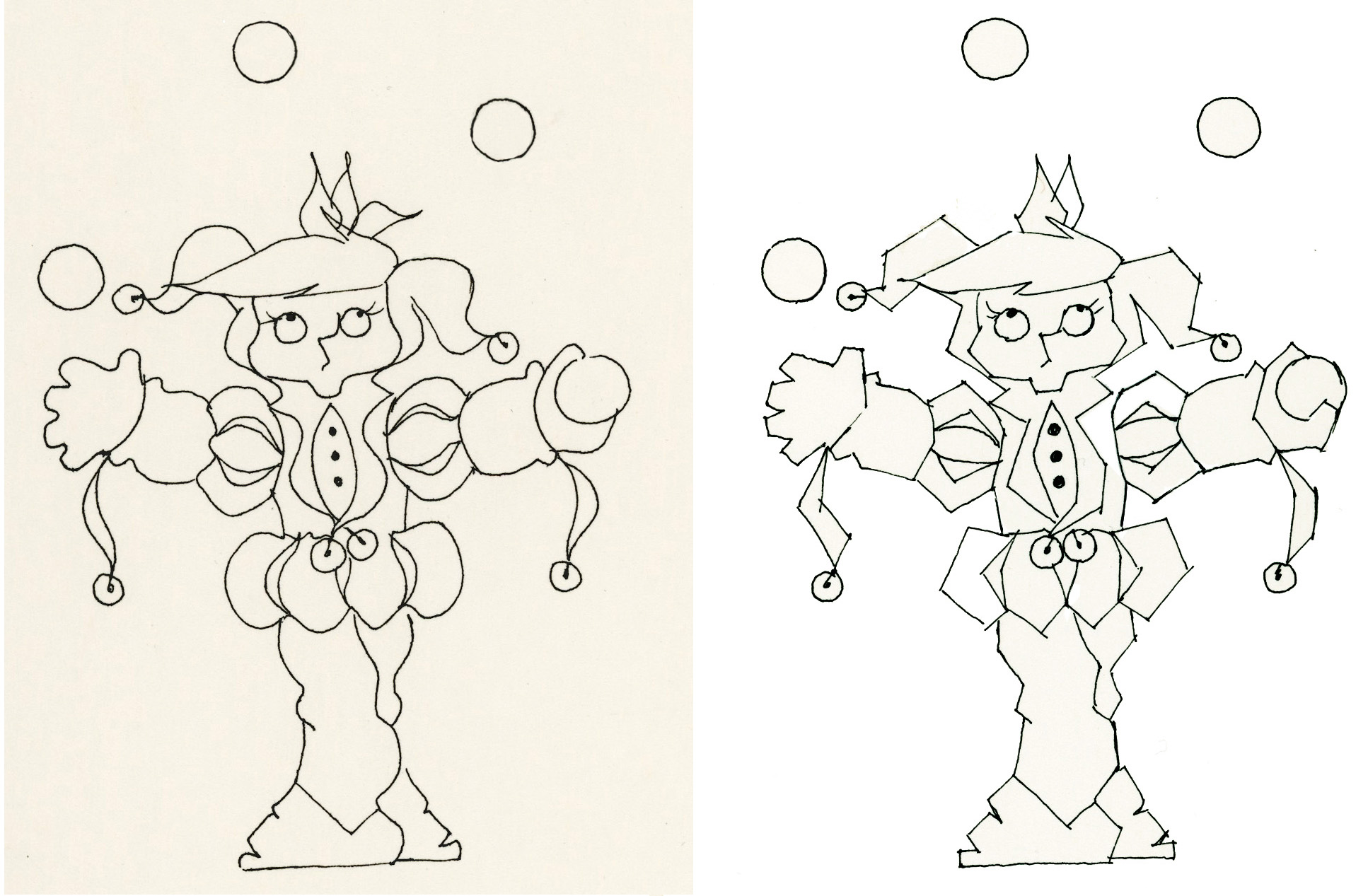
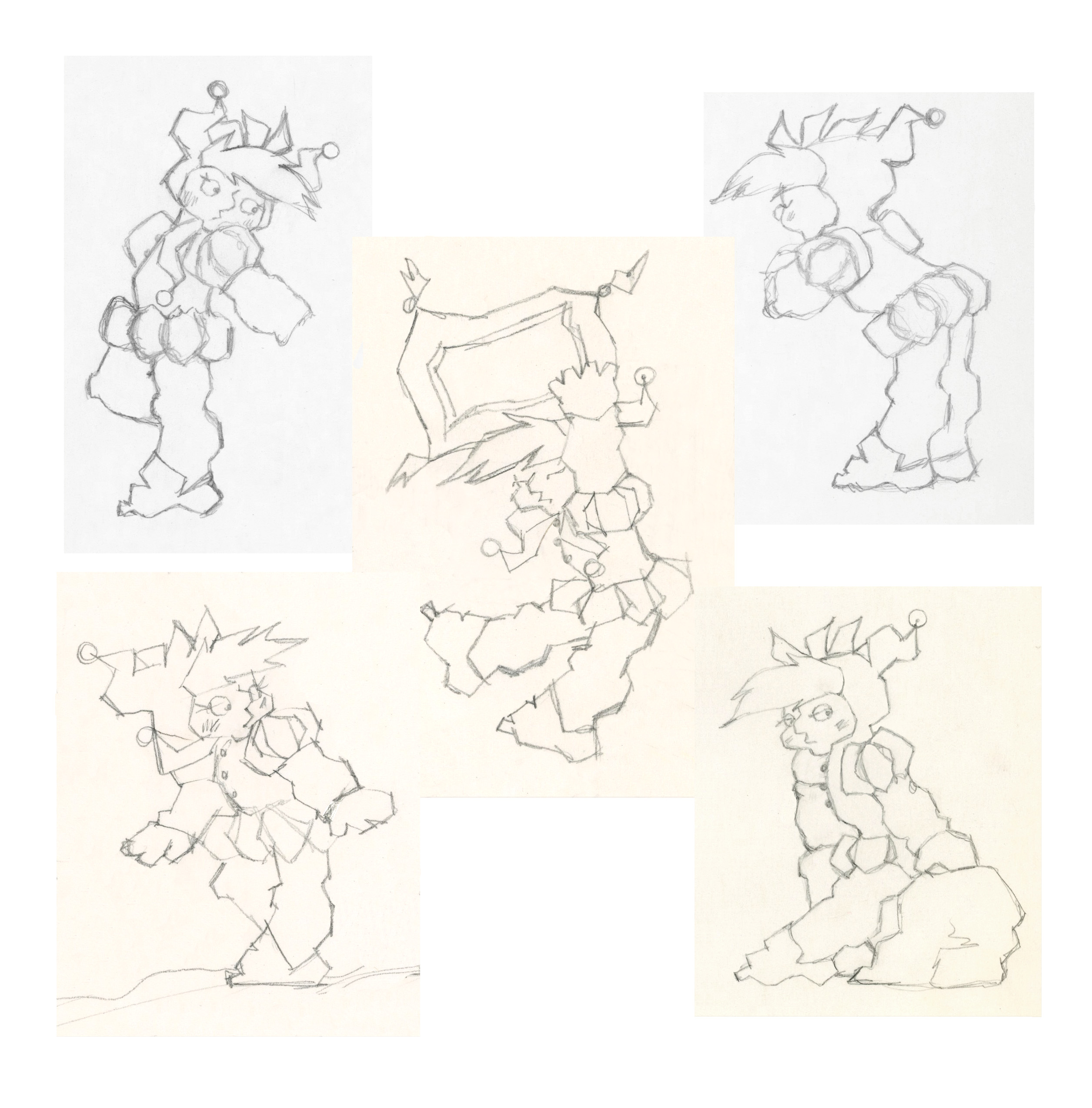

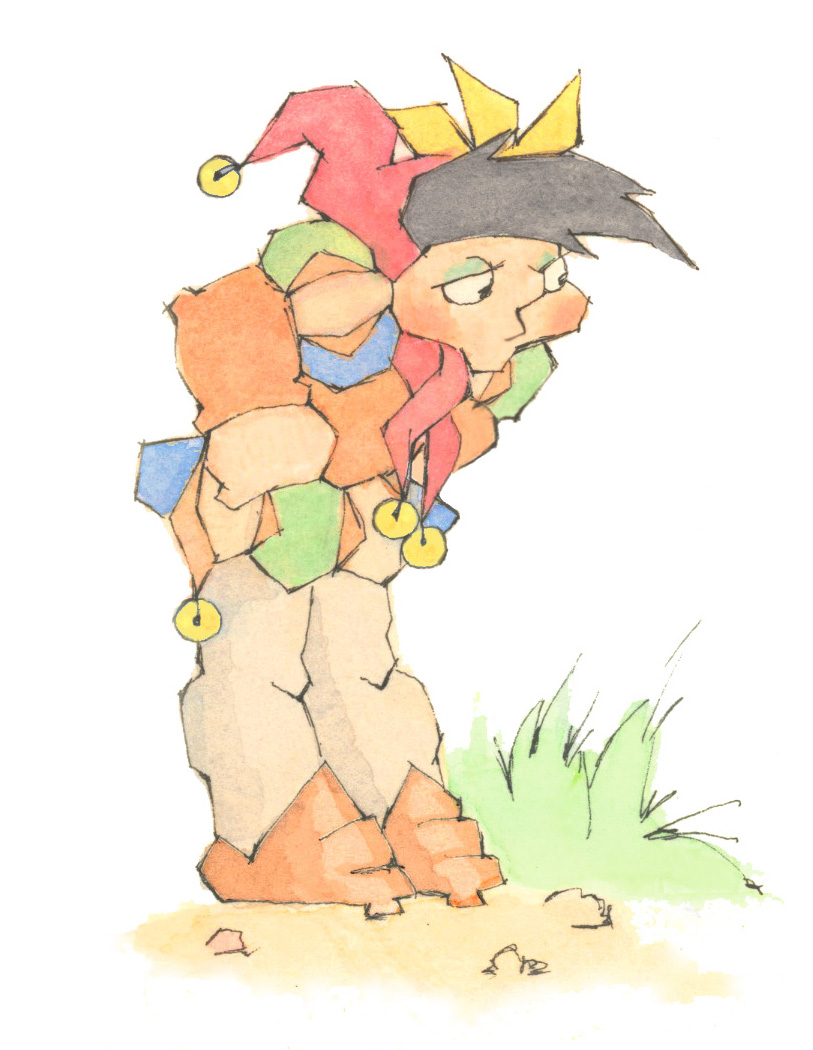
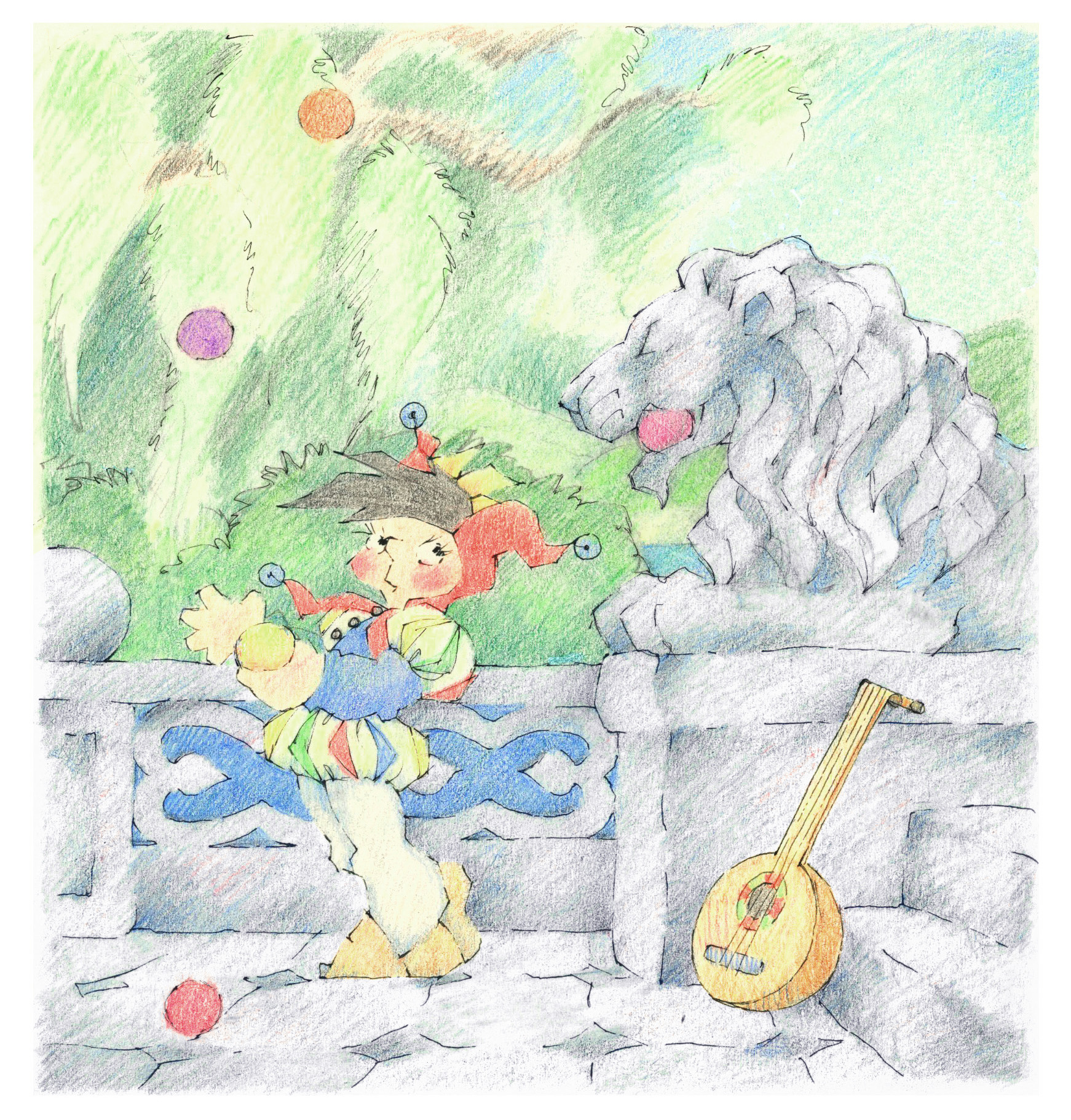

In the end I abandoned the pen and started doing the dark outlining in black colored pencil, though the dust from it smeared and muddied the nearby colors as my hand dragged over the image during drawing.
Luckily, I would find when I got a computer that I could make my colors clearer again in Photoshop.
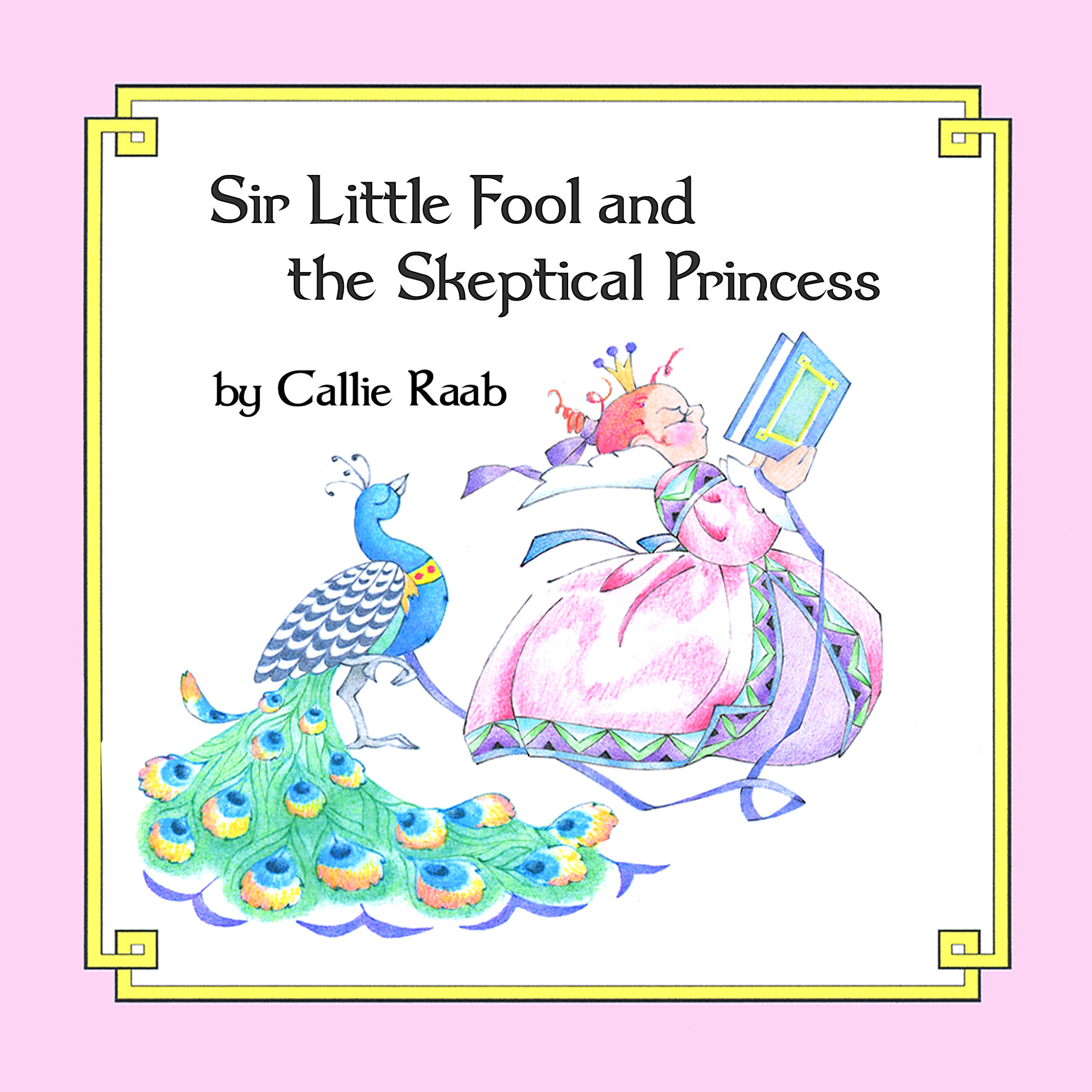
Sir Little Fool and the Skeptical Princess will be available as an ebook on Amazon this spring.
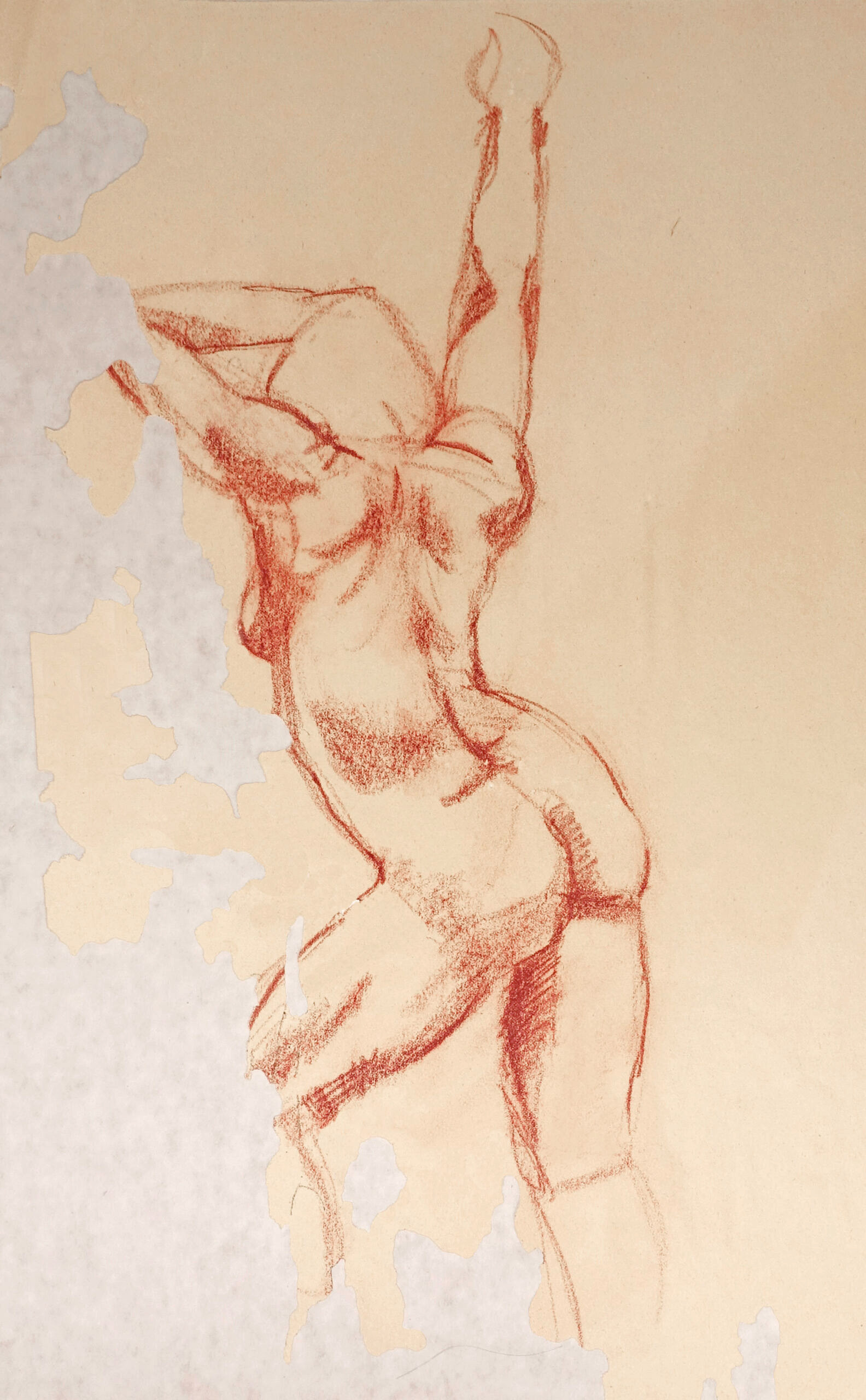
I stowed my drawings in a storage room in the basement of my apartment building, where most of them eventually got chewed up by termites.
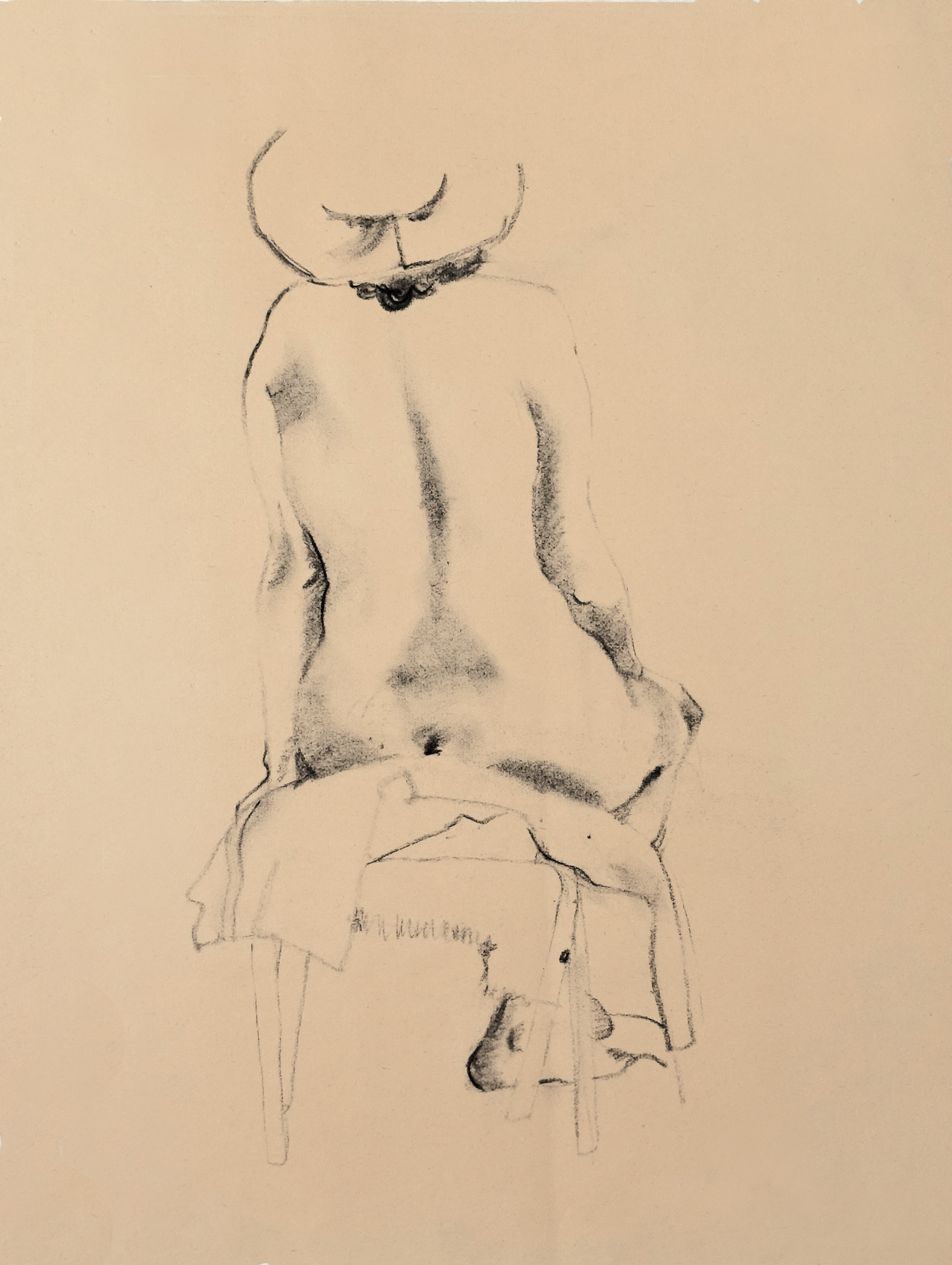
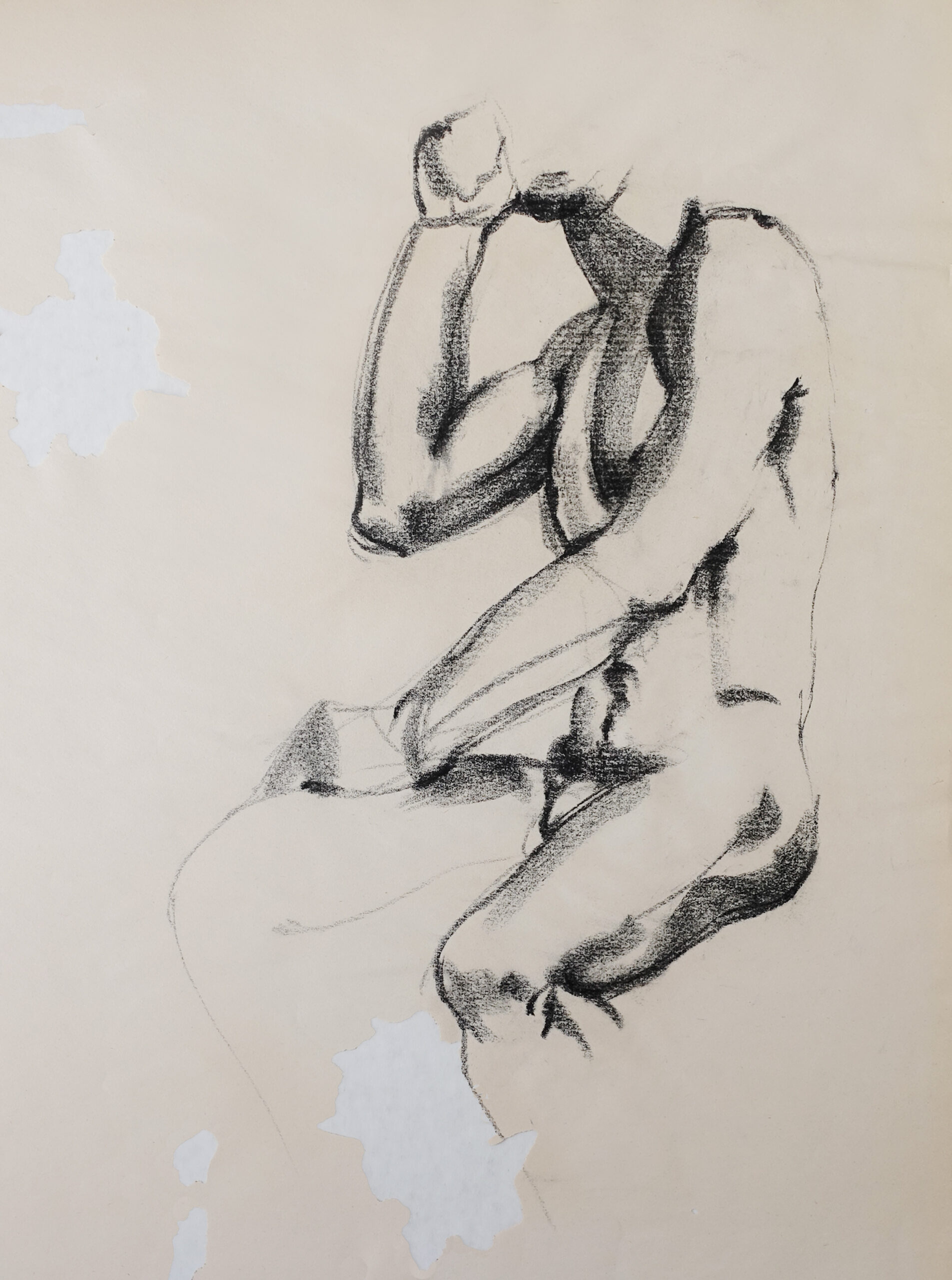
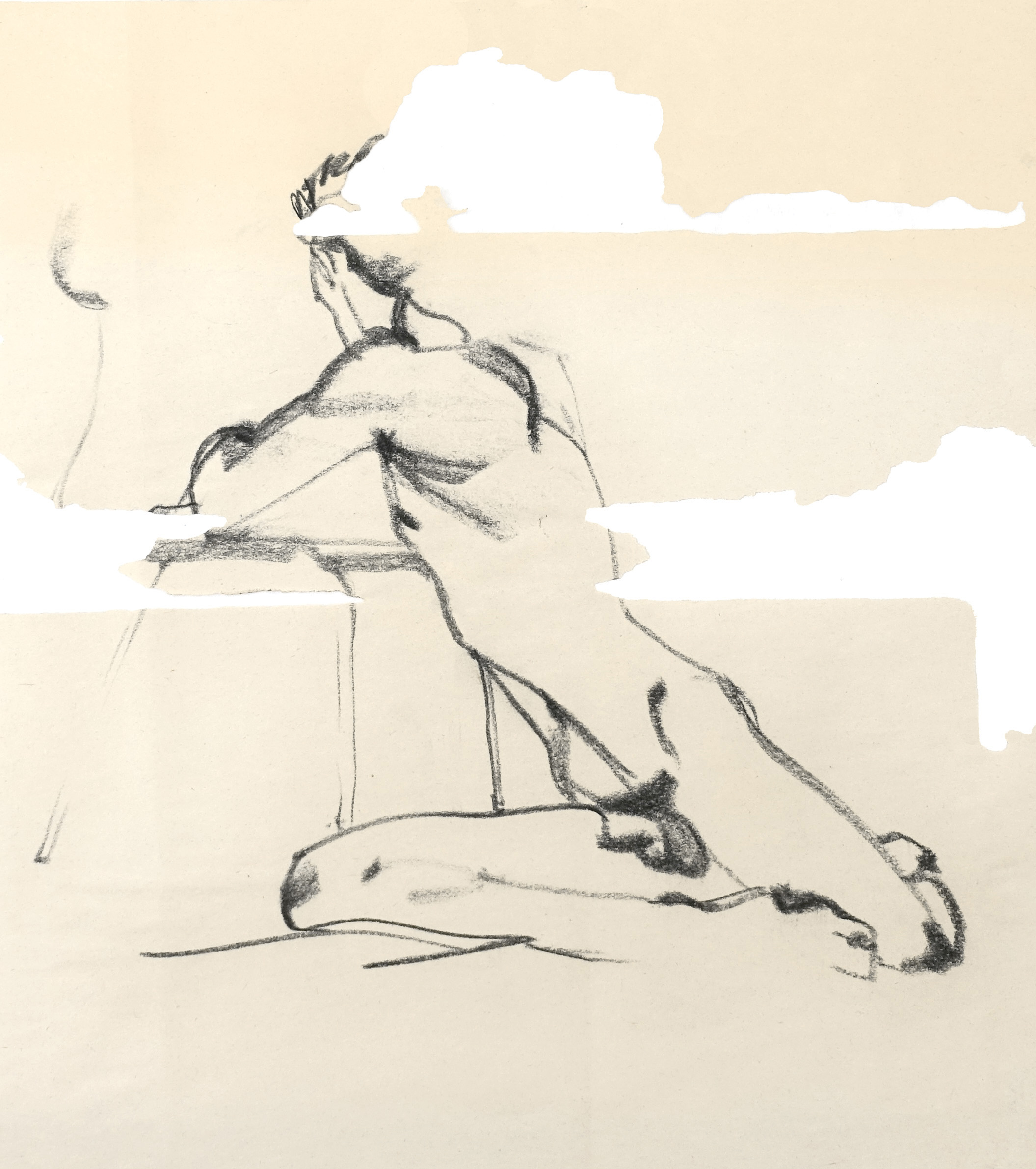
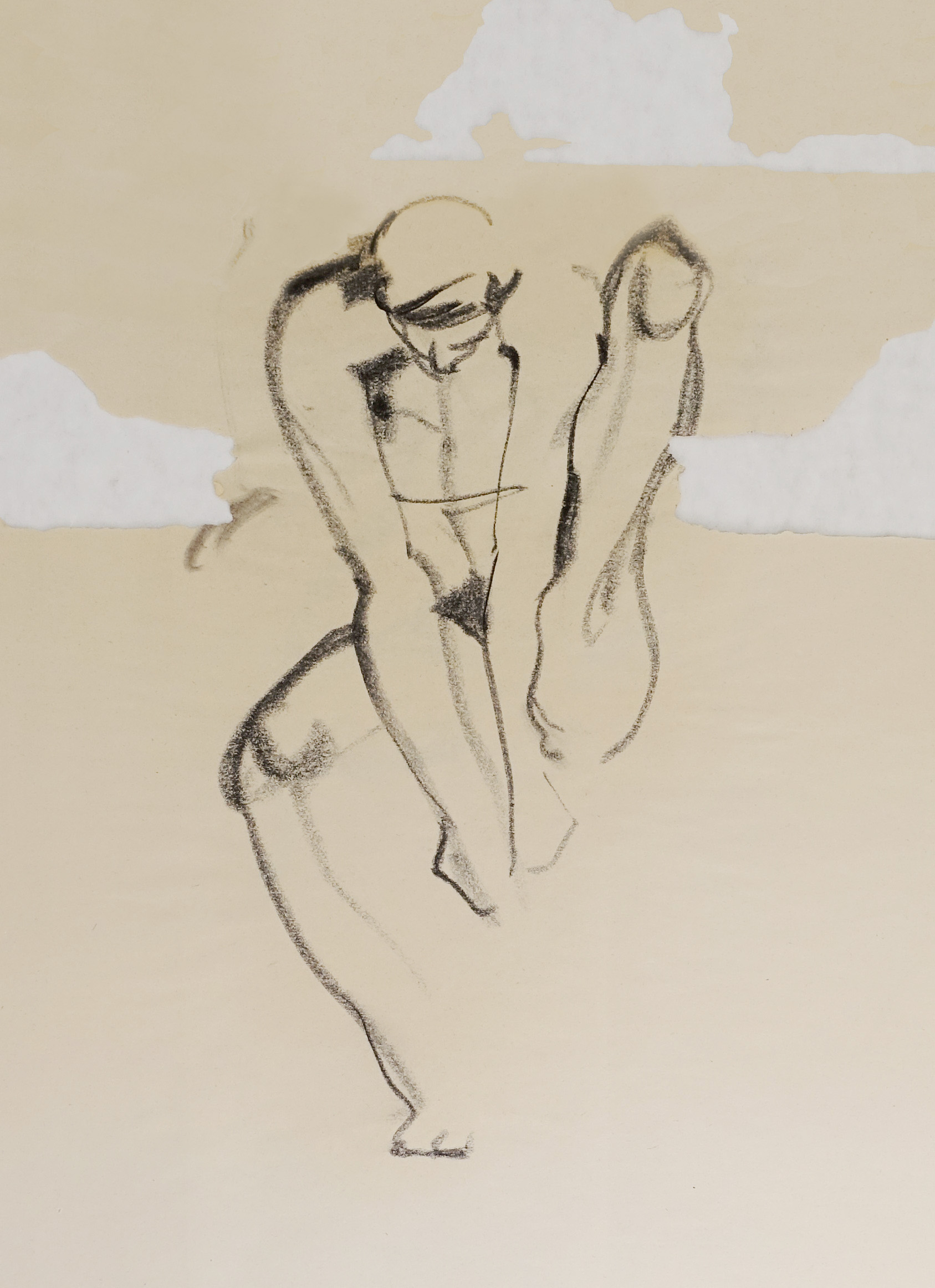
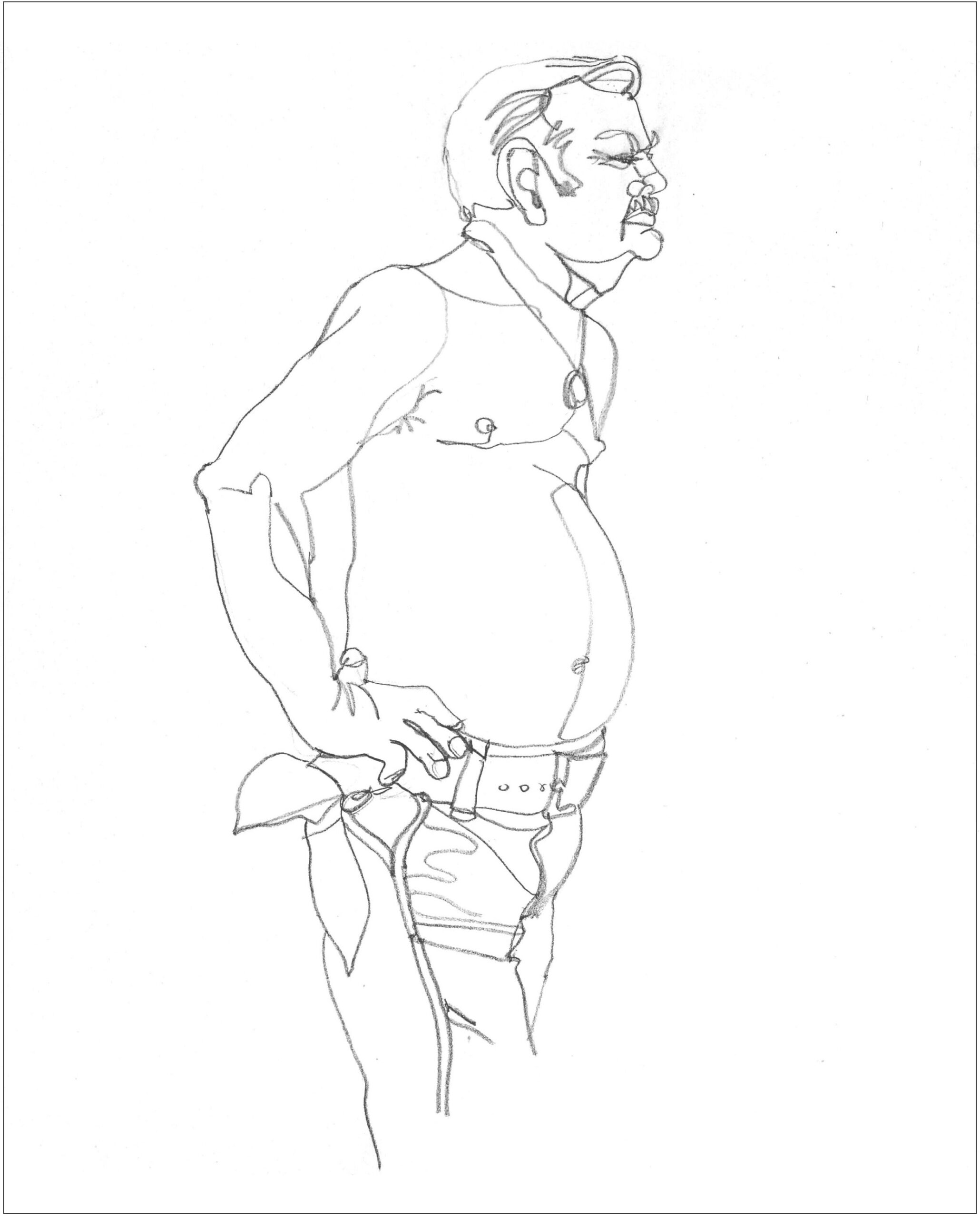
The following year I went on to write “Prince Beauregard and the Beast Baby,” a fairy tale about twin princes who are separated at birth, one growing up in luxury and privilege…
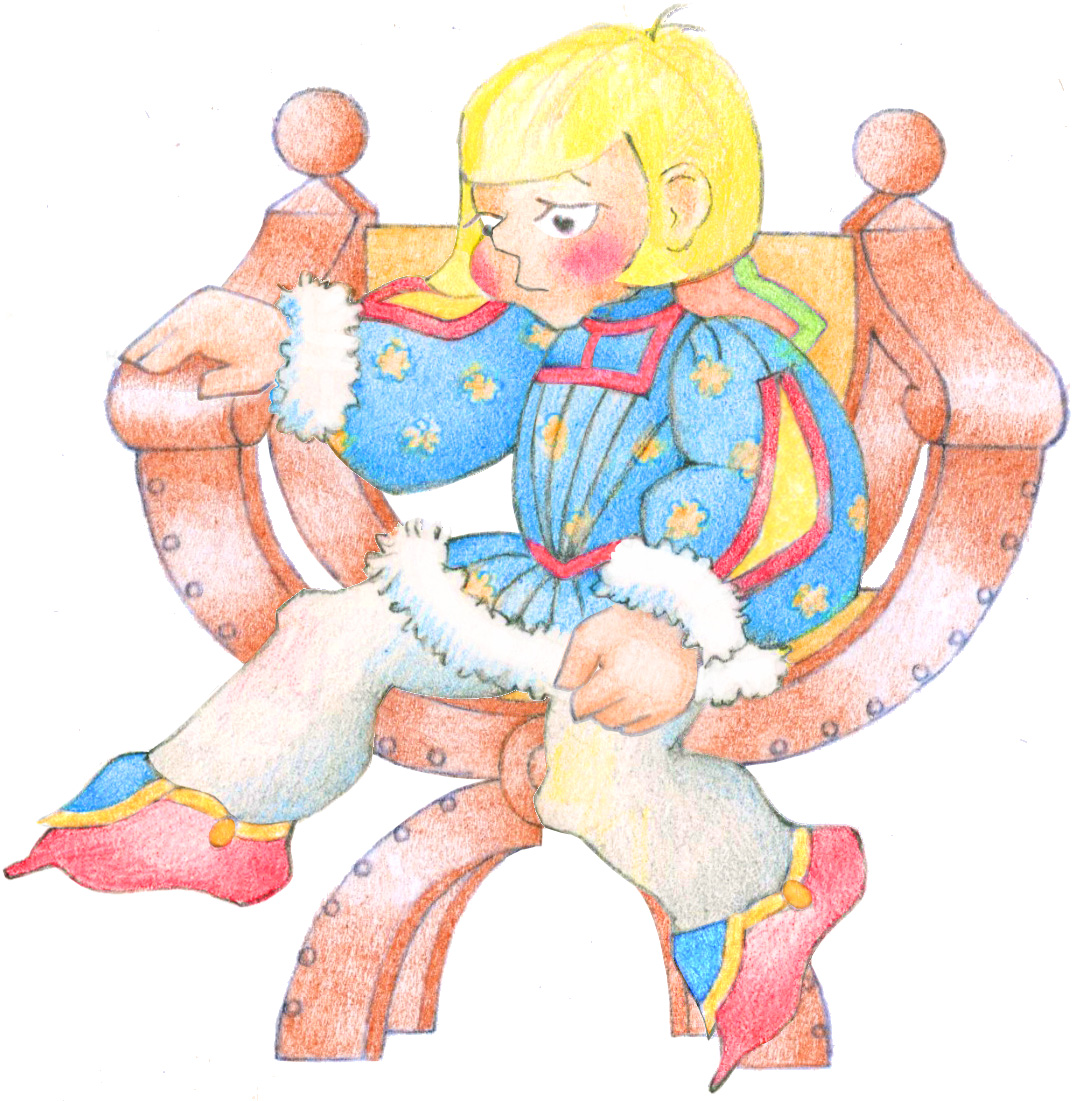
From Sir Little Fool and the Skeptical Princess:
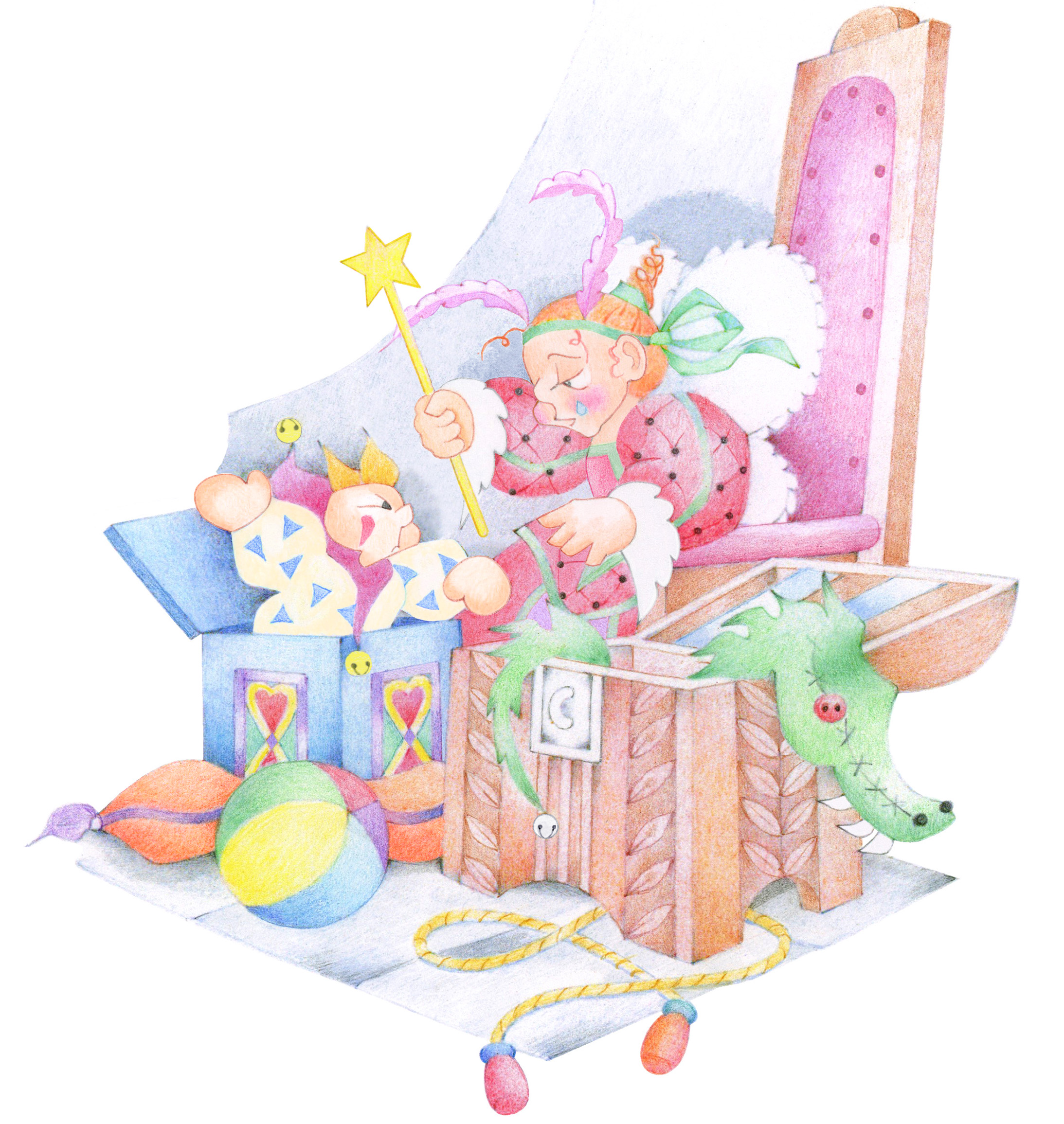
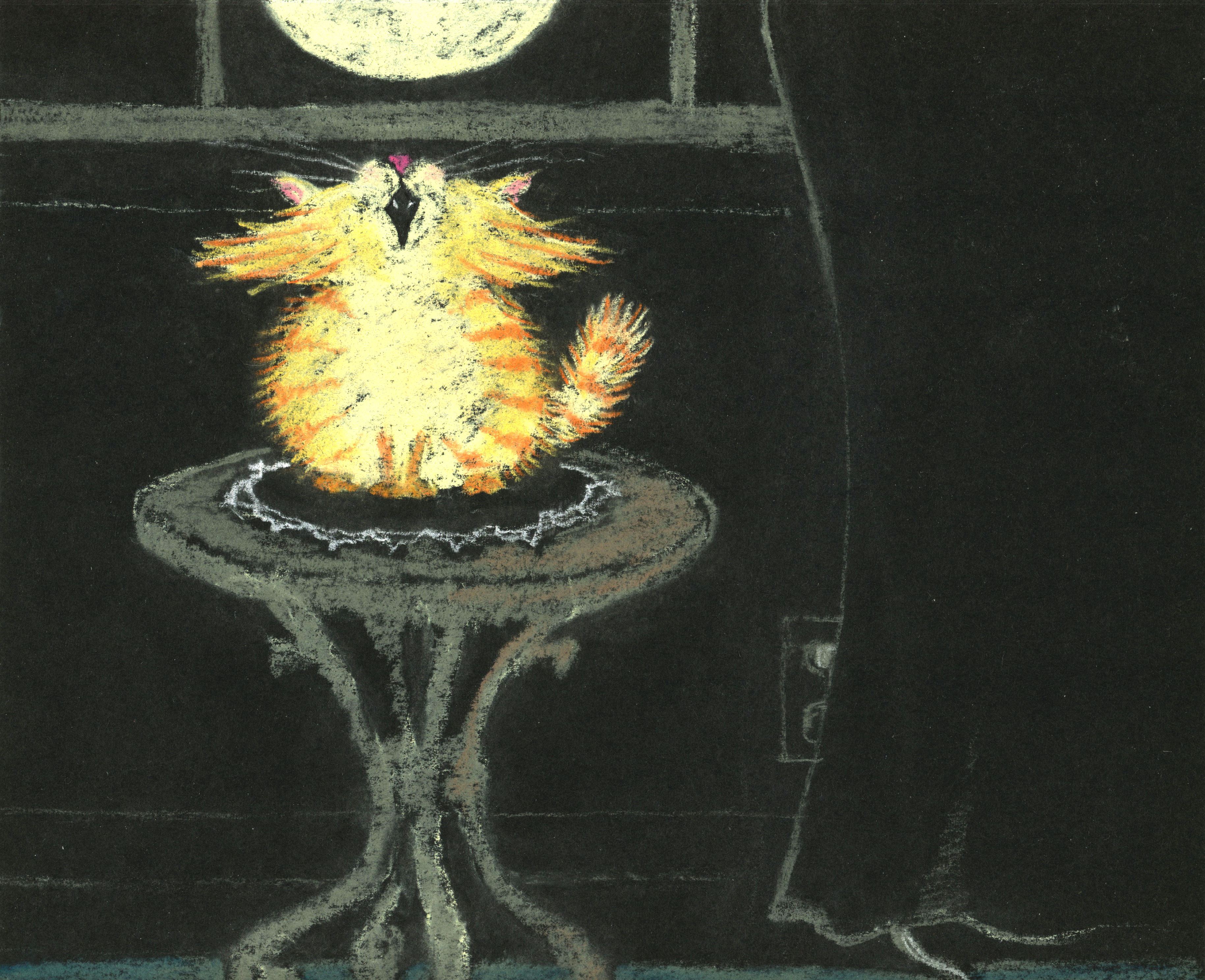
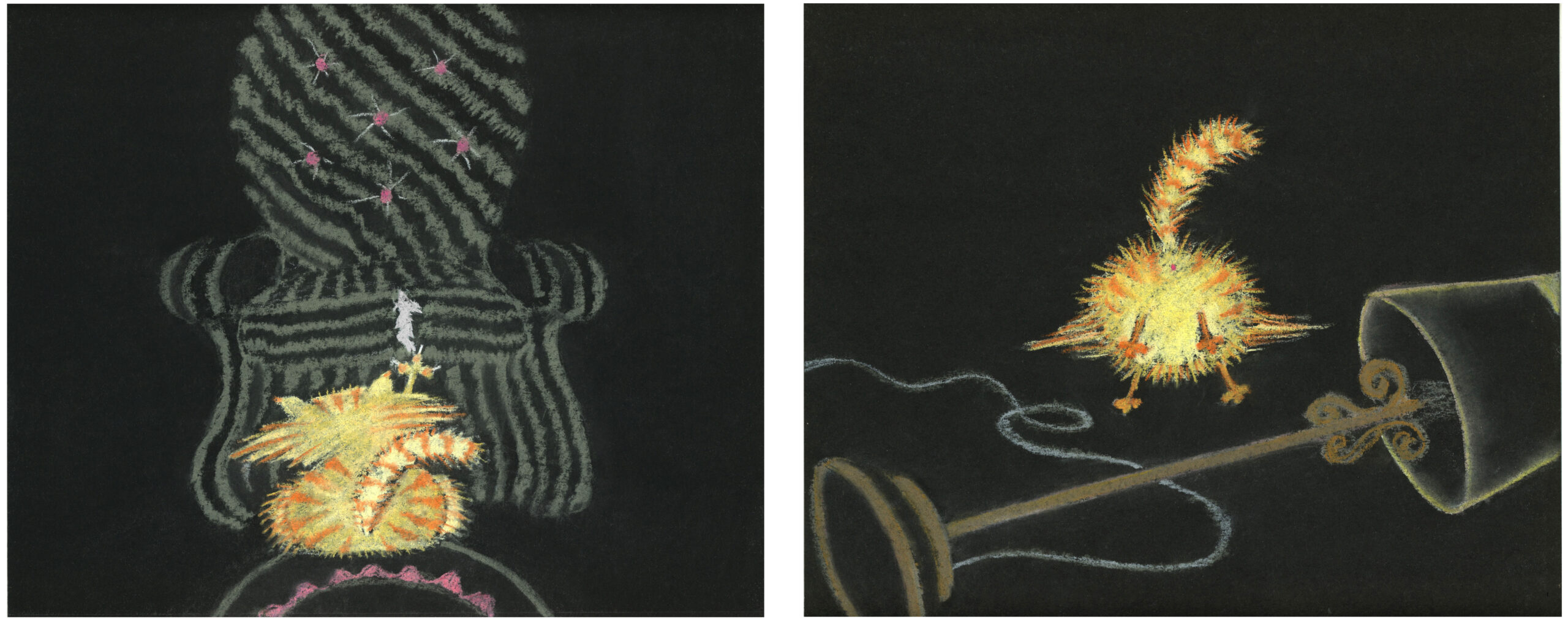
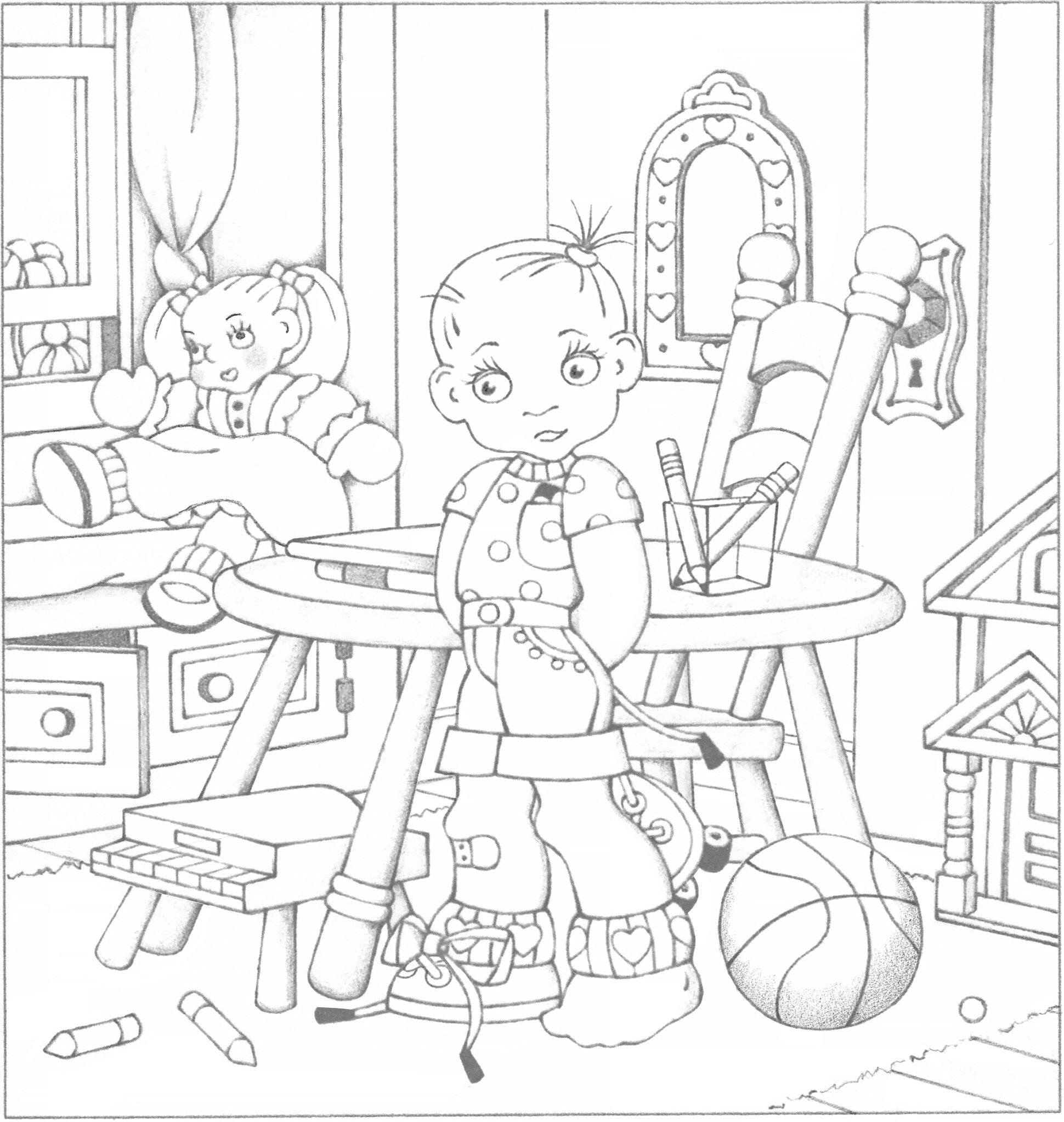
Eventually I gave up and started writing screenplays instead. I began with a teleplay for Star Trek: The Next Generation, which accepted spec scripts. In the course of the episode, the android, Data, takes it upon himself to learn all the aphorisms of the various cultures across the galaxy to become wise. While I was studying books of sayings in the reference library, I came across the following quote by Ralph Waldo Emerson: “Our chief want in life is someone to make us do what we can. Really? I thought dubiously.
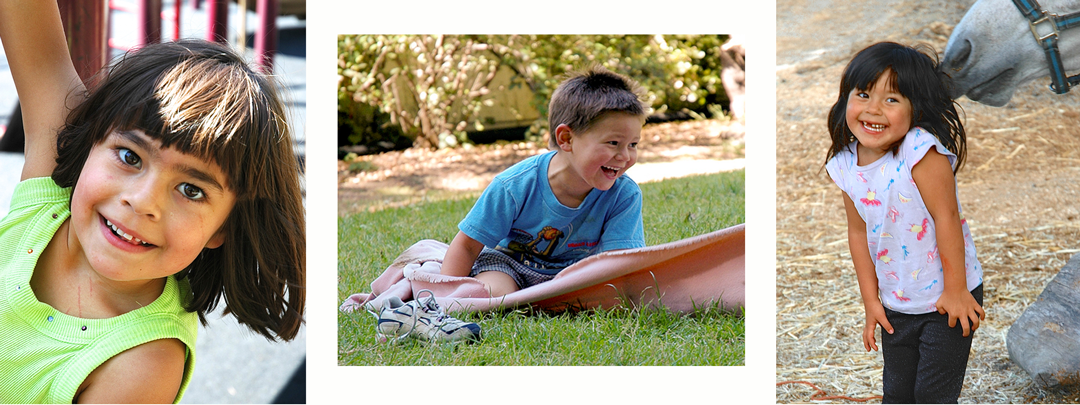

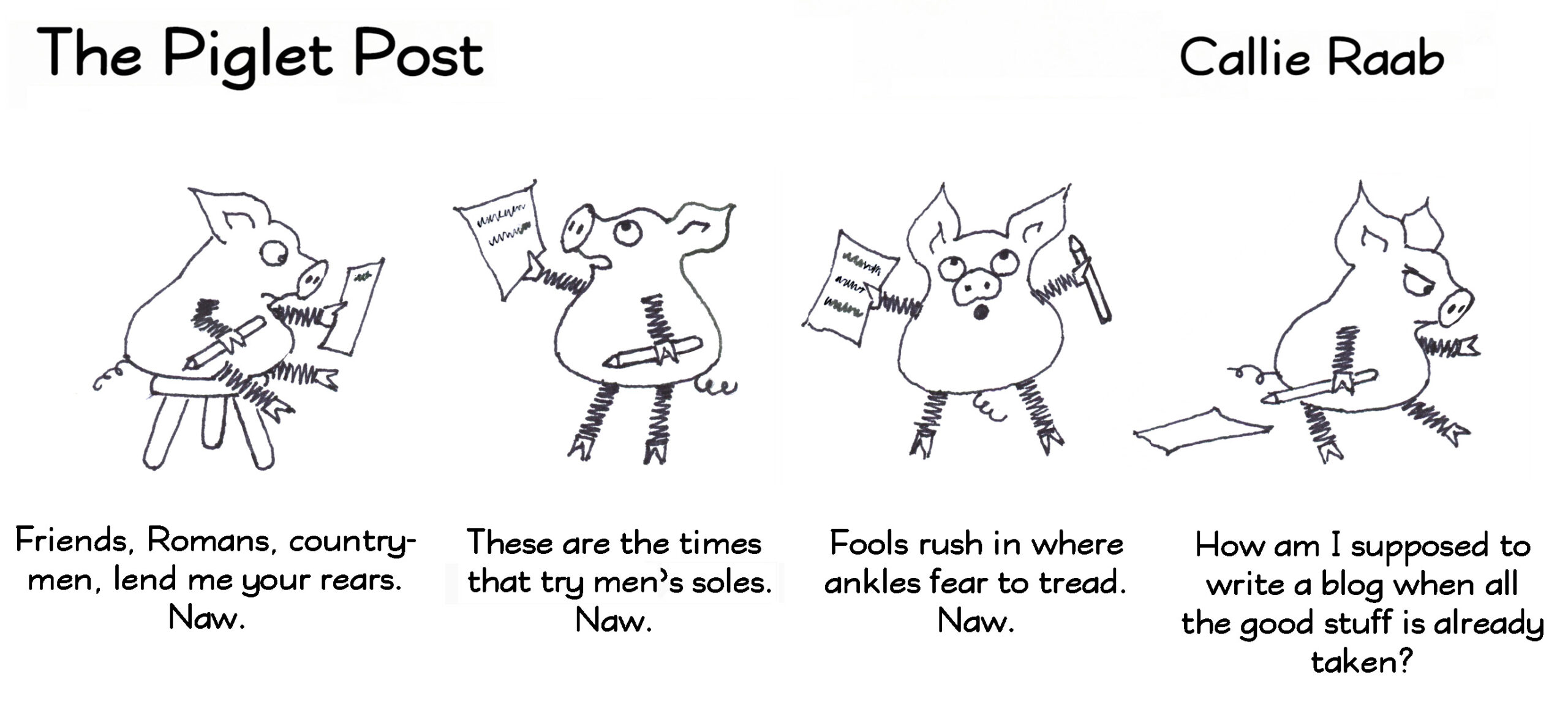

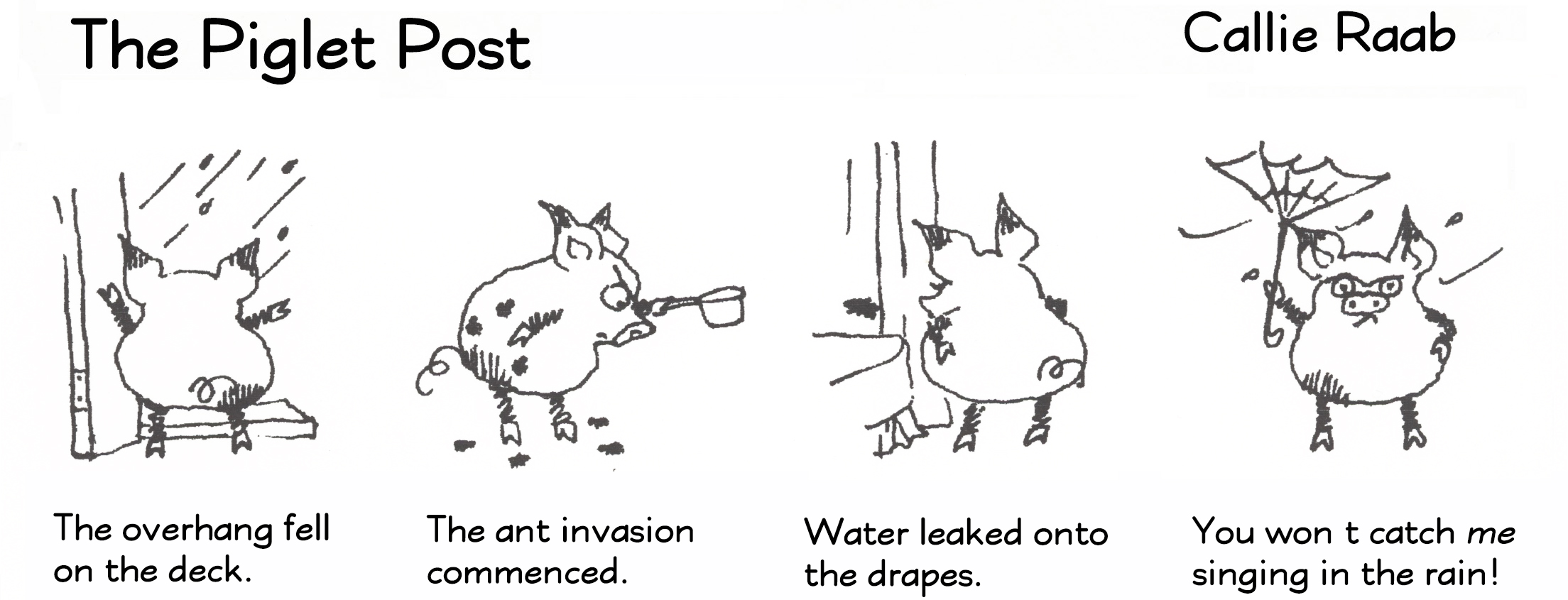

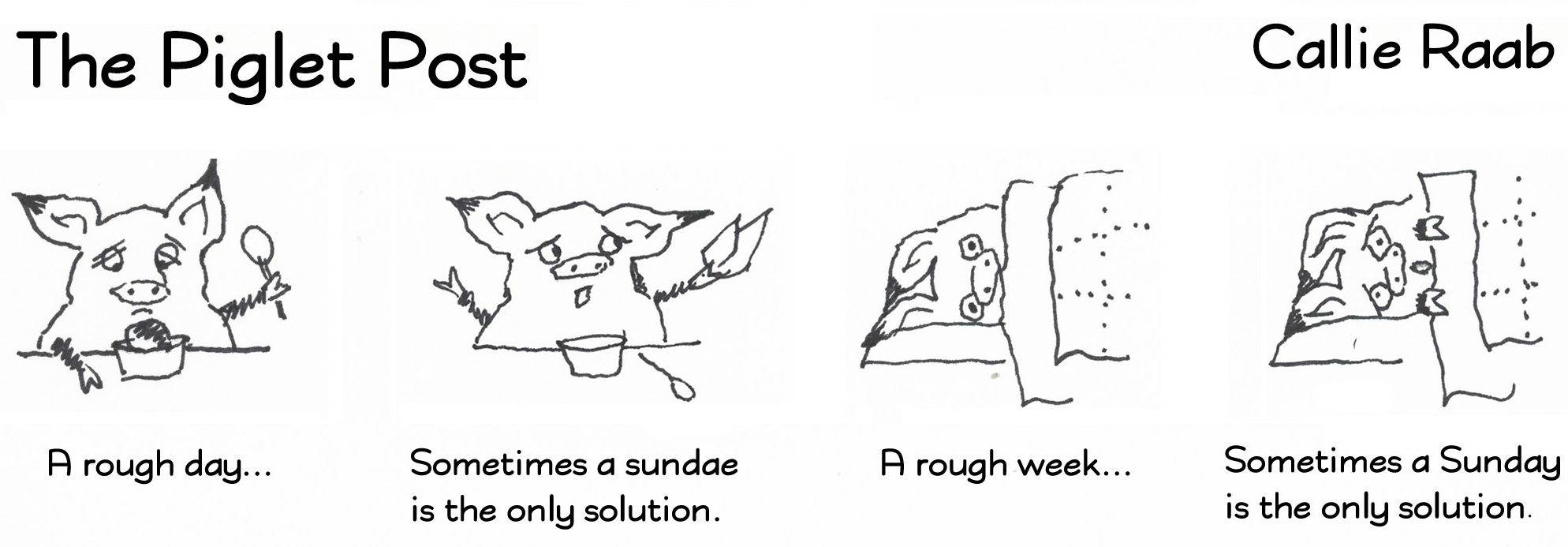



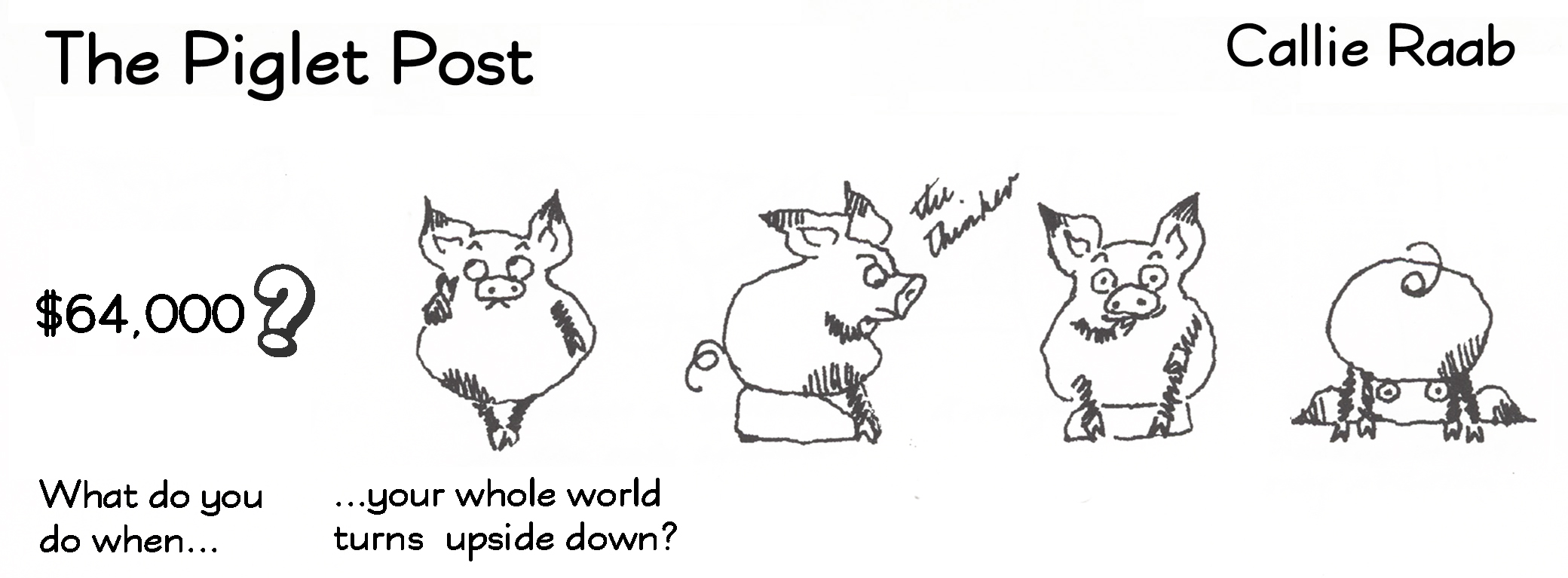
Before I’d moved to California at age thirteen, I’d decided that I would tell my new friends that my nickname was “Sunny,” though, given how things unraveled, I didn’t. When I began writing autobiographical short stories as an adult, I called my alter ego “Seely,” short for Selena (moon), though it didn’t occur to me at the time that again I was choosing for my name a source of light. What I didn’t know until years later—until I finally asked my mother—was that my first word was “light.” We were living in a Quonset hut and I’d pointed at the electric light bulb hanging from the ceiling. Extraordinary, because it has seemed to me like my life has been a journey from darkness into the light. Years ago I drew a sun face with a shadow that might as well have been a self-portrait.
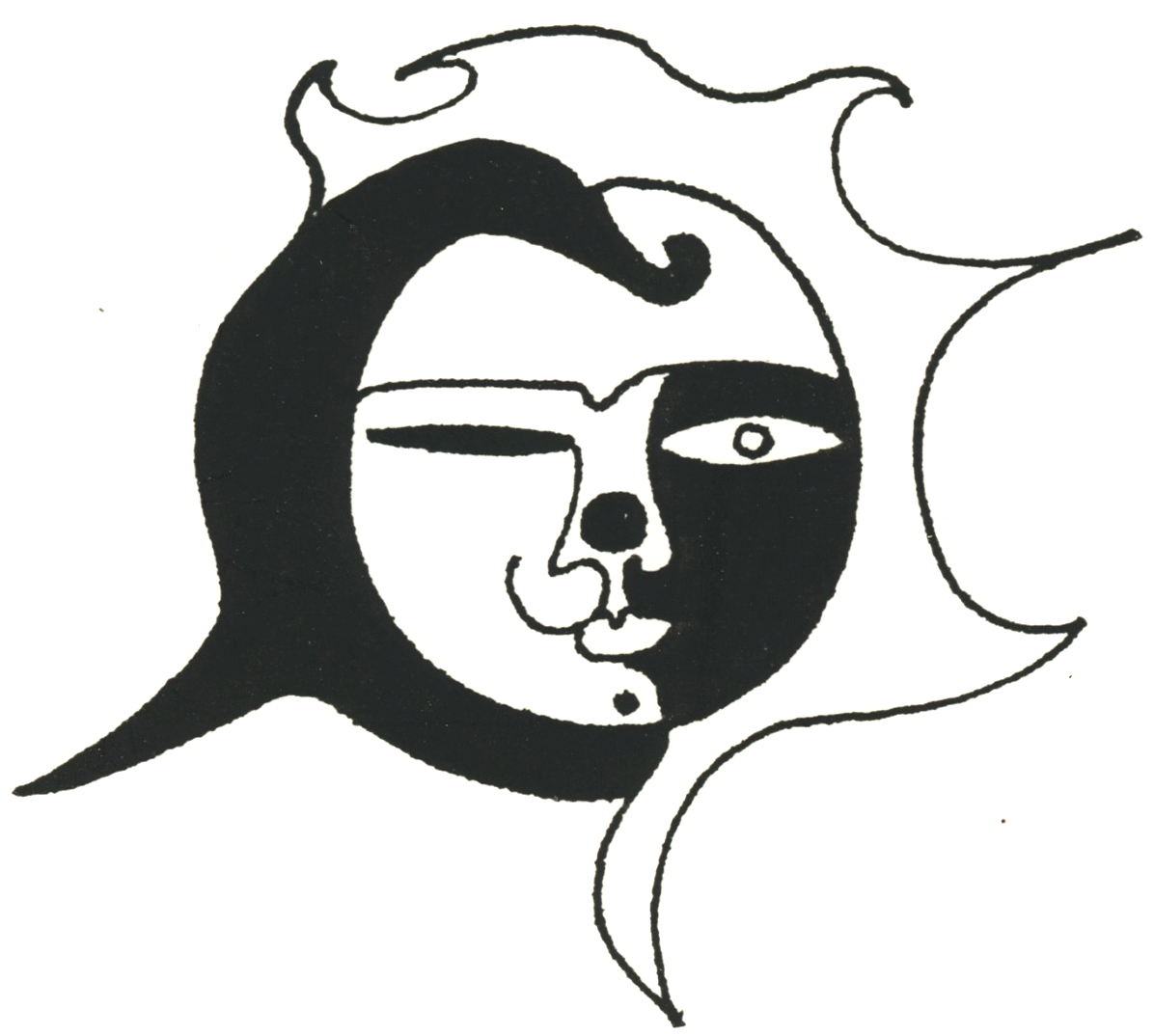

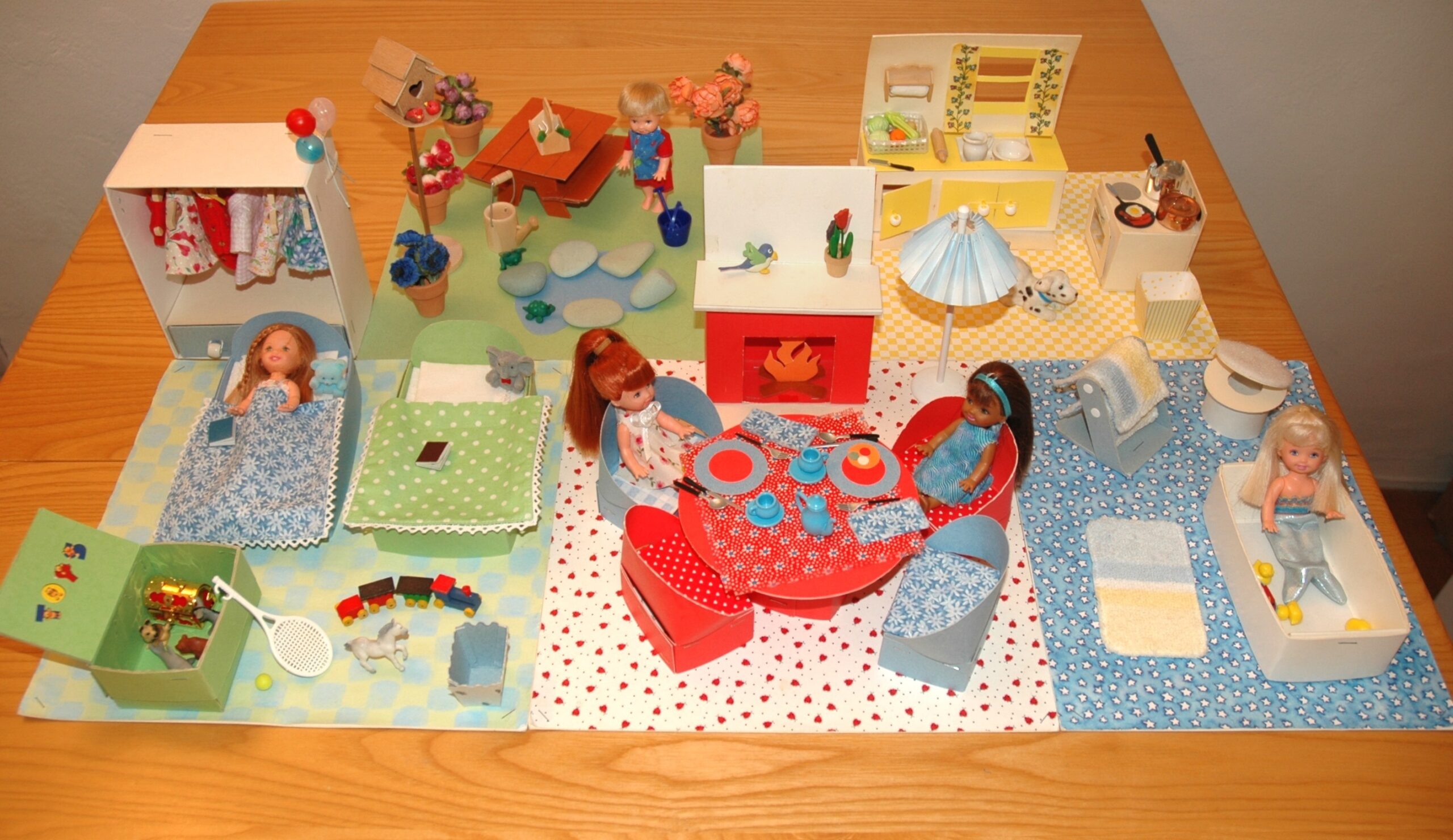
I also made a special holiday living room with mini electric Christmas tree lights that I found at Ace Hardware as part of their electric train display.


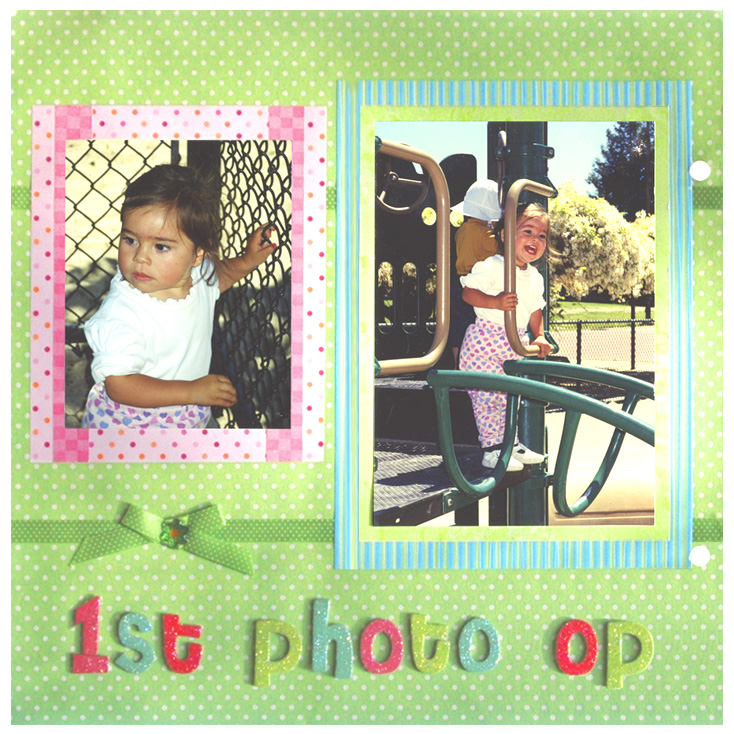
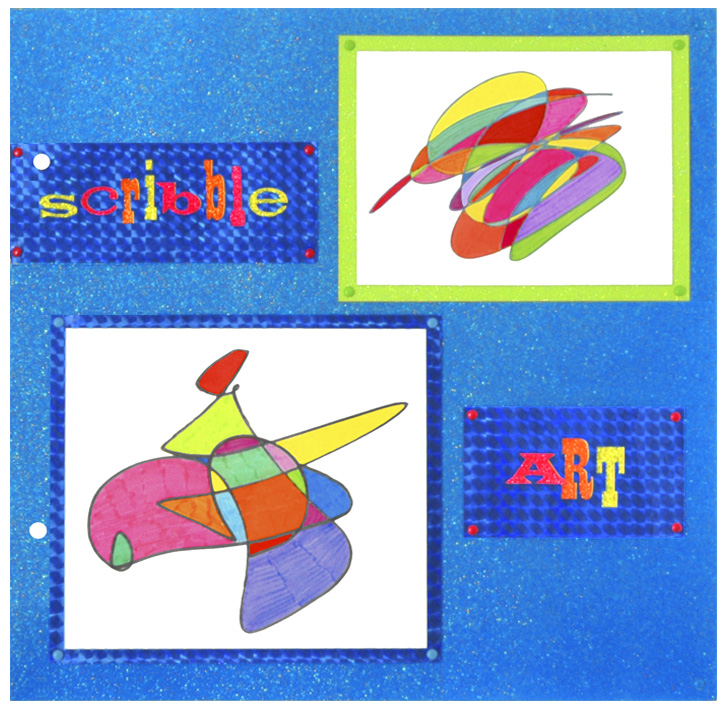
From the time she was a toddler, Arielle demanded that I tell her stories, which gave me the confidence when she was in second grade to write her a series of fairy tales— since she loved them especially—to help her learn to read. First I would create a list of words that contained a common letter pattern in English, like ea, ai, or tion, put each one in a sentence, then weave the sentences together into a narrative.
Years later I would self-publish these stories in a two-volume collection I call The Poof! Academy because ten of the tales are about a school for little witches, who are forever up to magical mischief.

My first proof arrived just before my birthday, the best present ever!
I then followed up with a novel about the little witches: The Improbable Journey of the Poof! Academy. When their schoolhouse takes flight, the little witches assume it’s because they’ve botched yet another spell, little imagining that in distant magical realms there are unseen powers at work, drawing them into a harrowing mystery of far-reaching consequence.
I designed all three books myself—covers and interiors.

I created Celtic-ish trees of life to head the first page of each story in the two fairy tale volumes and a heart for the chapters of the novel. My Poof! Academy series is available on Amazon.


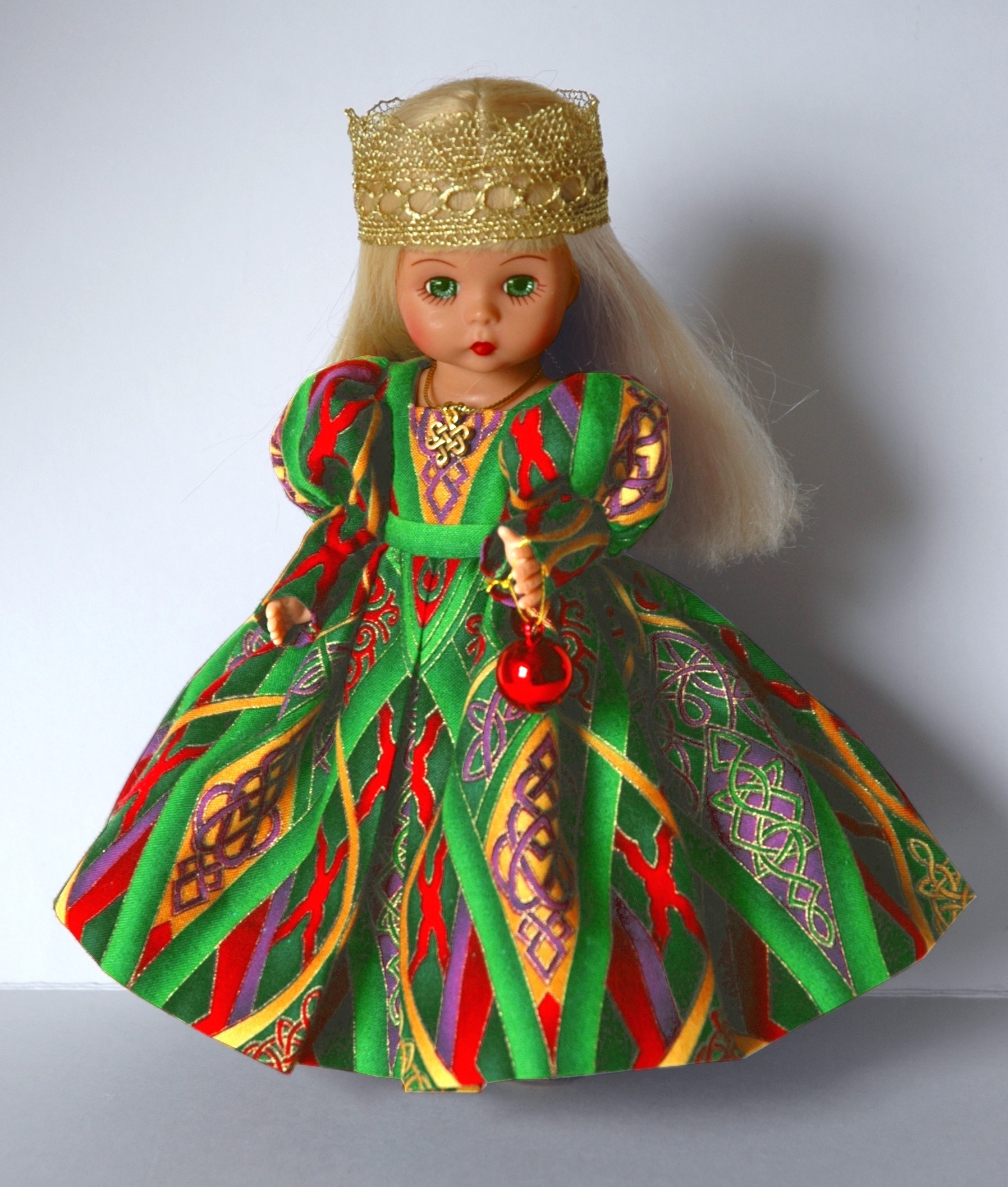
When Michael was in second grade, he was diagnosed with dyslexia. So I began taking him to sessions with a special ed tutor and applying what I was learning to create an early reader for him too—the Adventures of Jix, about a heroic little monster in a world of fantastical creatures (44 of which I drew, my jumping-off point being my song “Funanimals” and the CD cover I’d designed).
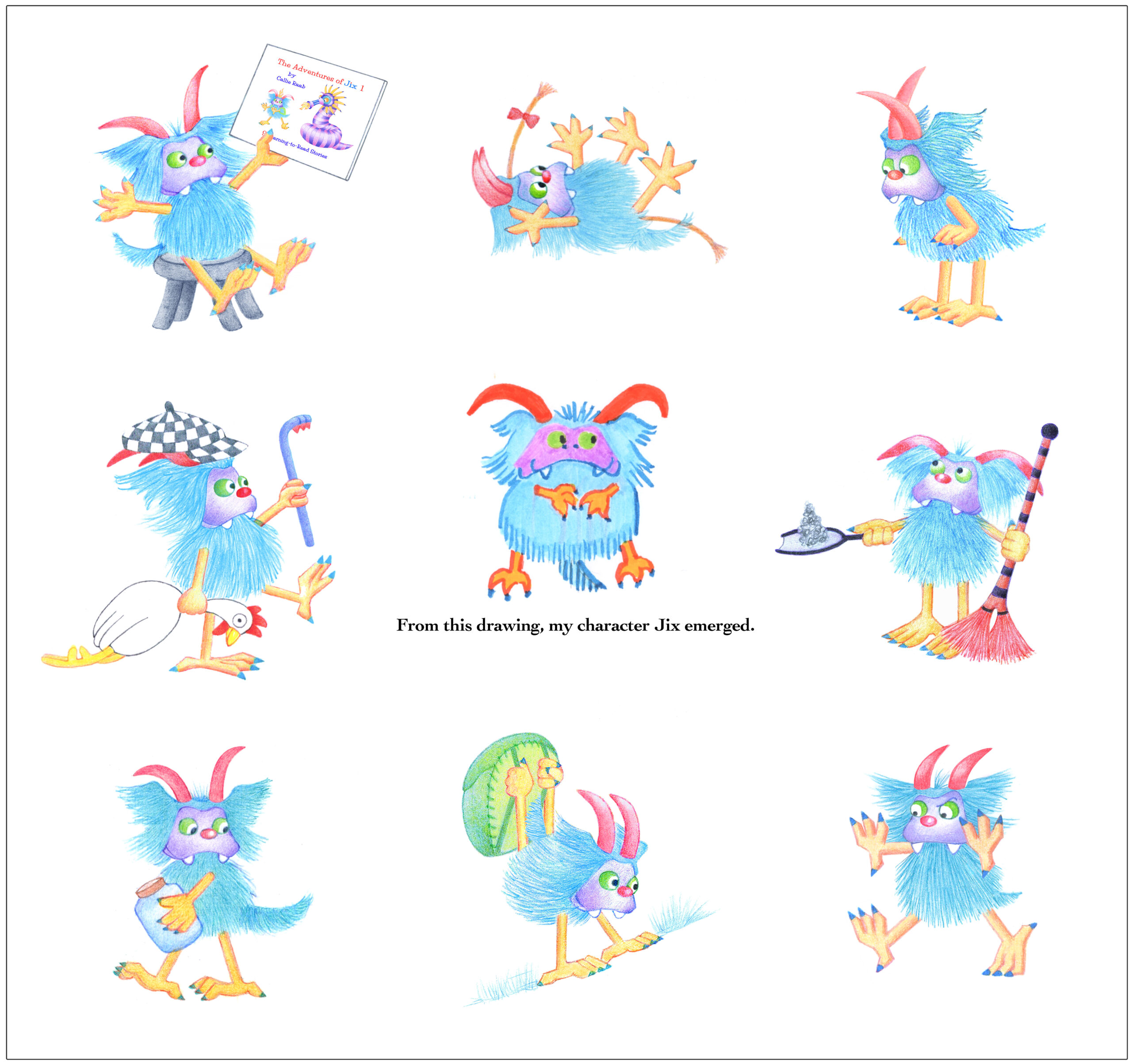
Jix has two best friends: Pog…
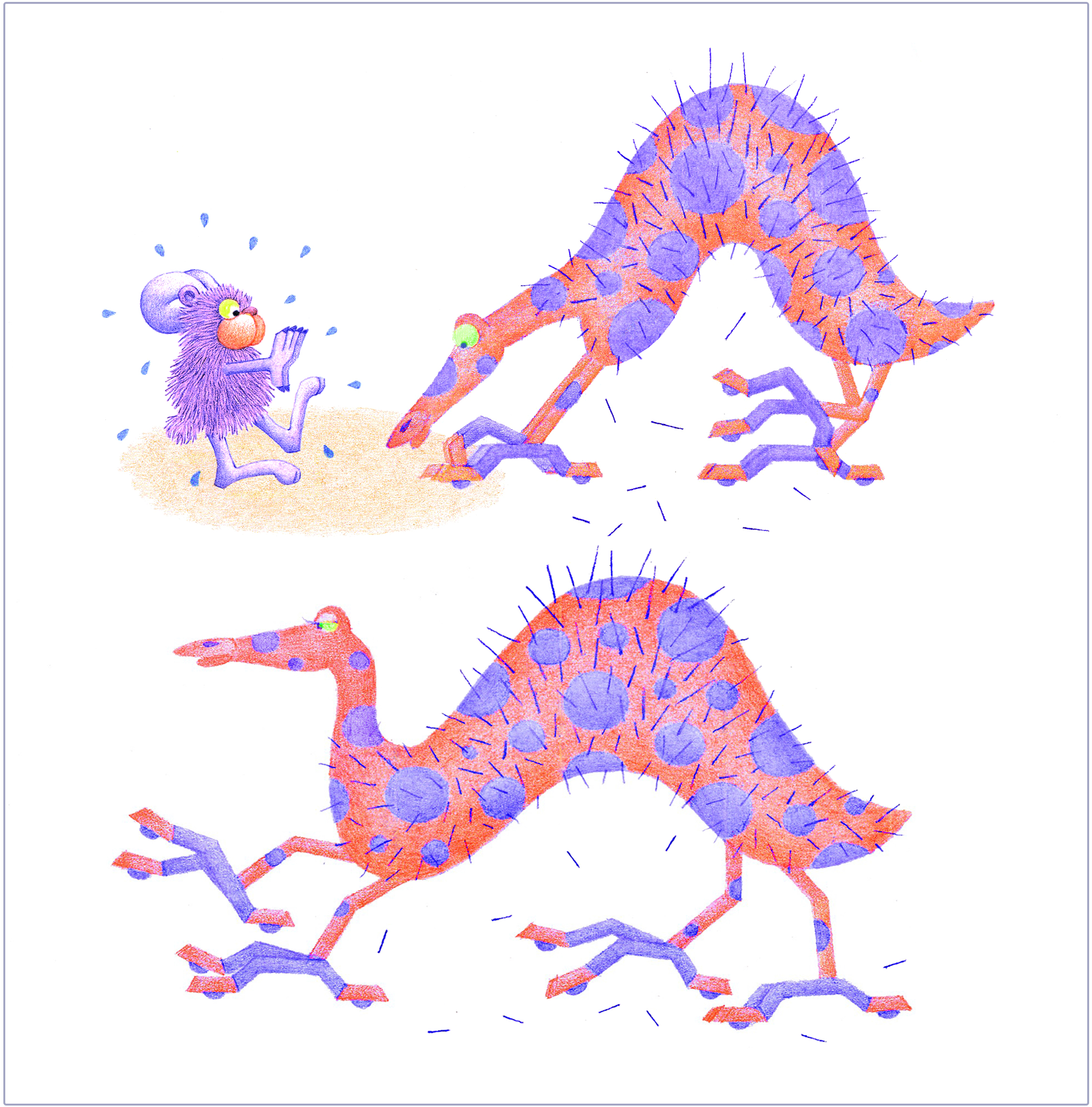
…and Zazzy.
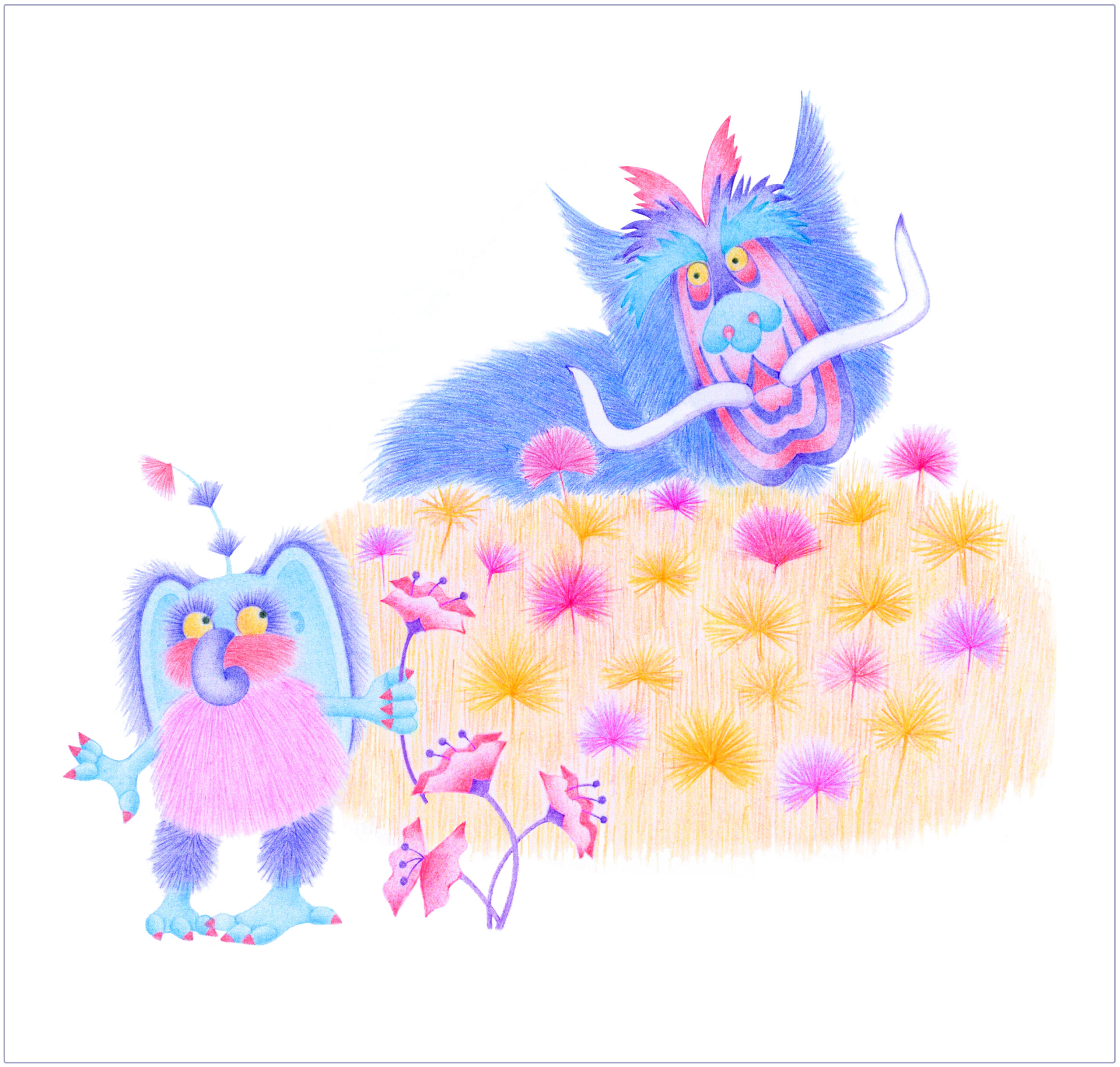
For publication I divided the 35 stories into four volumes available on Amazon.
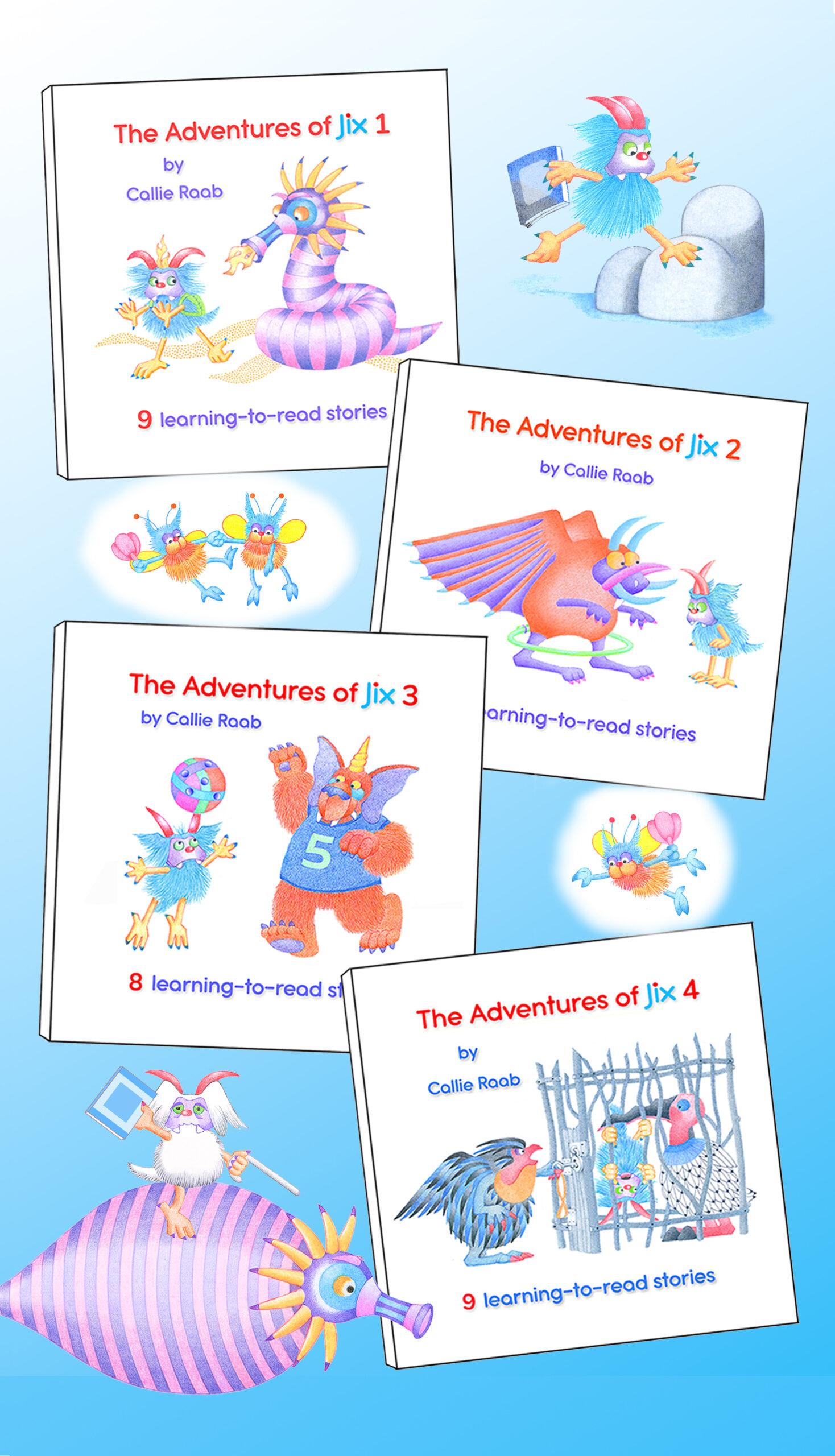
Over the years I did lots of arts and crafts projects with my godkids. In the run-up to Christmas, I used to scour the craft stores for things they could decorate to make ornaments—wood or glass or ceramic shapes of stars, Christmas trees, wreathes, etc., that they could enhance with glitter and gems. I also bought white pillar candles that we decked out with sequins and ribbon. Below are a few of my own designs.
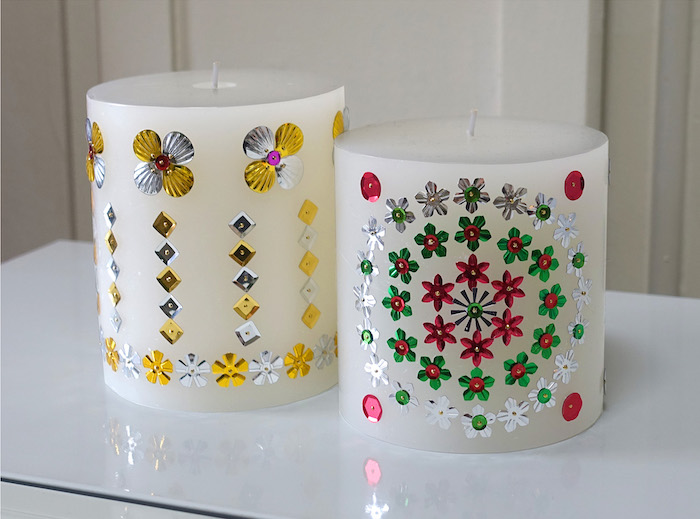
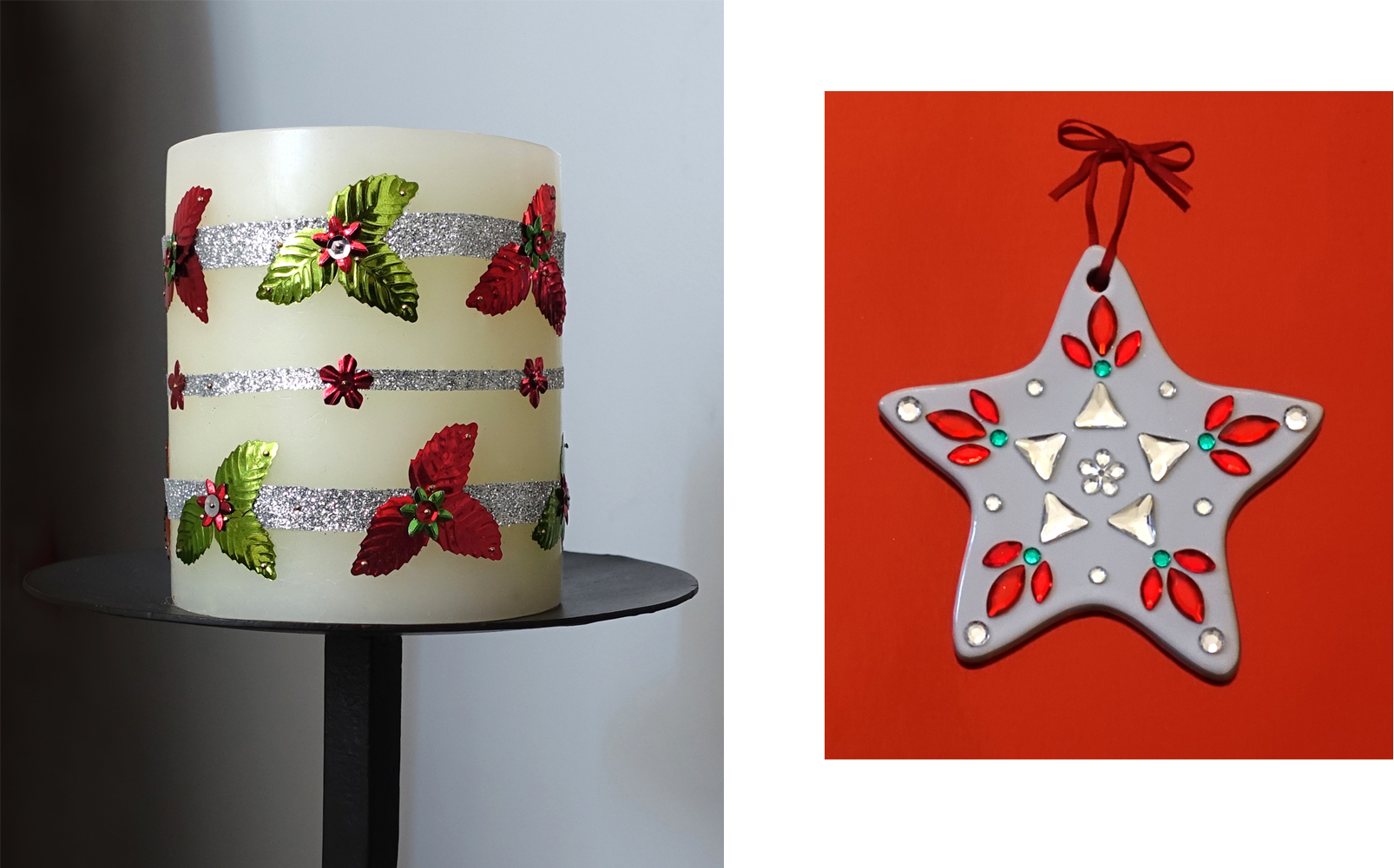
Years ago I created a private bower on my little balcony deck, enclosing it with flowering vines on trellises and filling it with blooms in redwood planters and ceramic pots. In one corner there even stood a wisteria “tree” a little taller than I was.

When the city decreed that my little deck had to come down because the wood was rotting—ending my garden—I started taking pictures of my neighbors’ flowers, so I would always have their colors brightening my life. I’ve included over seventy of my flower photos in my montage “Just Flowers” on my blog page.

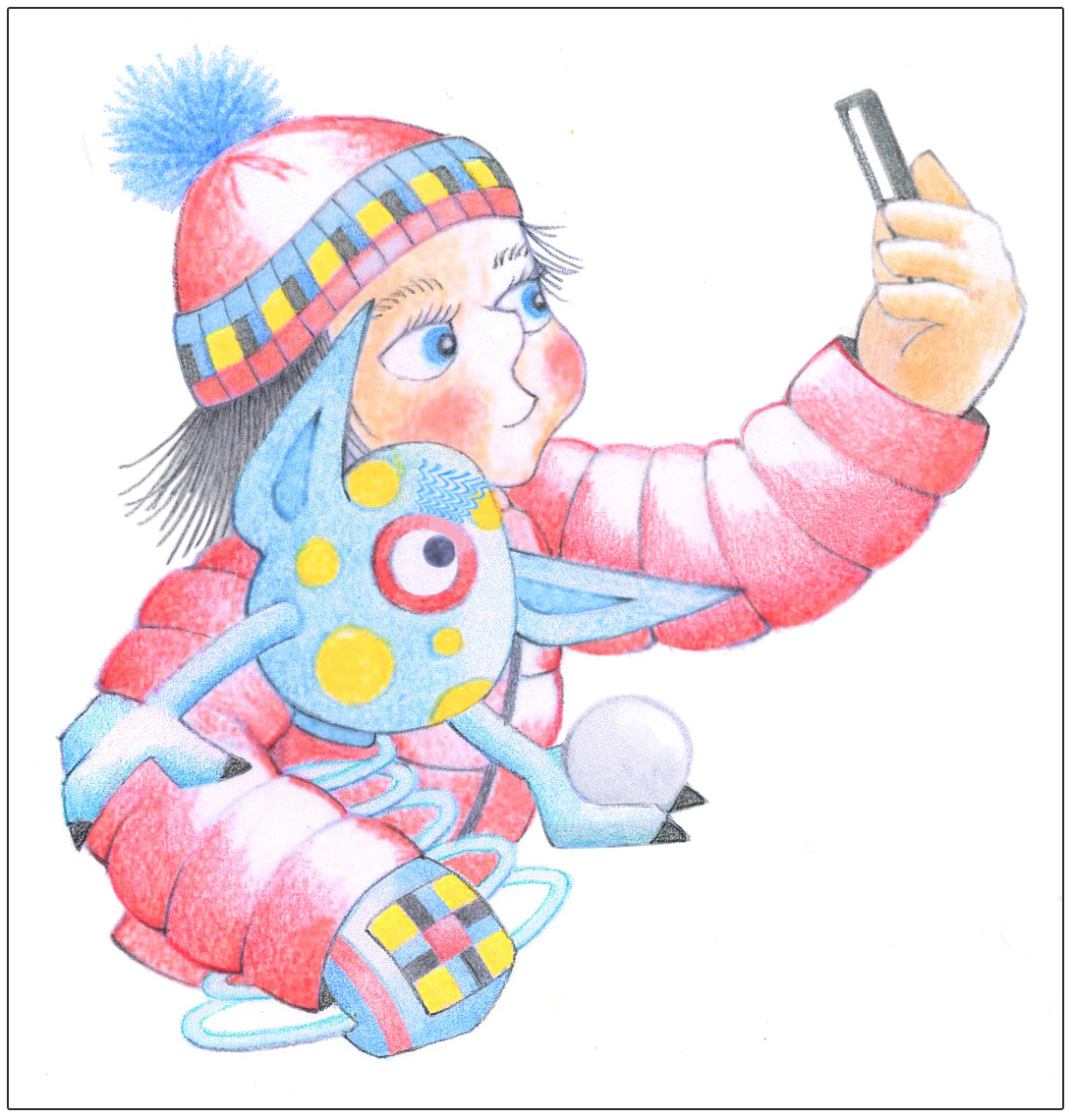
Intrigued, I immediately wanted to see if I could do something similar, although I wasn’t going to limit myself to quite so few words; that had already been done. And so I came to write “The Oddest Egg Ever”—in rhyme—about a little girl who finds a strange egg that she imagines will turn into a strange bird but that turns into something…else.
You can read this and nine of my other yet-to-be-published stories in the Children’s Stories category on my blog.
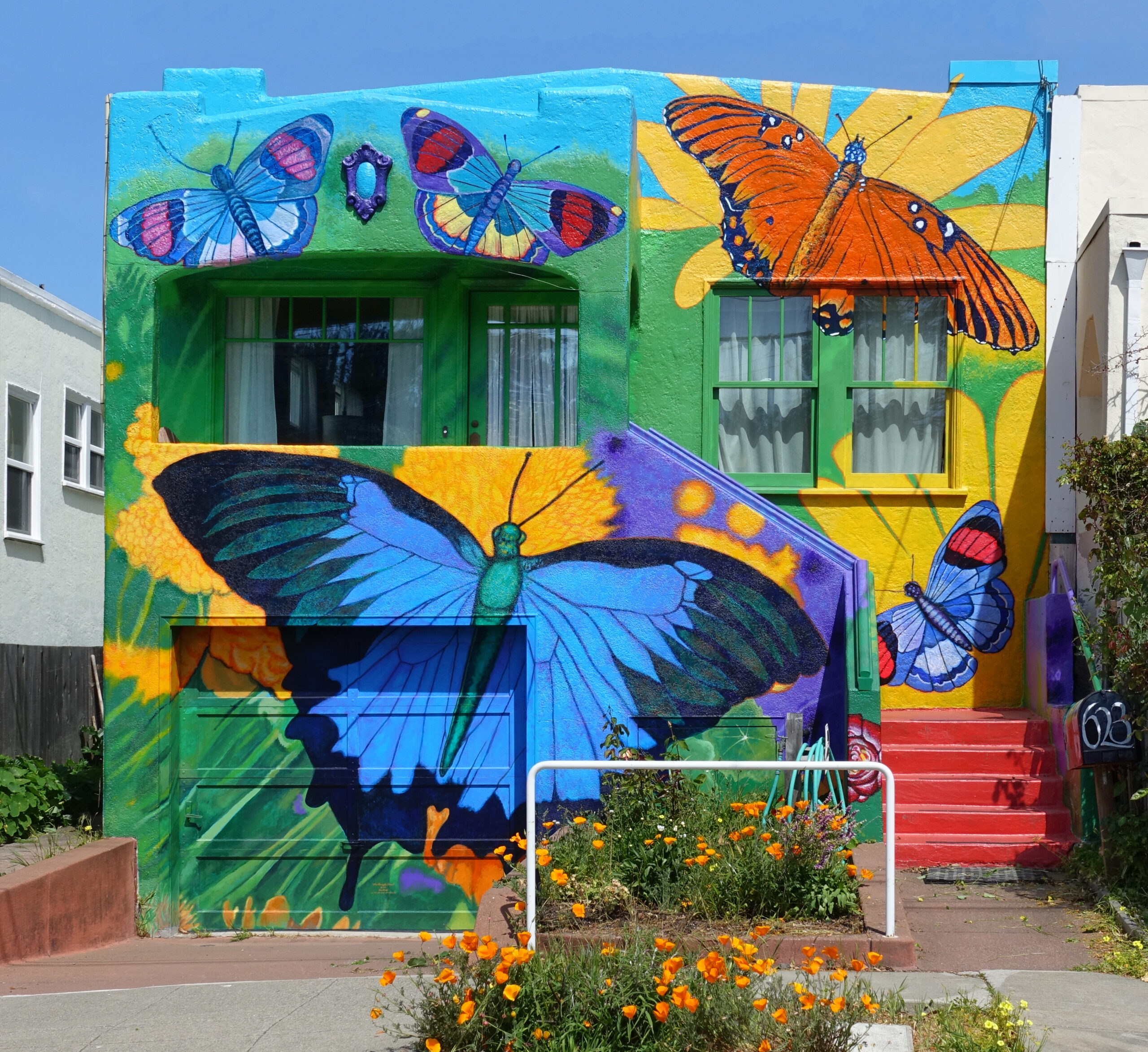
To date, I’ve taken seventy-odd photos that readers can view in my Berkeley/Albany Houses category on my blog.

